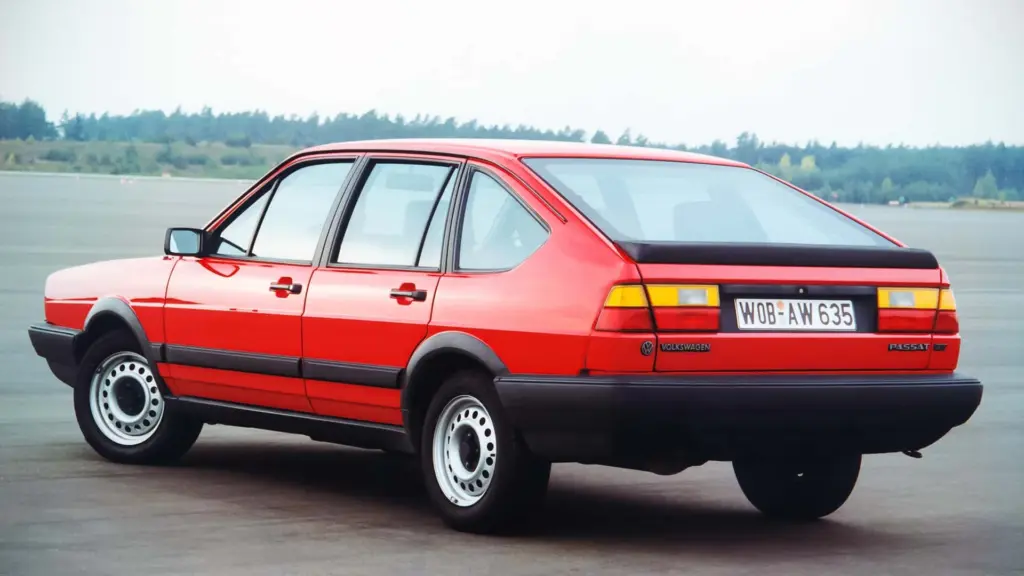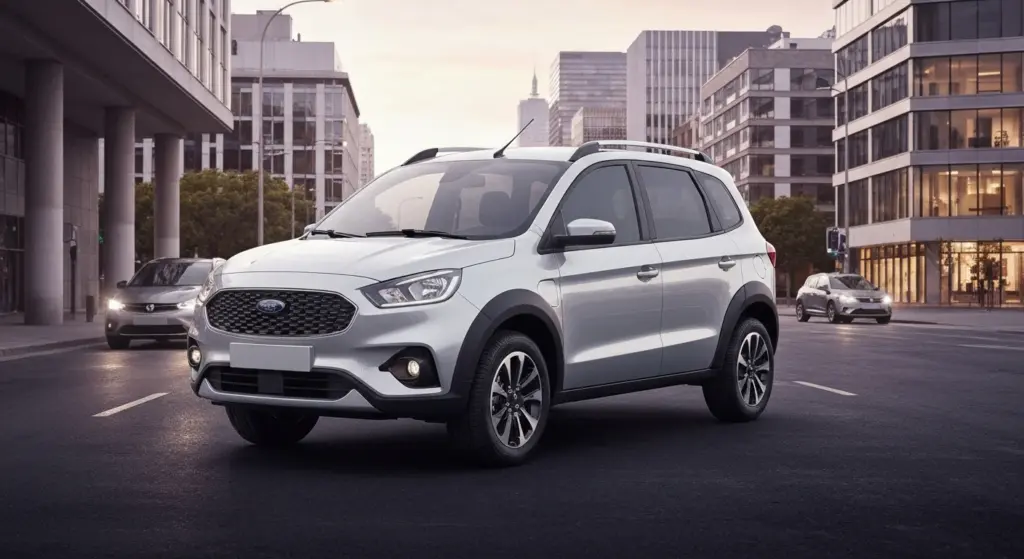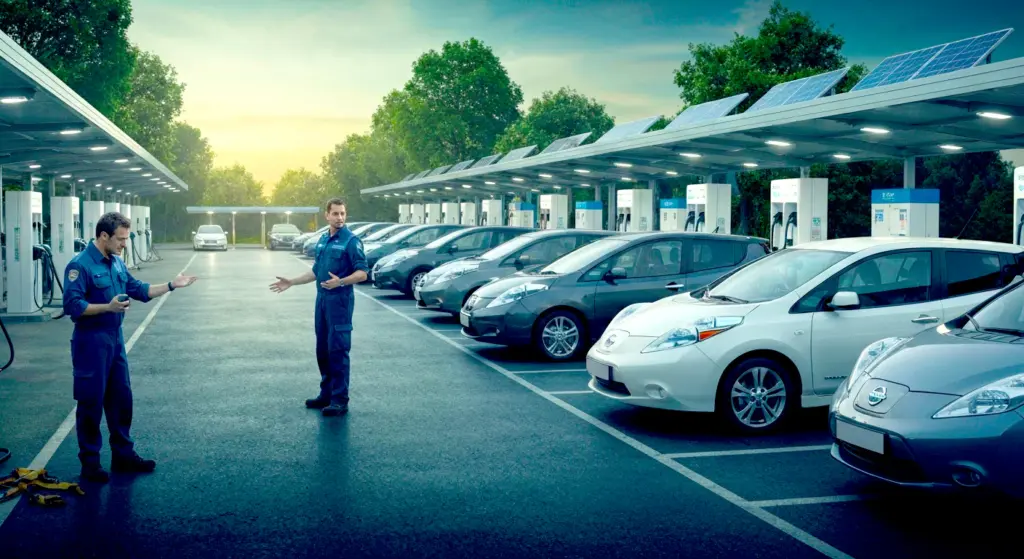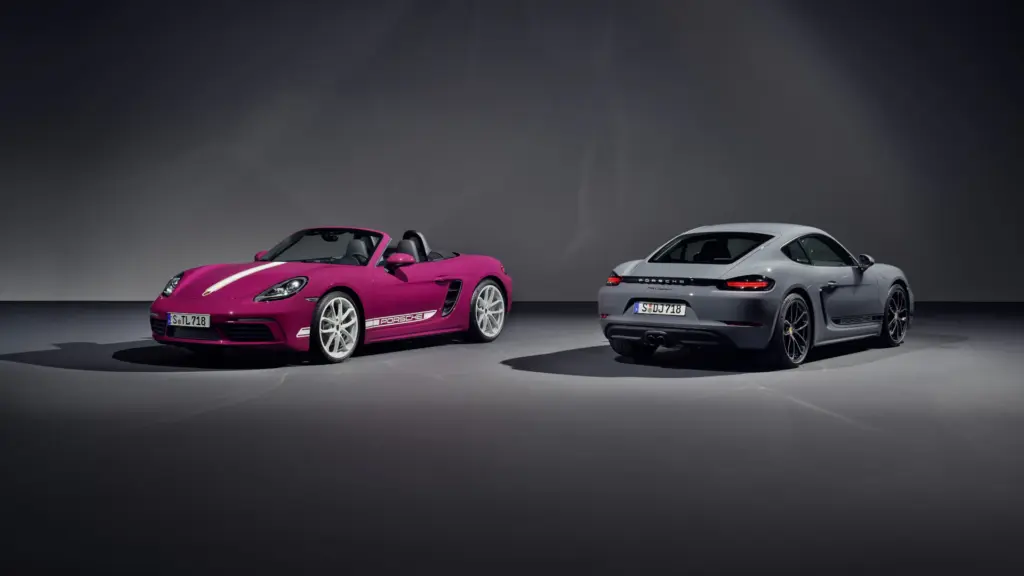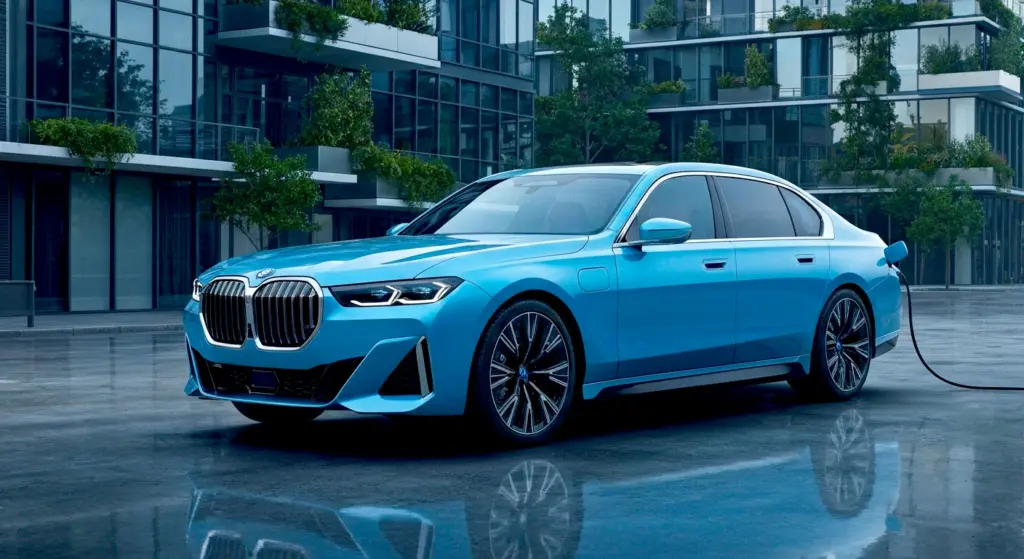The Subaru Forester has always been that reliable friend for adventures and family routines, known for its generous space and all-wheel drive. Now, with the 2025 Hybrid version arriving, the promise is of greater efficiency. But the burning question remains: where did all the electrical components go, and more importantly, did they steal valuable space?
Let’s dive in, no holds barred and with a pinch of good humor, to see how hybrid magic has impacted the cargo capacity and interior comfort of the new Forester. Grab your measuring tape (or just keep reading!).
Hybrid Integration: Roomy for Passengers, Less so for Cargo
Subaru worked its engineering magic to fit the hybrid system. The good news? Passengers will barely notice a difference. The electrical components, including the battery, have been strategically placed under the cargo floor.
This means that leg, shoulder, and headroom continue to be a strong point of the Forester. The comfort that’s a hallmark of this model seems to be preserved for those traveling inside the cabin. That typical squeeze some hybrids have appears to have been avoided here—what a relief!
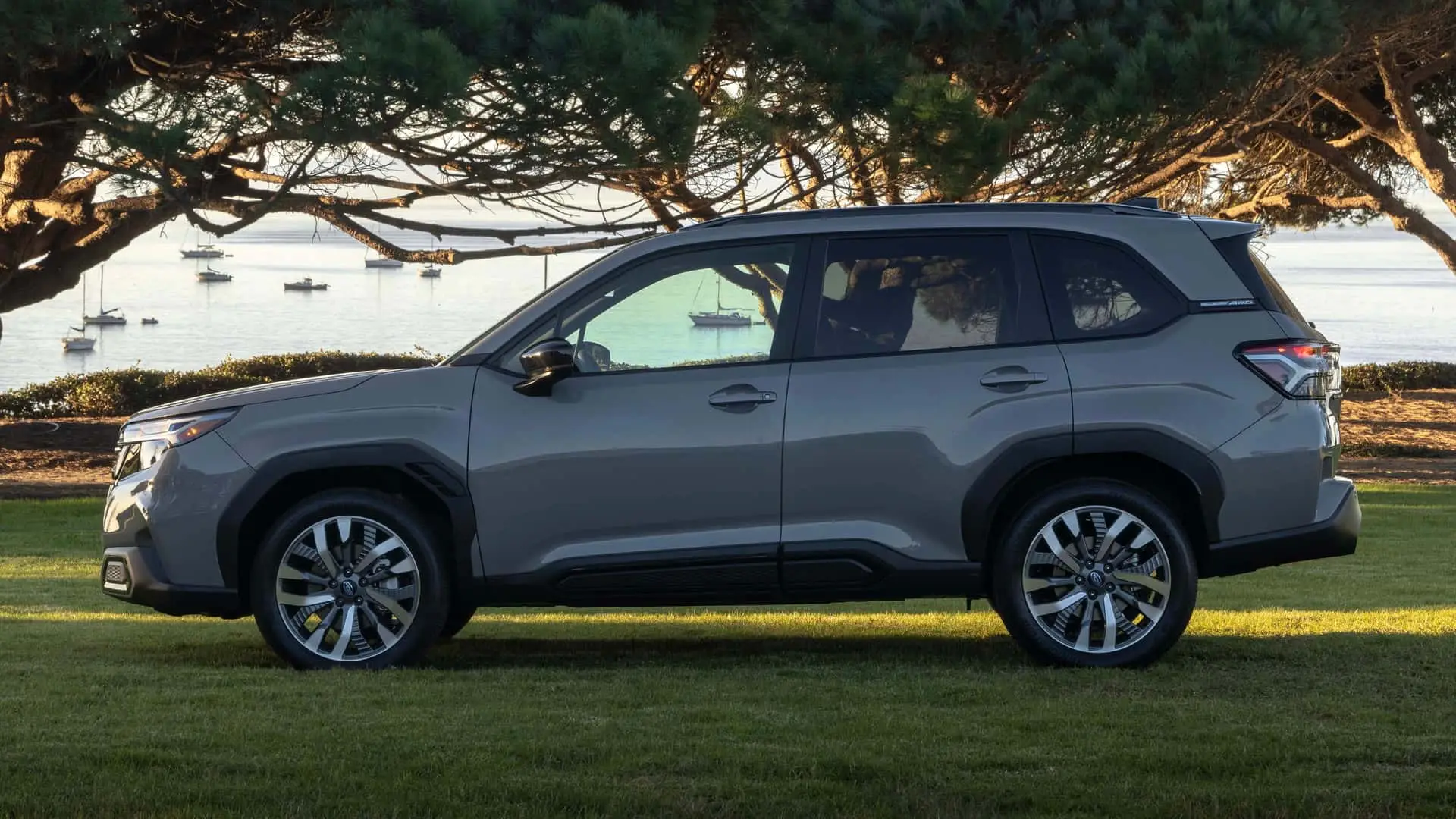
Key Interior Dimensions (Approx.)
- Passenger Volume: ~106.6 cubic feet
- Front Headroom: ~40 inches
- Rear Headroom: ~37.7 inches
- Configuration: 5 seats
The Achilles’ Heel: Trunk Space Shrunk a Bit
This is where the story takes a turn. To accommodate the battery under the floor, part of the trunk space had to be sacrificed. The 2025 Hybrid version offers about 27.5 cubic feet of space behind the second row of seats.
Compared to the 29.6 cubic feet of the non-hybrid Forester, there’s a reduction of approximately 1.9 cubic feet. It may seem minor on paper, but for those who often find themselves with a full trunk (who hasn’t?), it can make a difference when trying to fit that last bag or weekly groceries.
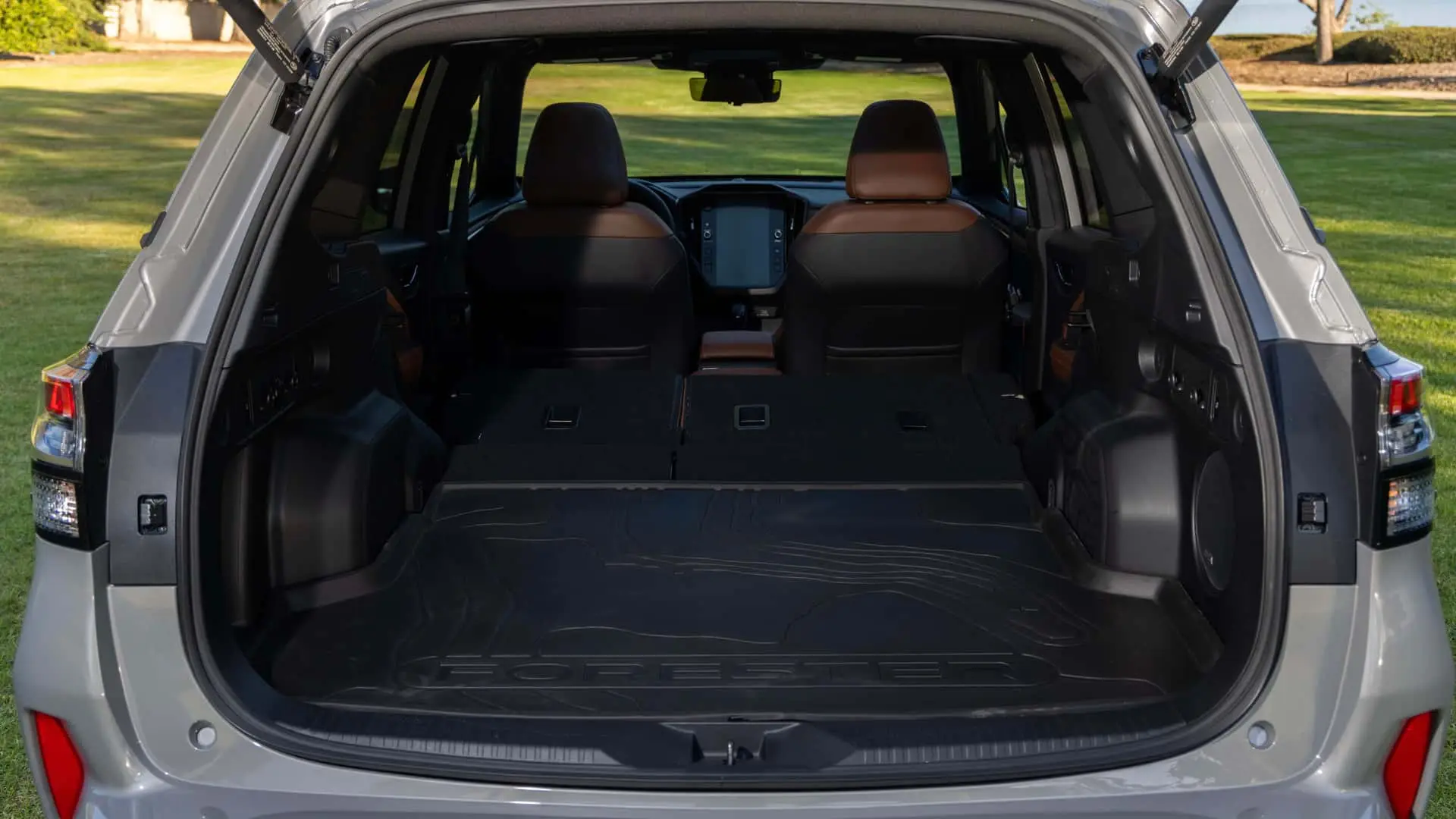
With the rear seats folded down, the maximum capacity might also be slightly affected, especially in versions with a panoramic sunroof, which already “steals” a bit of vertical space. The magic number of 69.1 cubic feet (with sunroof) is mentioned, but the exact number for the hybrid with the seats folded still awaits official confirmation and may be slightly less than the 74.4 cubic feet of the base model without a sunroof.
Versatility Test: Drama or Detail in Daily Life?
Let’s be honest: is losing 1.9 cubic feet space the end of the world? For most families and daily use, probably not. The Forester’s “boxy” shape has always helped maximize the available space, even if slightly reduced.
Subaru has still included perks like a hands-free power liftgate in some versions. It doesn’t increase space, of course, but it makes loading the car significantly easier when your hands are full. A nice little tech perk!
Another point of contention is the absence of a spare tire in the hybrid version. The reasoning is to optimize space and weight, contributing to efficiency. But, let’s be real—being stranded due to a flat tire without a spare is not the kind of adventure anyone desires. Is efficiency overshadowing practicality in an emergency? It’s worth pondering (and ensuring you have a good repair kit!).
Forester Hybrid vs. Rivals: The Battle for Cargo Space
When comparing the 2025 Forester Hybrid alongside some popular rivals, the differences in trunk space become clearer. The Honda CR-V Hybrid, for example, offers a generous 34.7 cubic feet behind the second row. The Toyota RAV4 Hybrid also tends to have competitive numbers.
In this regard, the Forester Hybrid seems to lag slightly behind. However, Subaru banks on other strengths: the renowned Symmetrical All-Wheel Drive (standard) and an overall robust feel that appeals to those seeking an SUV ready for any weather or light terrain.
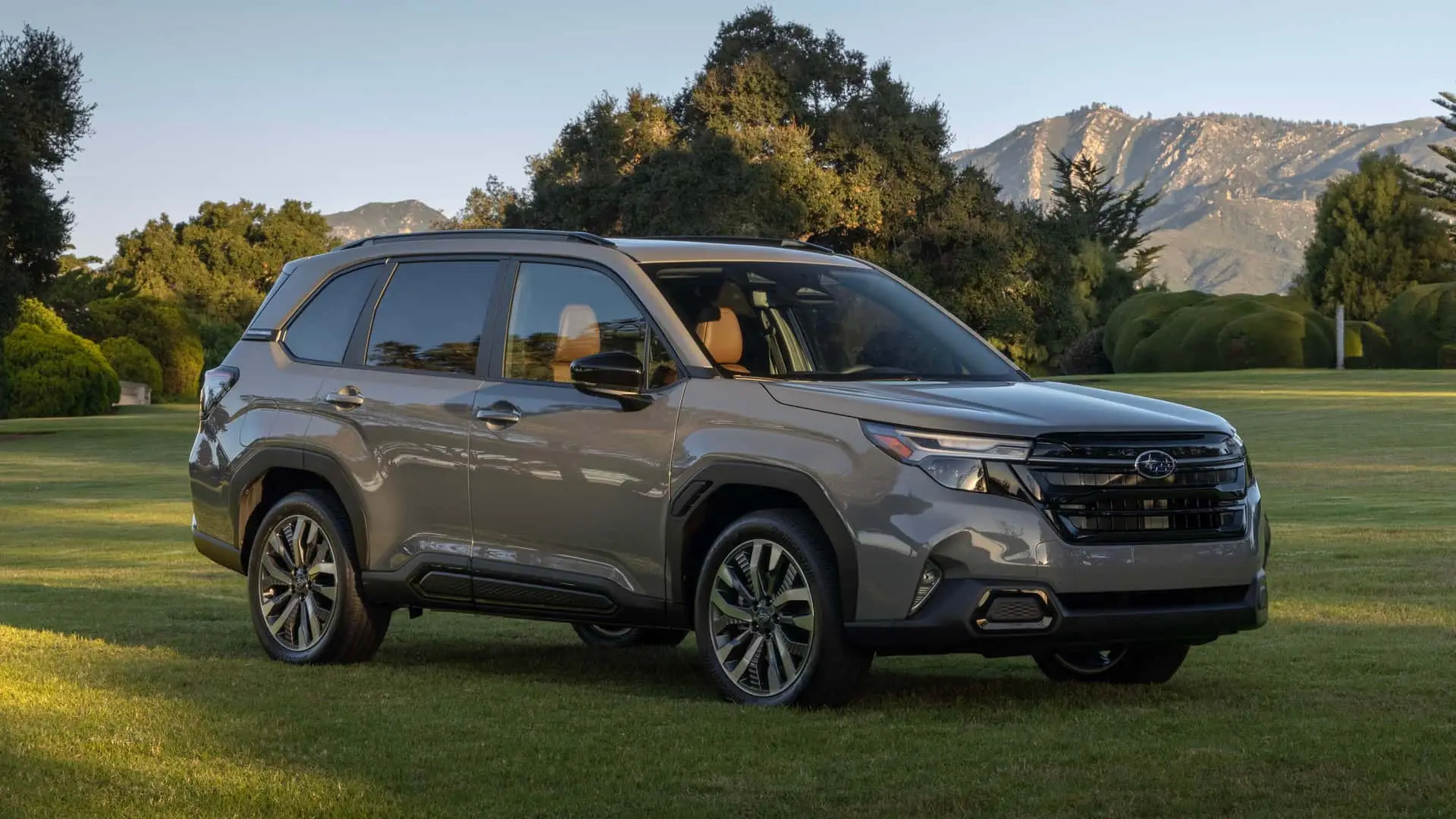
Quick Space Comparison (Approx.)
| Model | Cargo (2nd Row, cubic feet) | Passengers |
|---|---|---|
| Forester Hybrid ’25 | 27.5 | 5 |
| Forester Non-Hybrid ’25 | 29.6 | 5 |
| Honda CR-V Hybrid | 34.7 | 5 |
| Toyota RAV4 Hybrid | ~37.5 | 5 |
Frequently Asked Questions (FAQ) – The Space in the Forester Hybrid
Common Questions About Space
- Am I losing too much space in the Forester Hybrid’s trunk?
Yes, there’s a reduction of about 1.9 cubic feet behind the 2nd row compared to the non-hybrid model. The total volume is 27.5 cubic feet. - Has passenger space been affected?
Not significantly. Subaru managed to maintain comfortable internal space for 5 passengers, with good head and legroom dimensions. - Is the Forester Hybrid still good for families despite the cargo reduction?
For most daily needs and family trips, the space is still quite usable. The decision depends on how often you need the maximum trunk capacity. - Why is there no spare tire?
To save weight and space, optimizing the efficiency of the hybrid system. It’s a trend in many hybrids and electric vehicles but requires driver attention. - How does the Forester Hybrid compare to other hybrid SUVs in terms of space?
It offers slightly less cargo space than some direct competitors like the Honda CR-V Hybrid and Toyota RAV4 Hybrid but makes up for it with standard all-wheel drive and robustness.
What do you think? Is the slight reduction in trunk space of the 2025 Subaru Forester Hybrid a dealbreaker for you, or does the efficiency and maintenance of internal comfort take precedence? Share your thoughts below! We want to know your opinion on this balance between green technology and practicality.
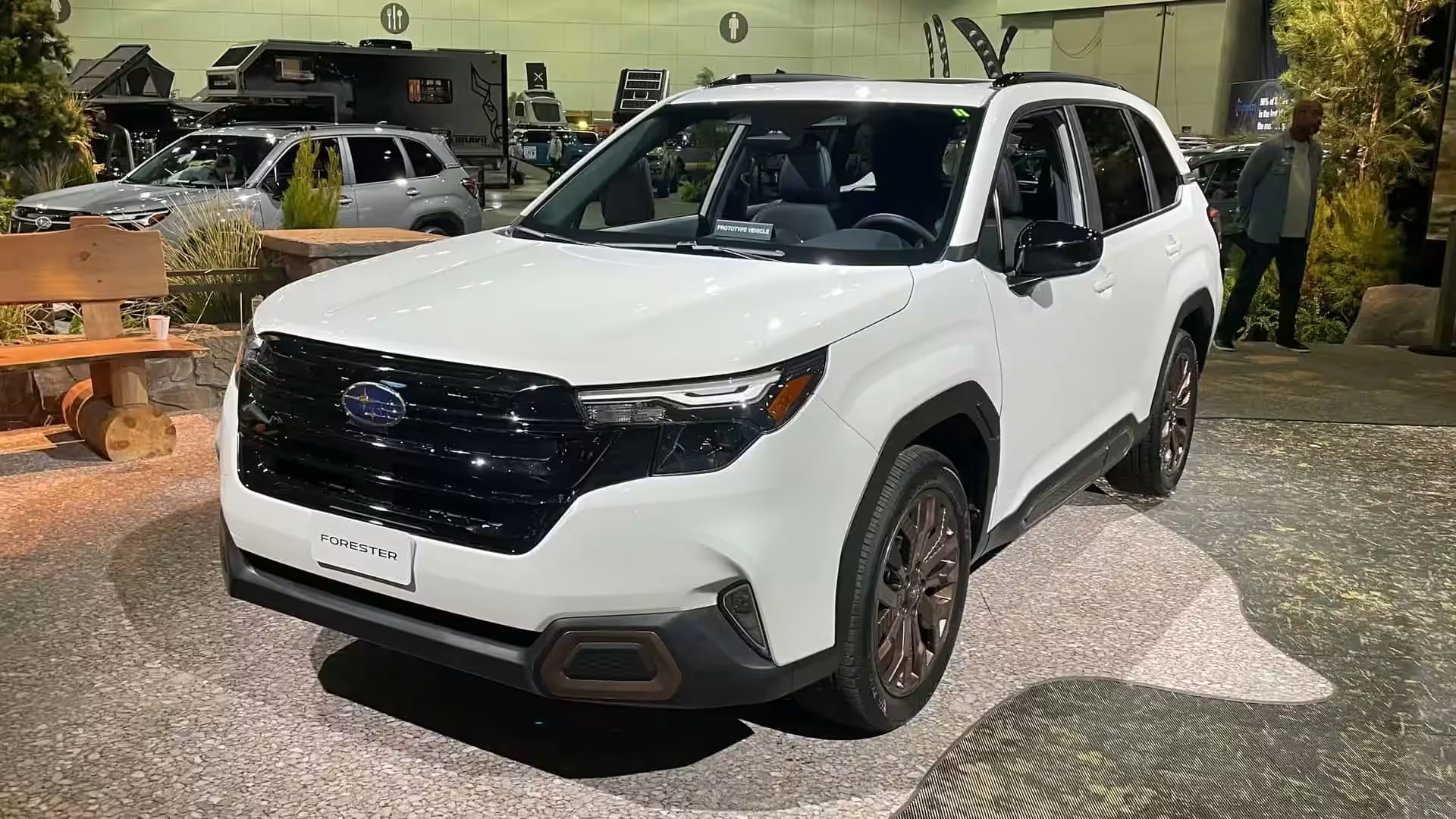
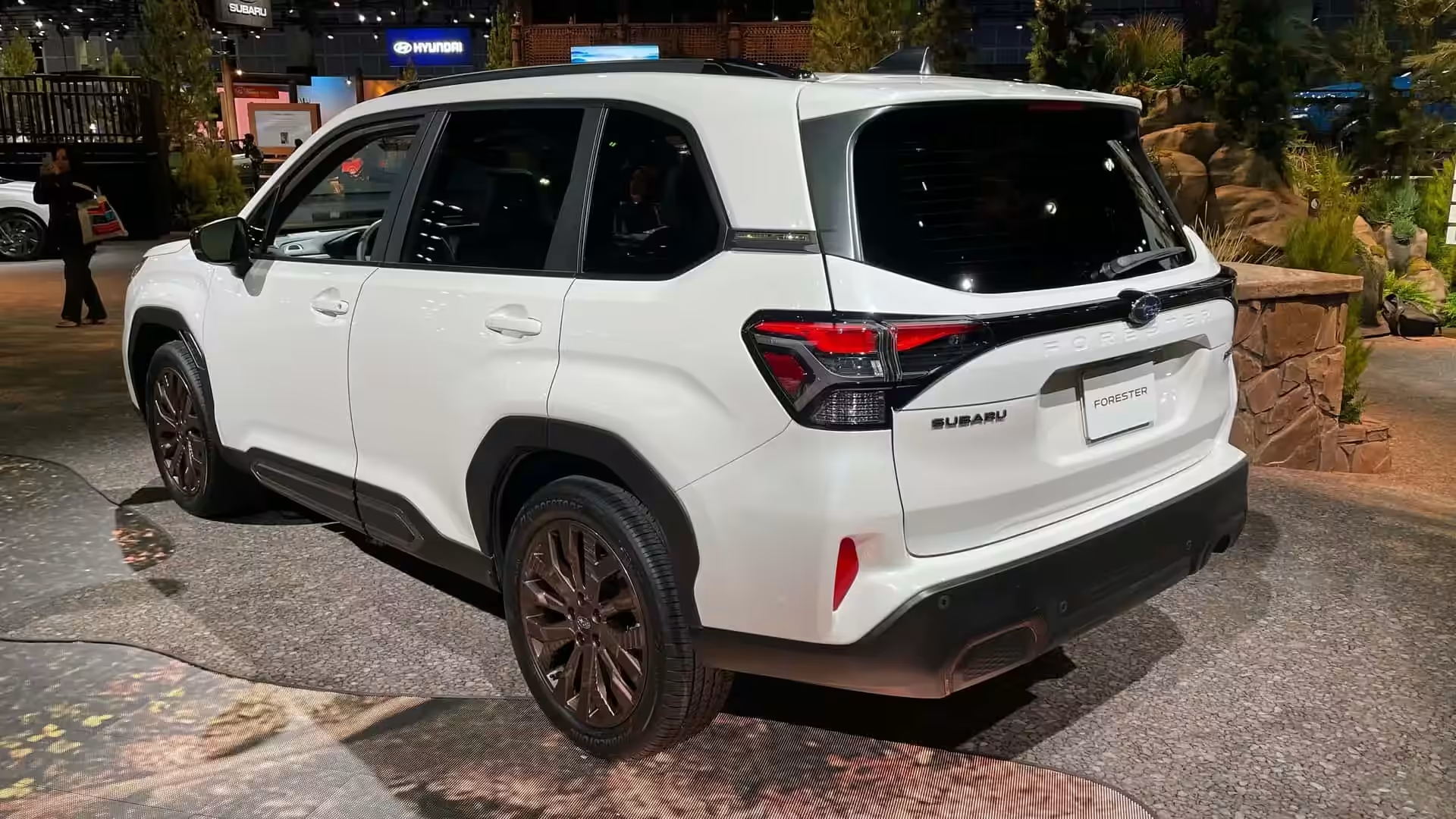
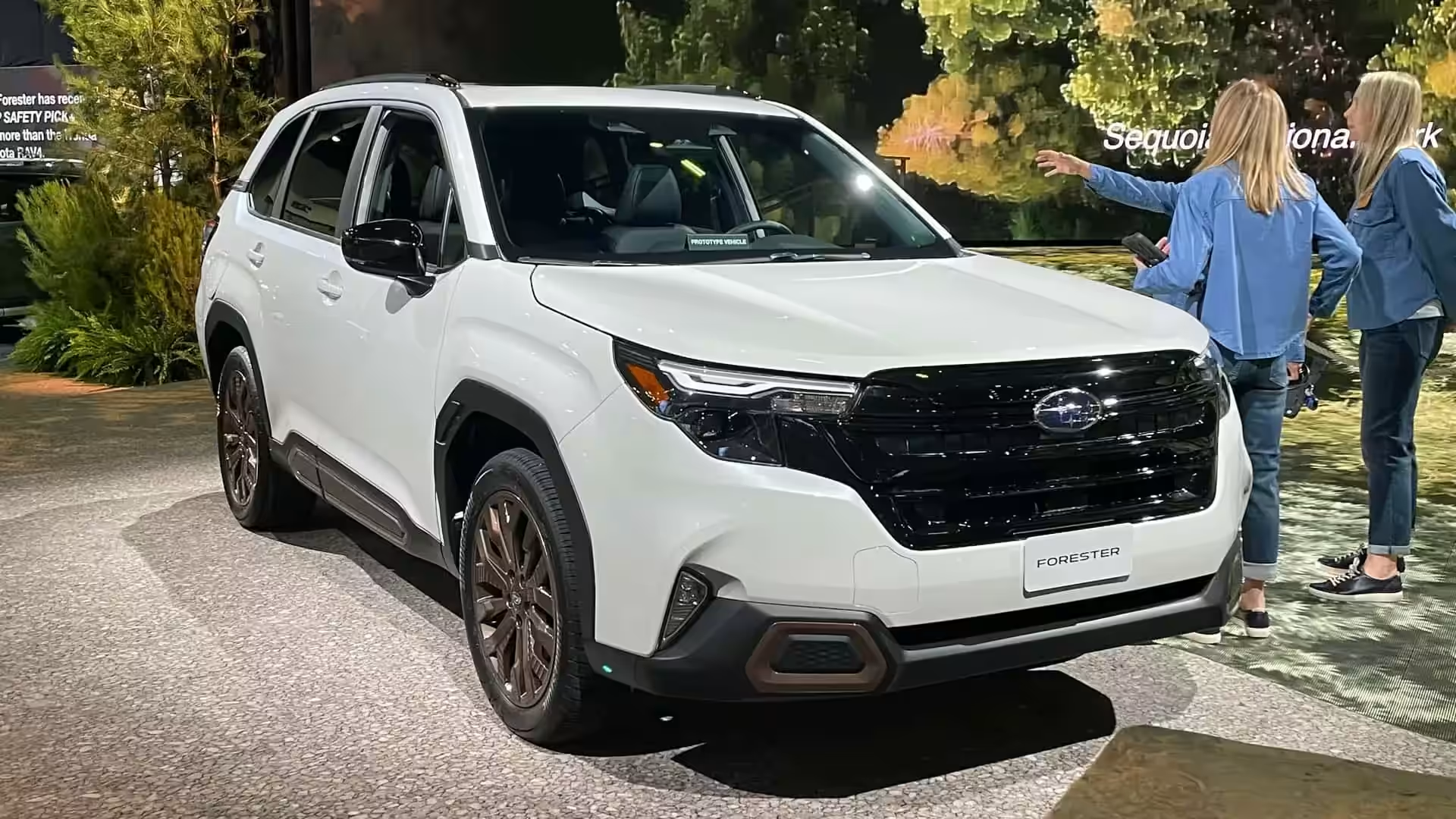
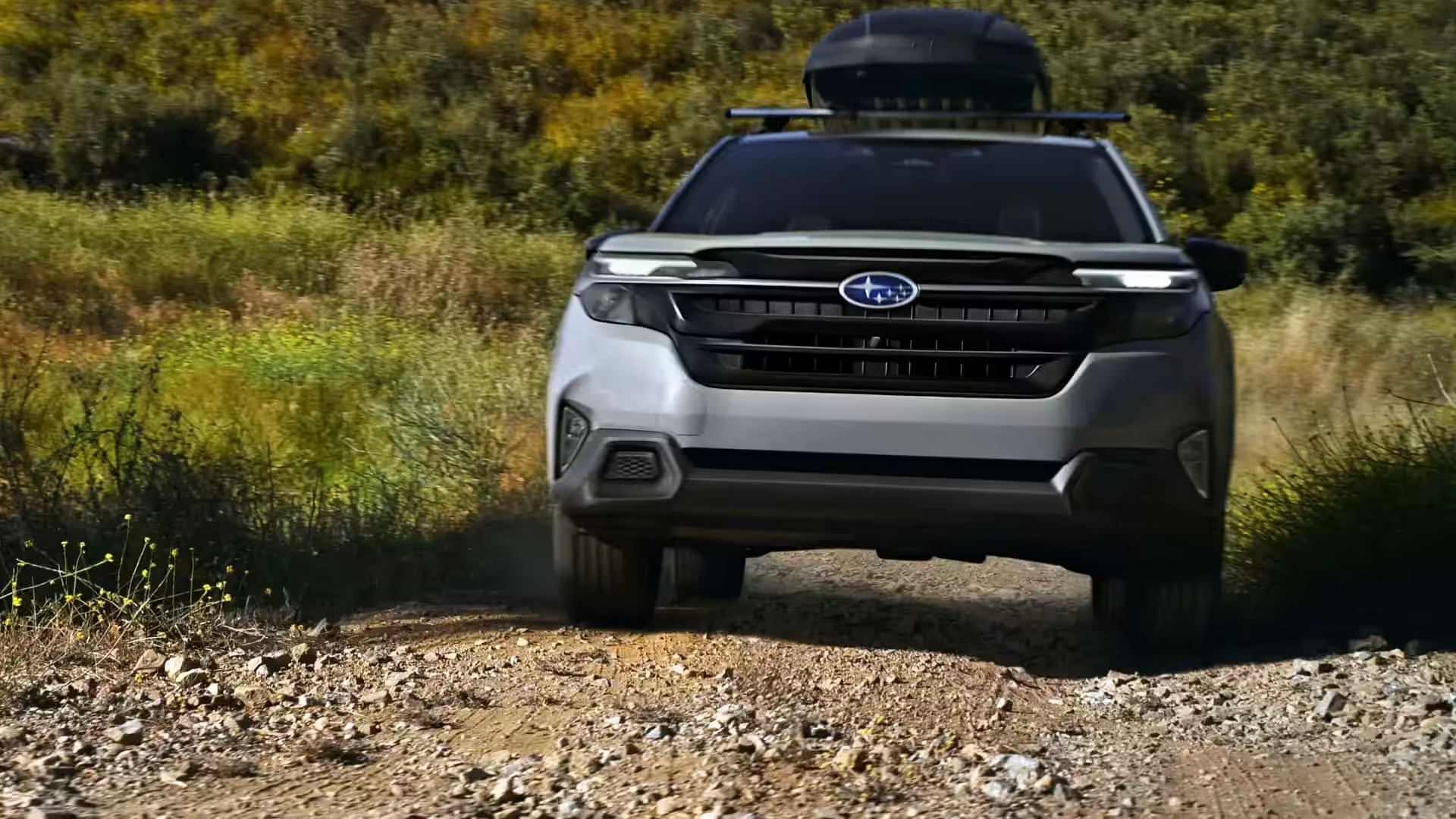
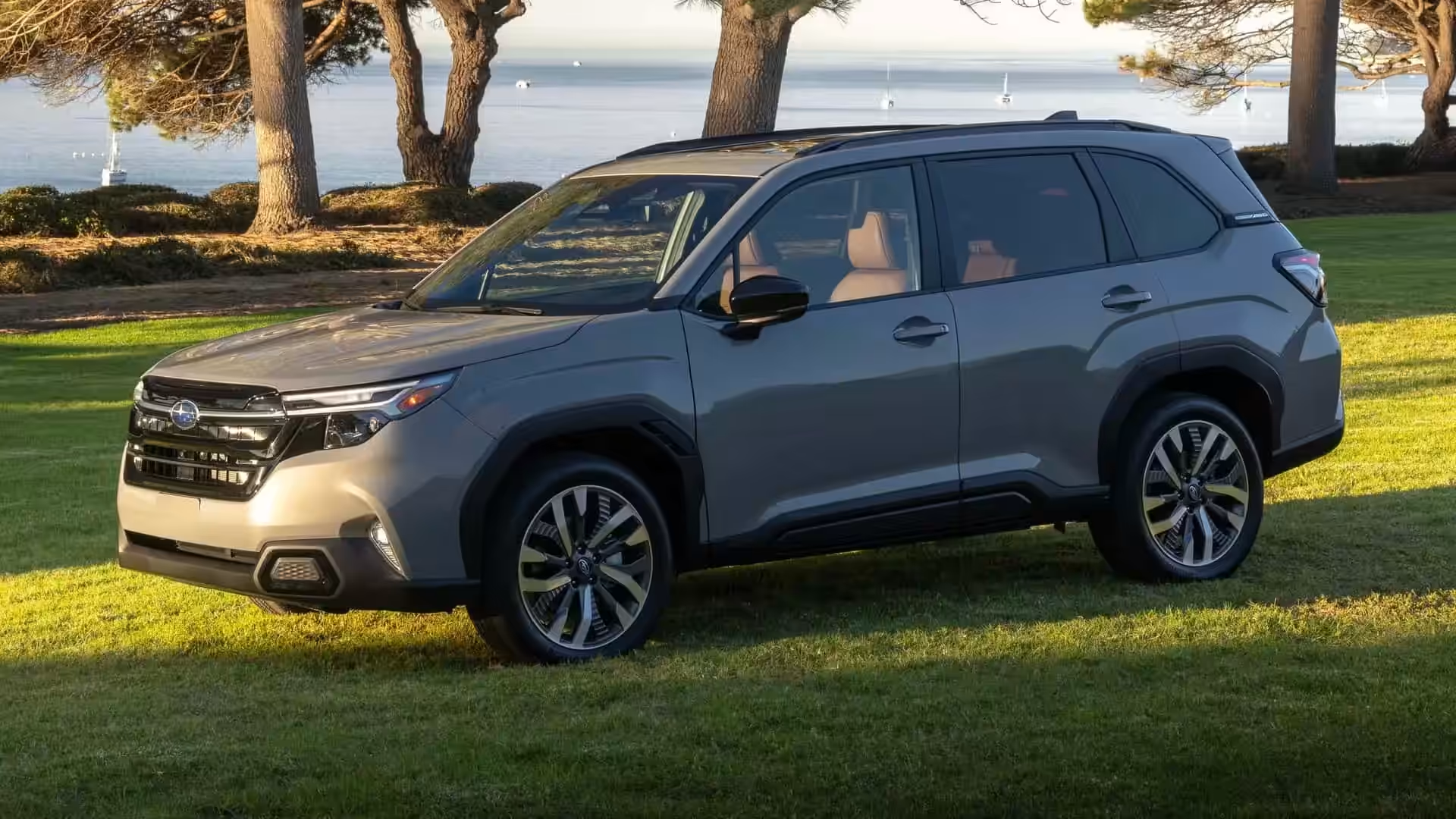
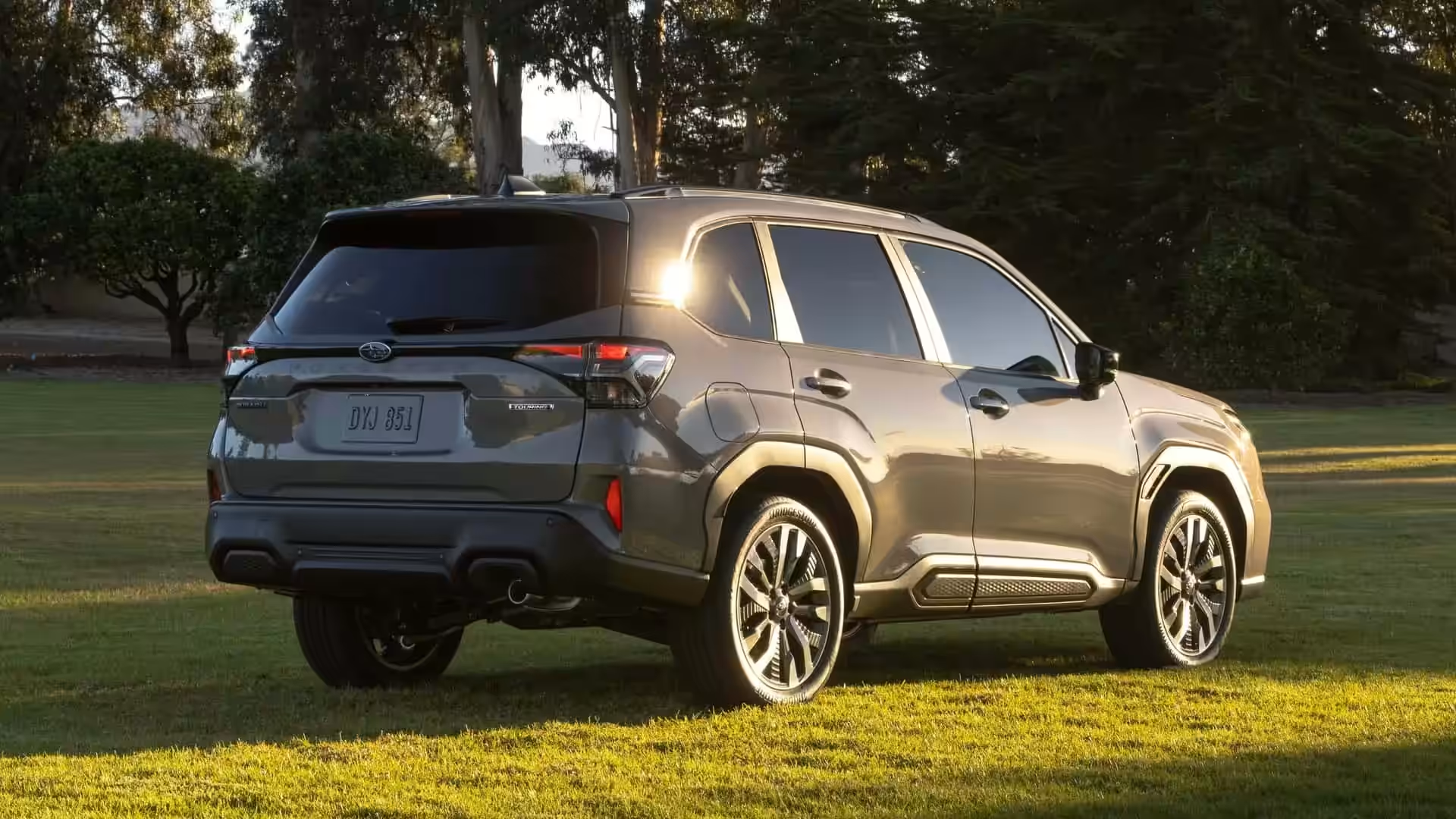
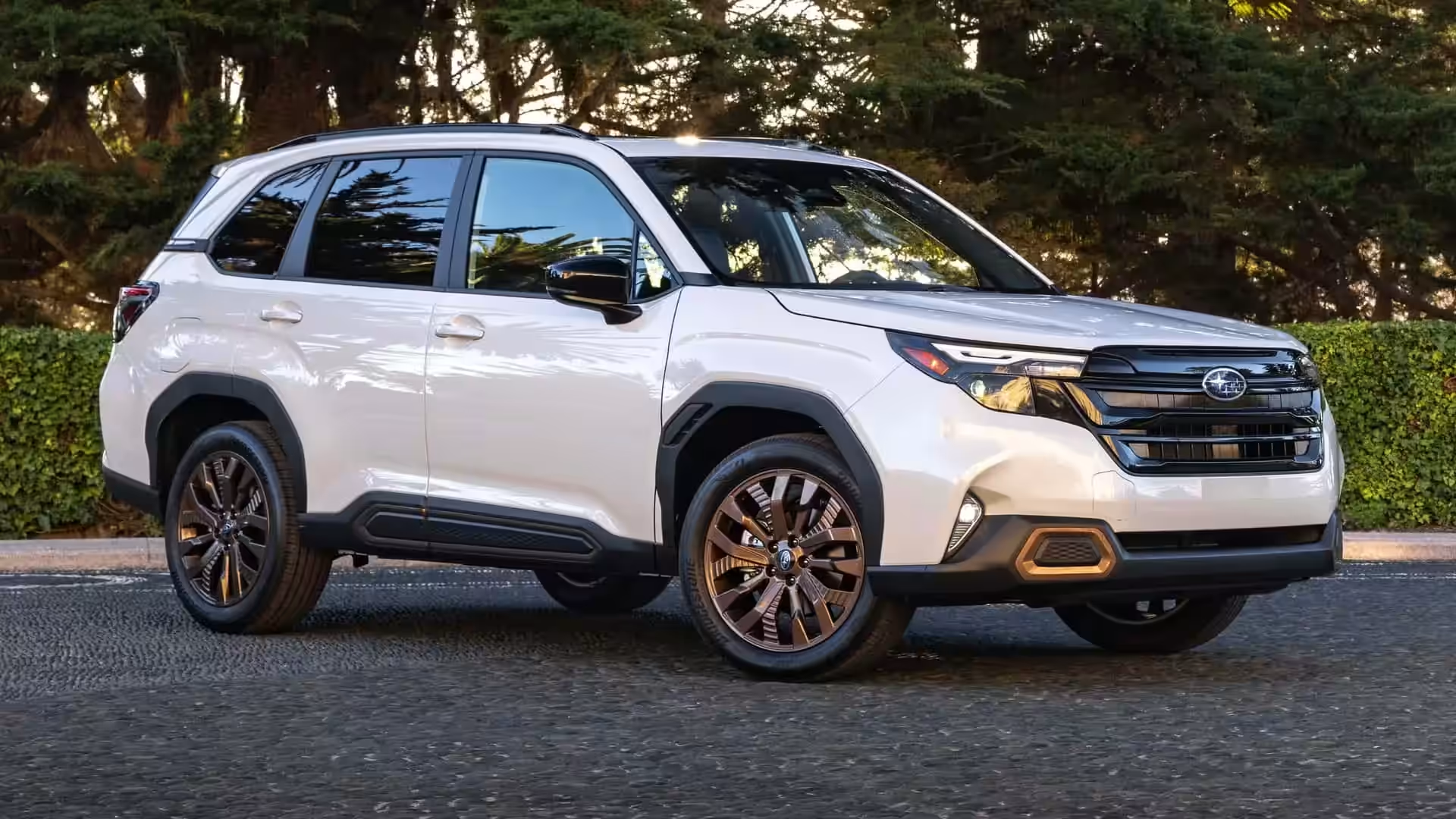
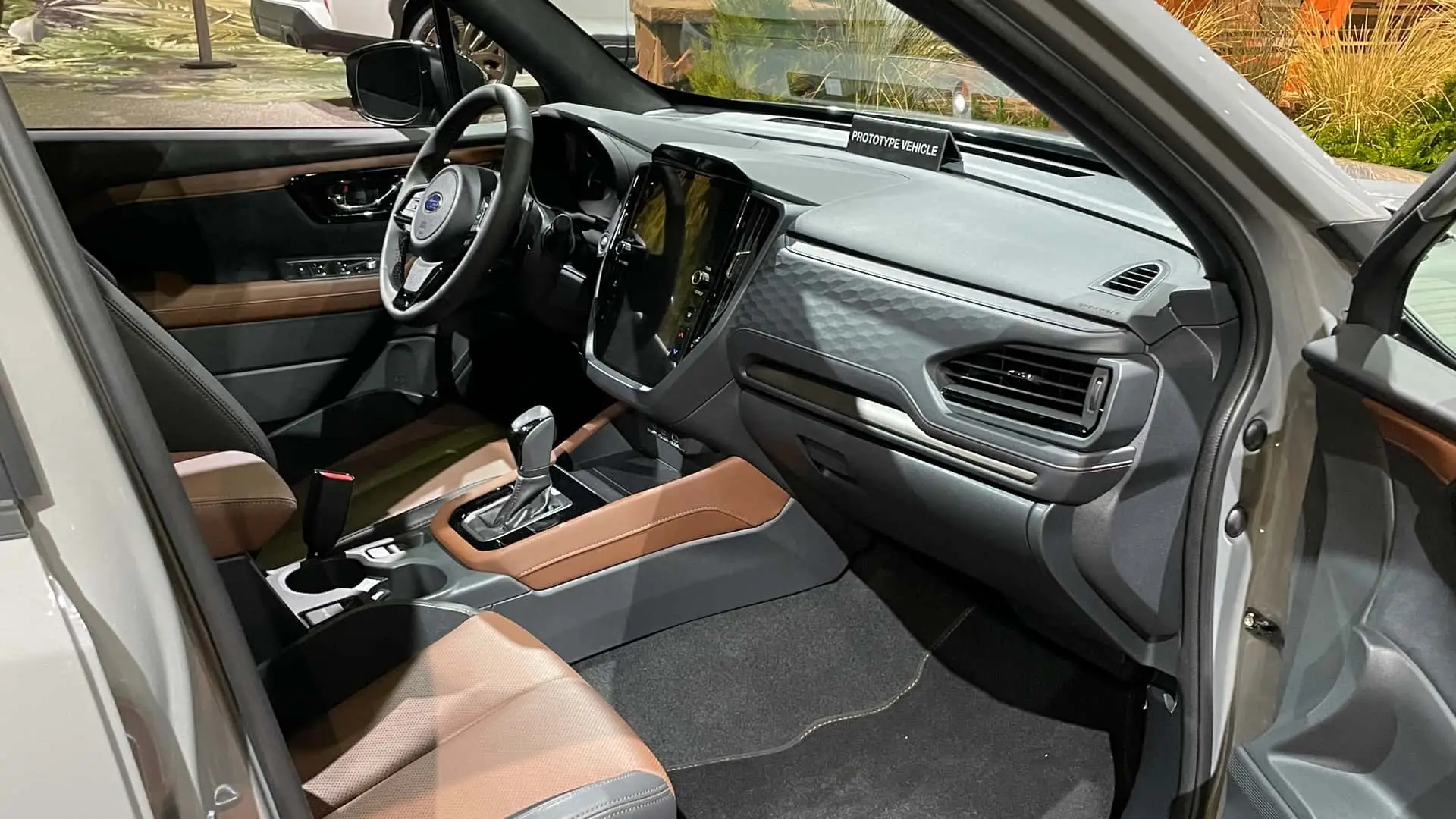
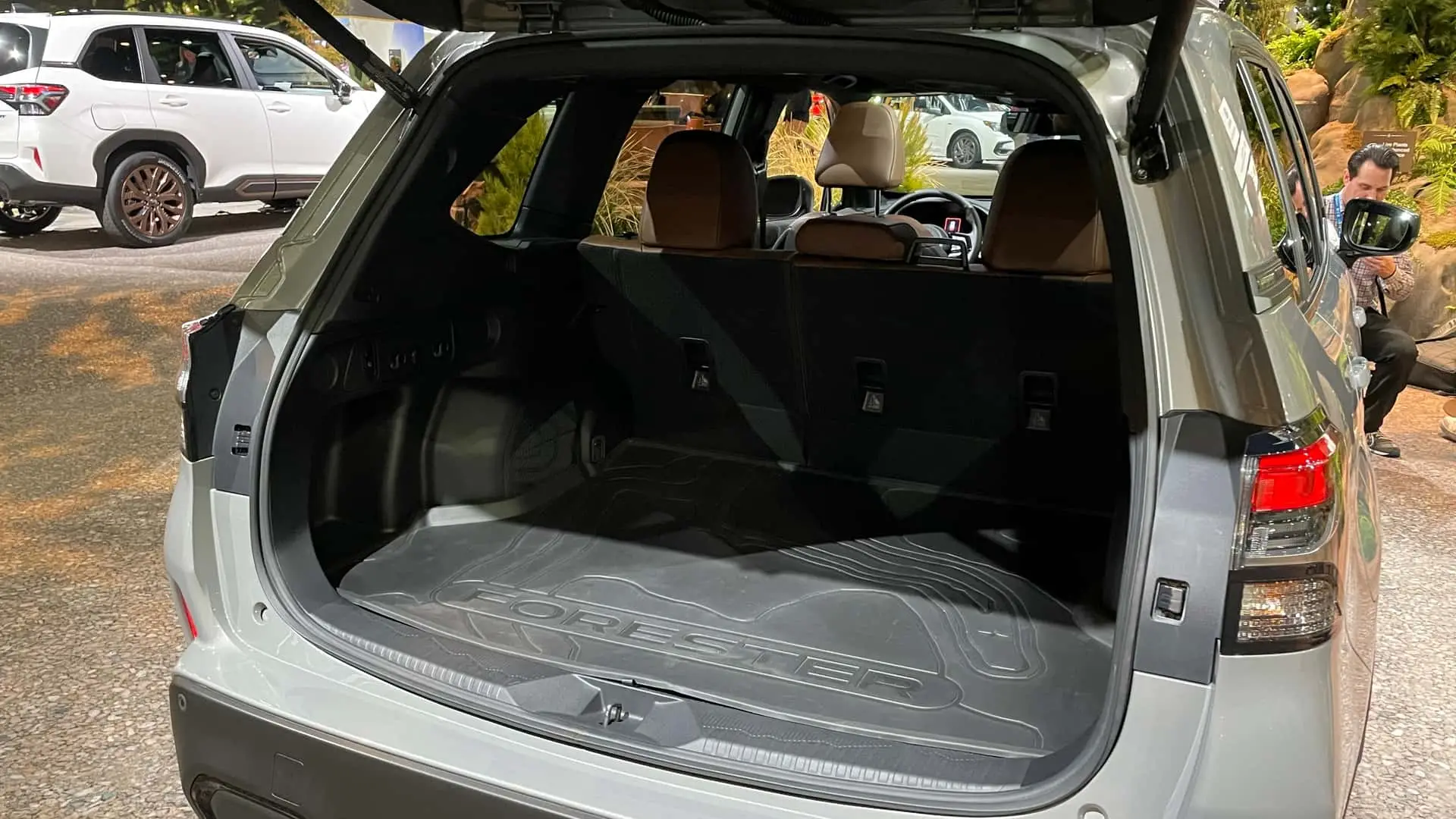
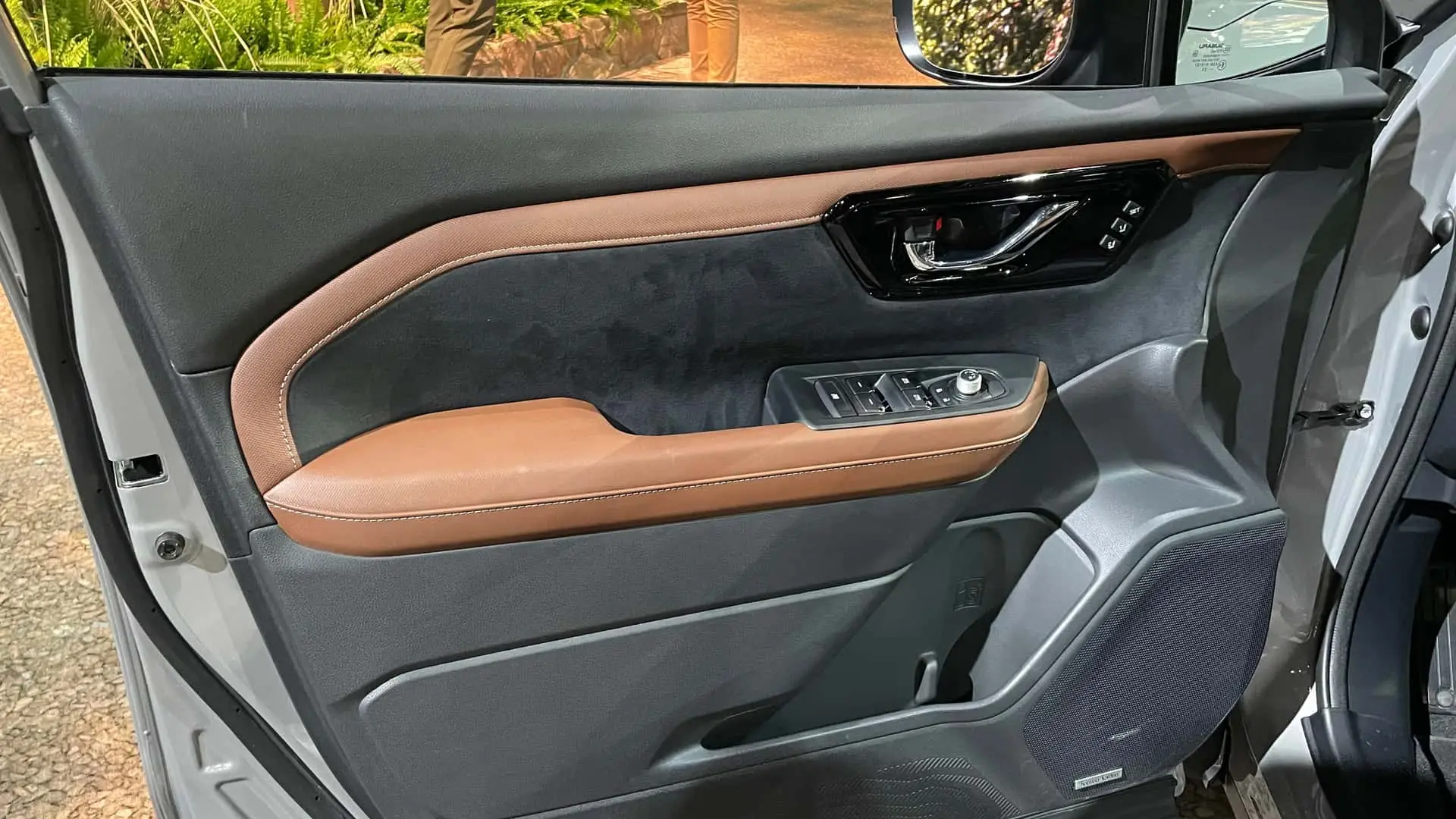
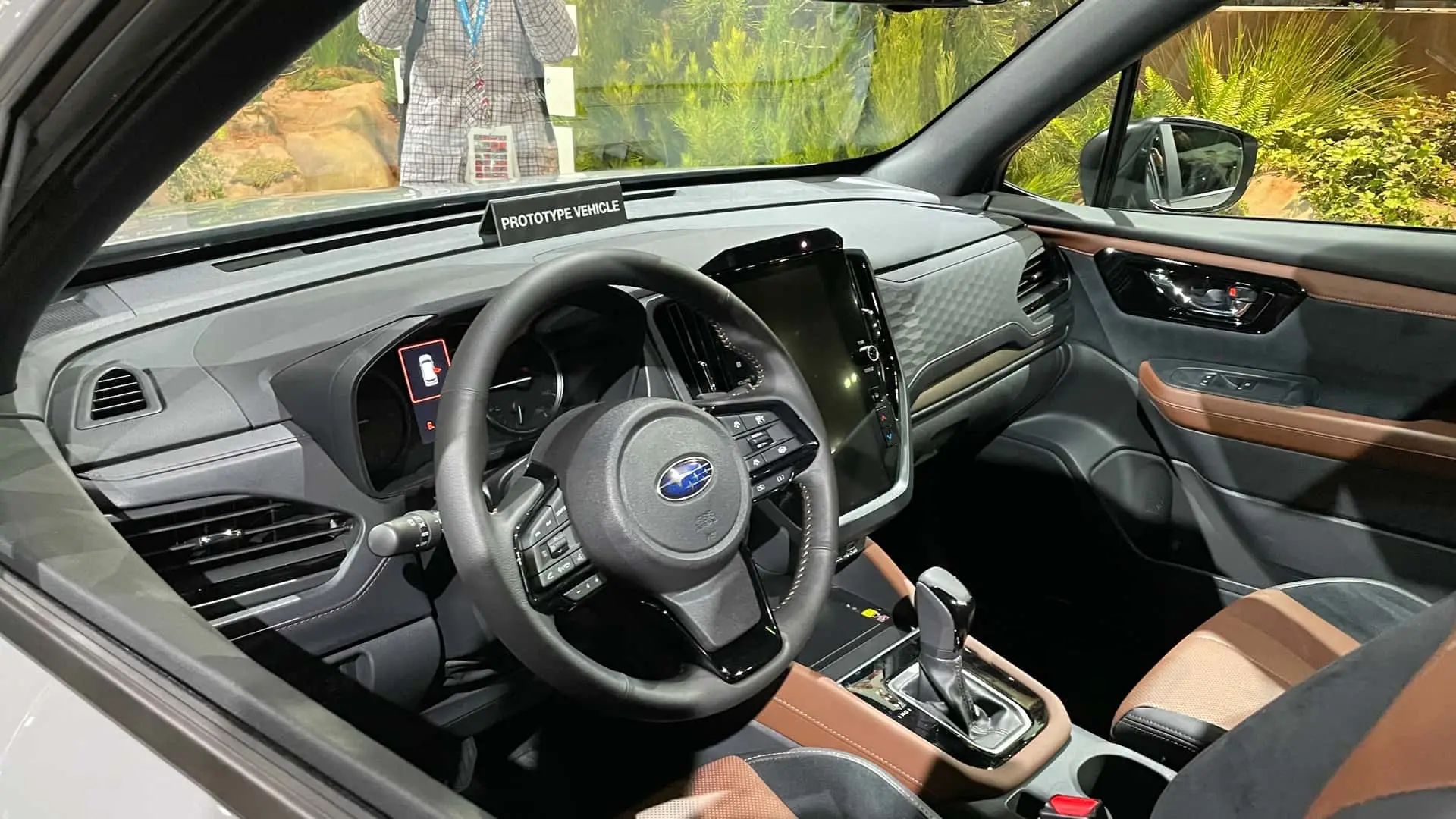
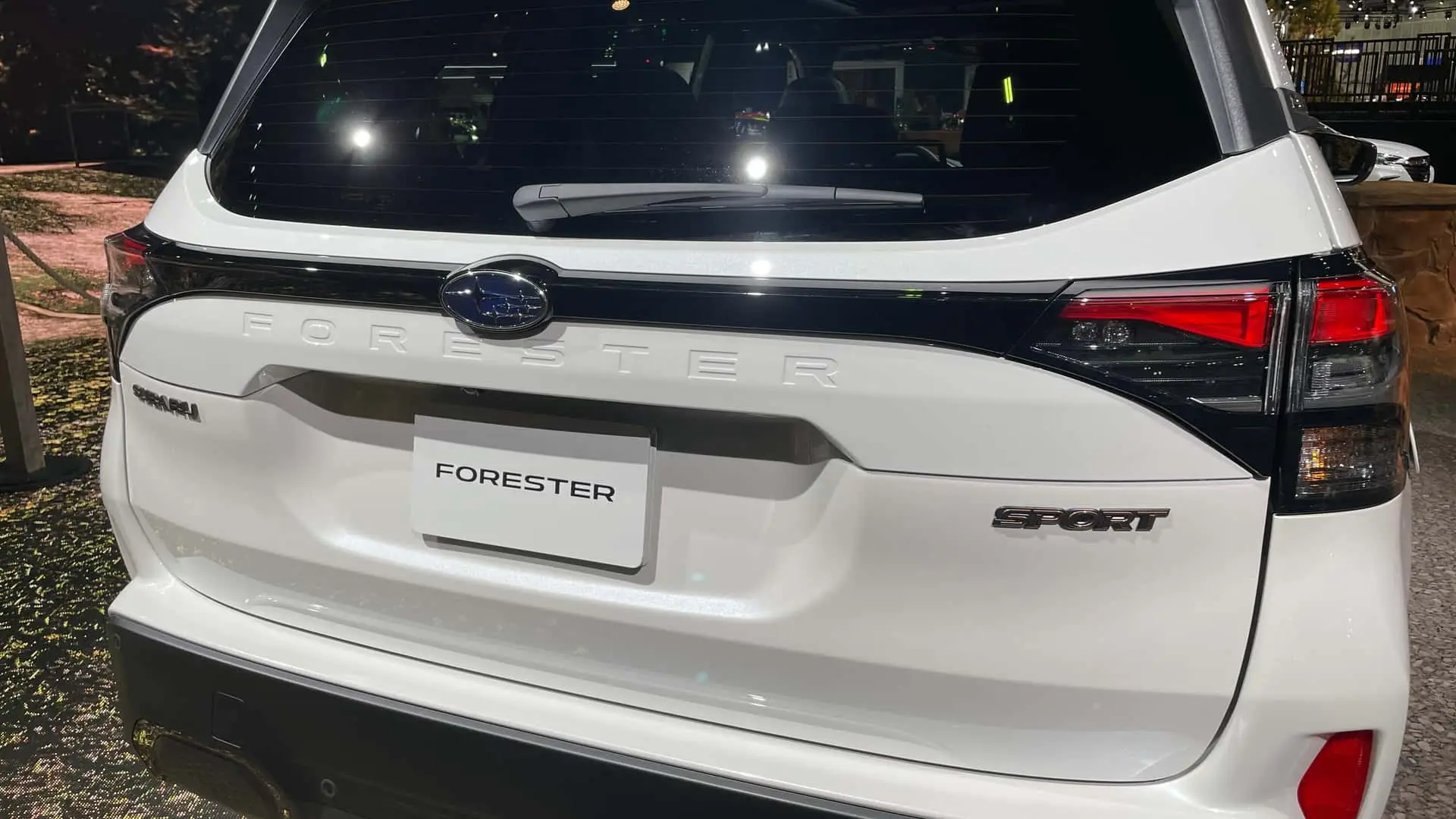
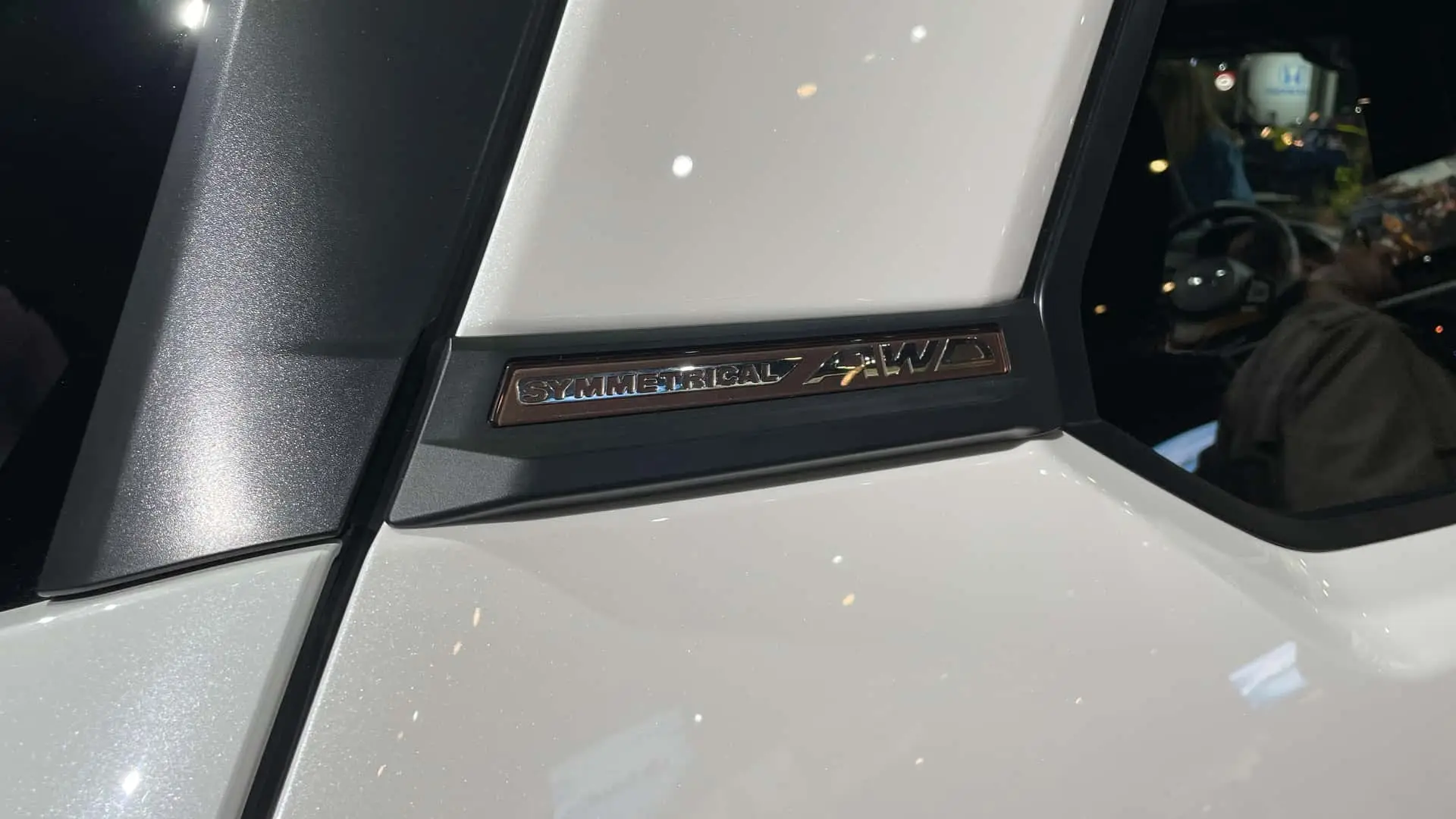
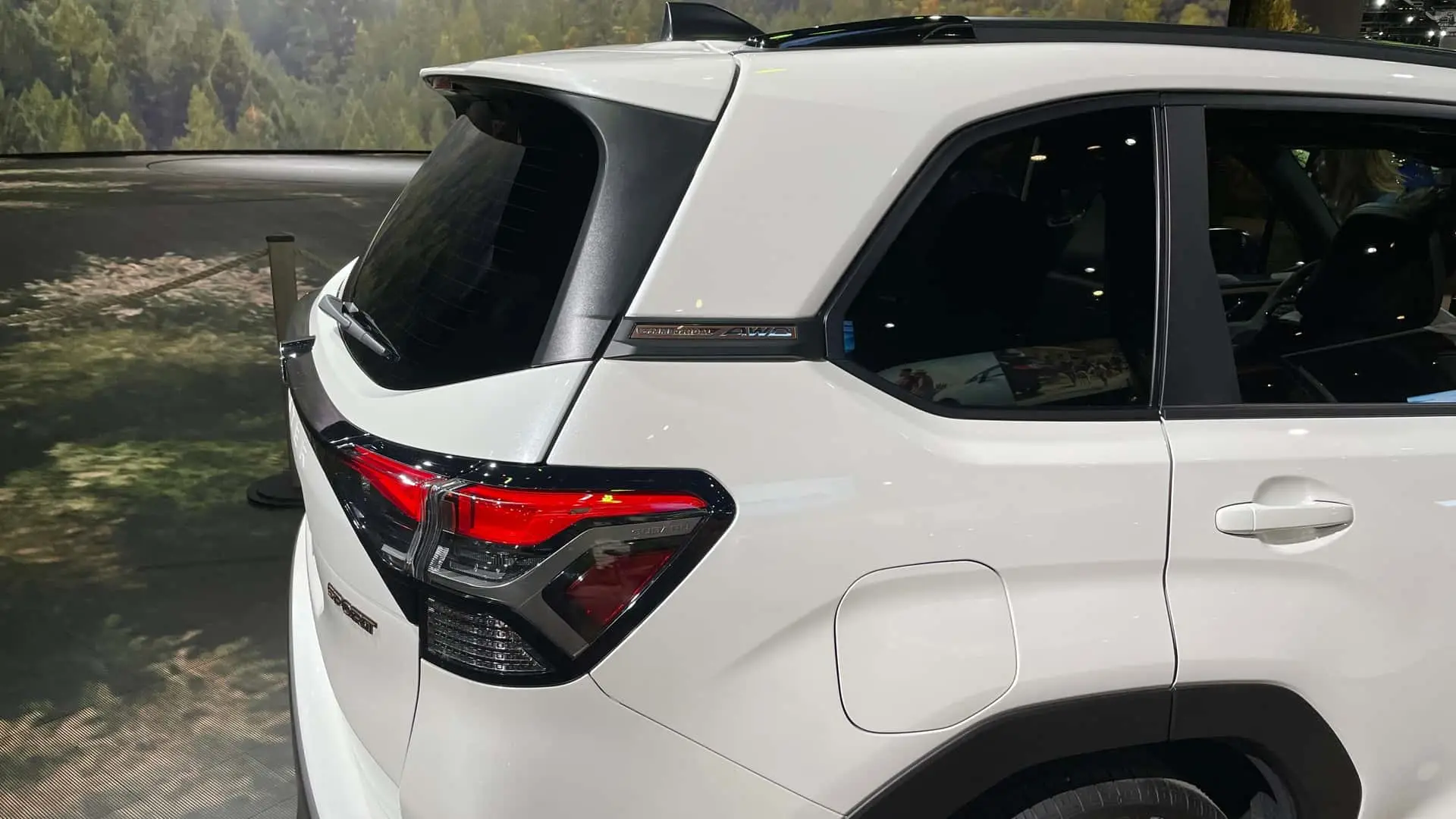
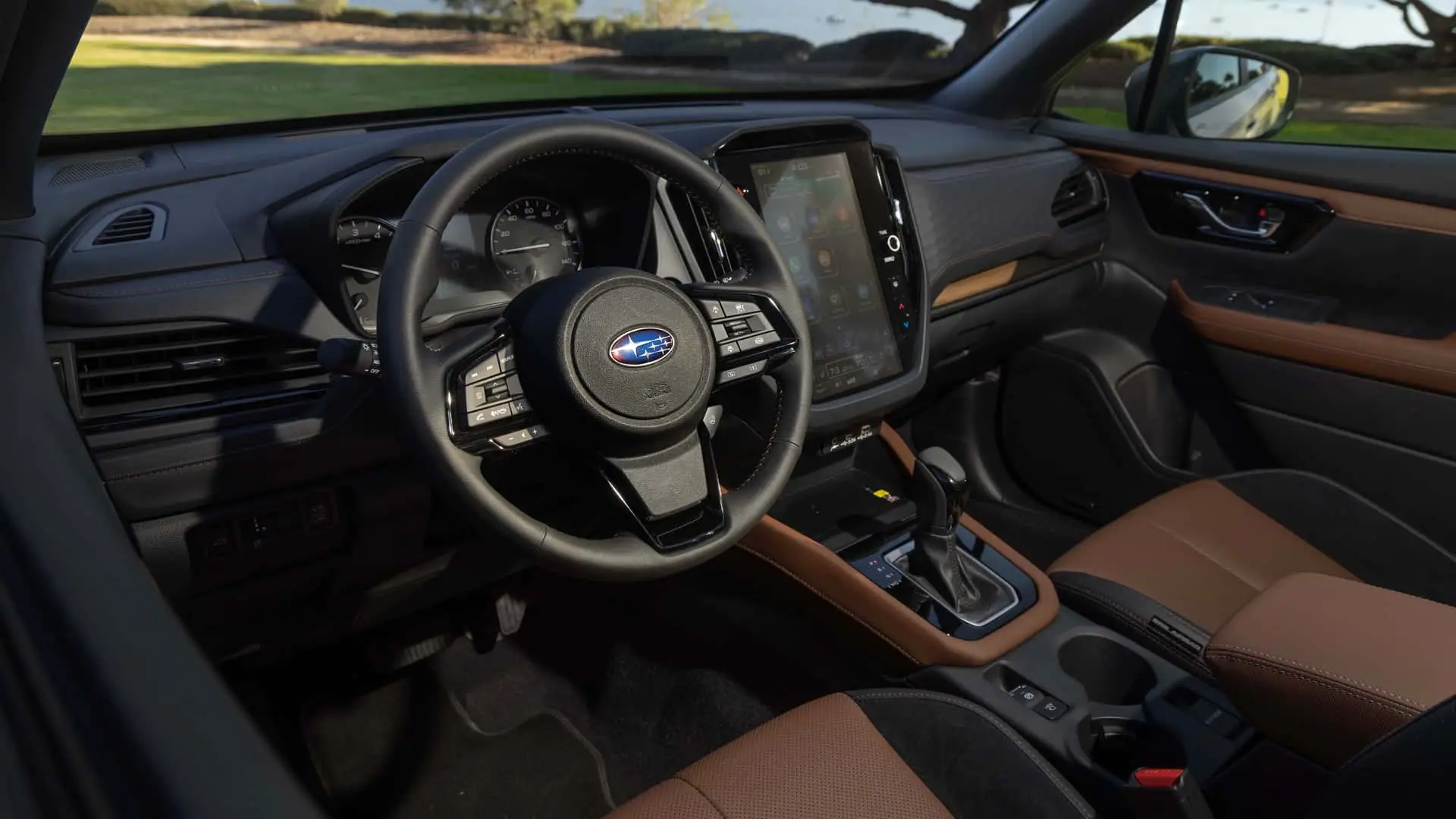
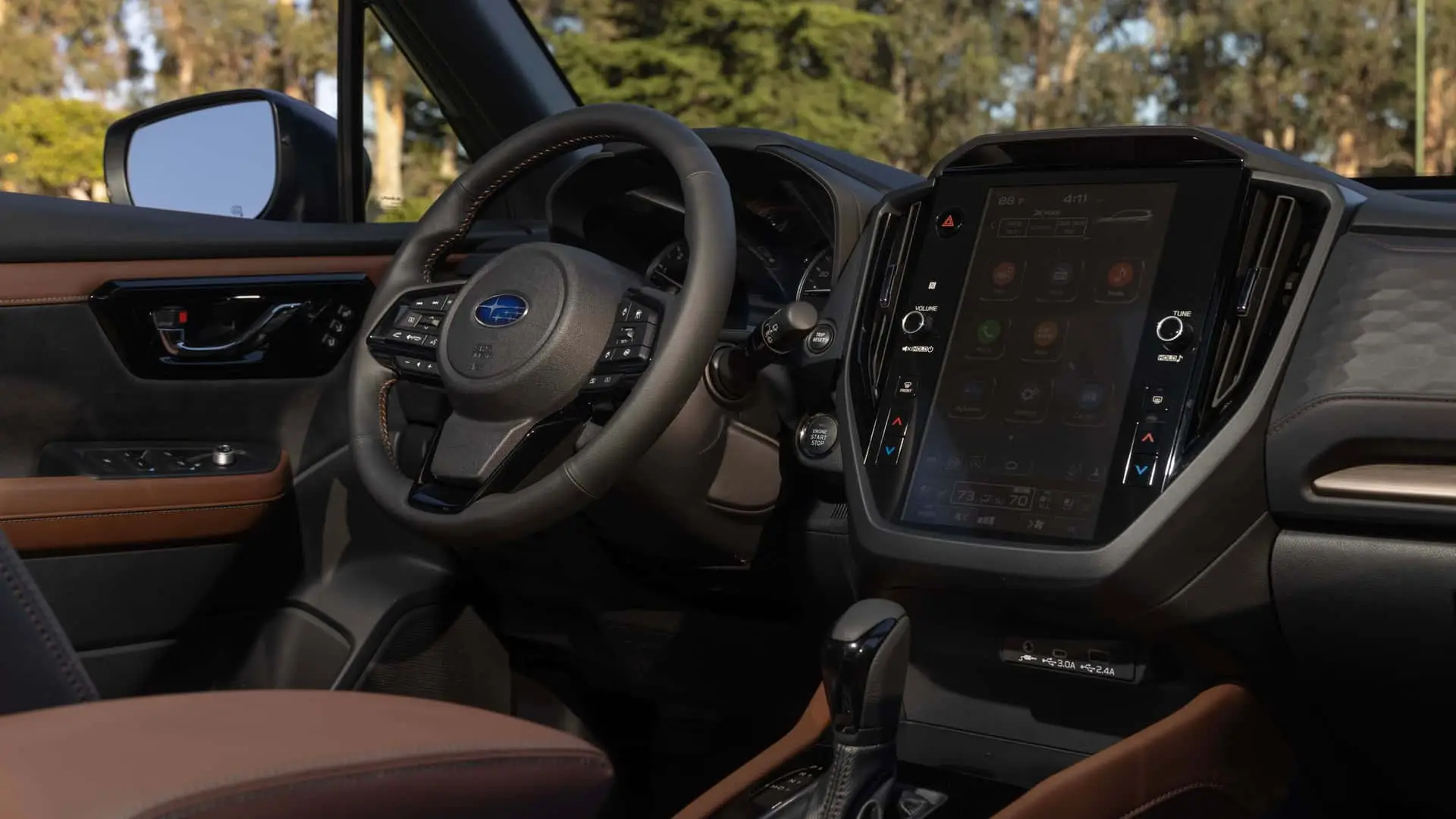
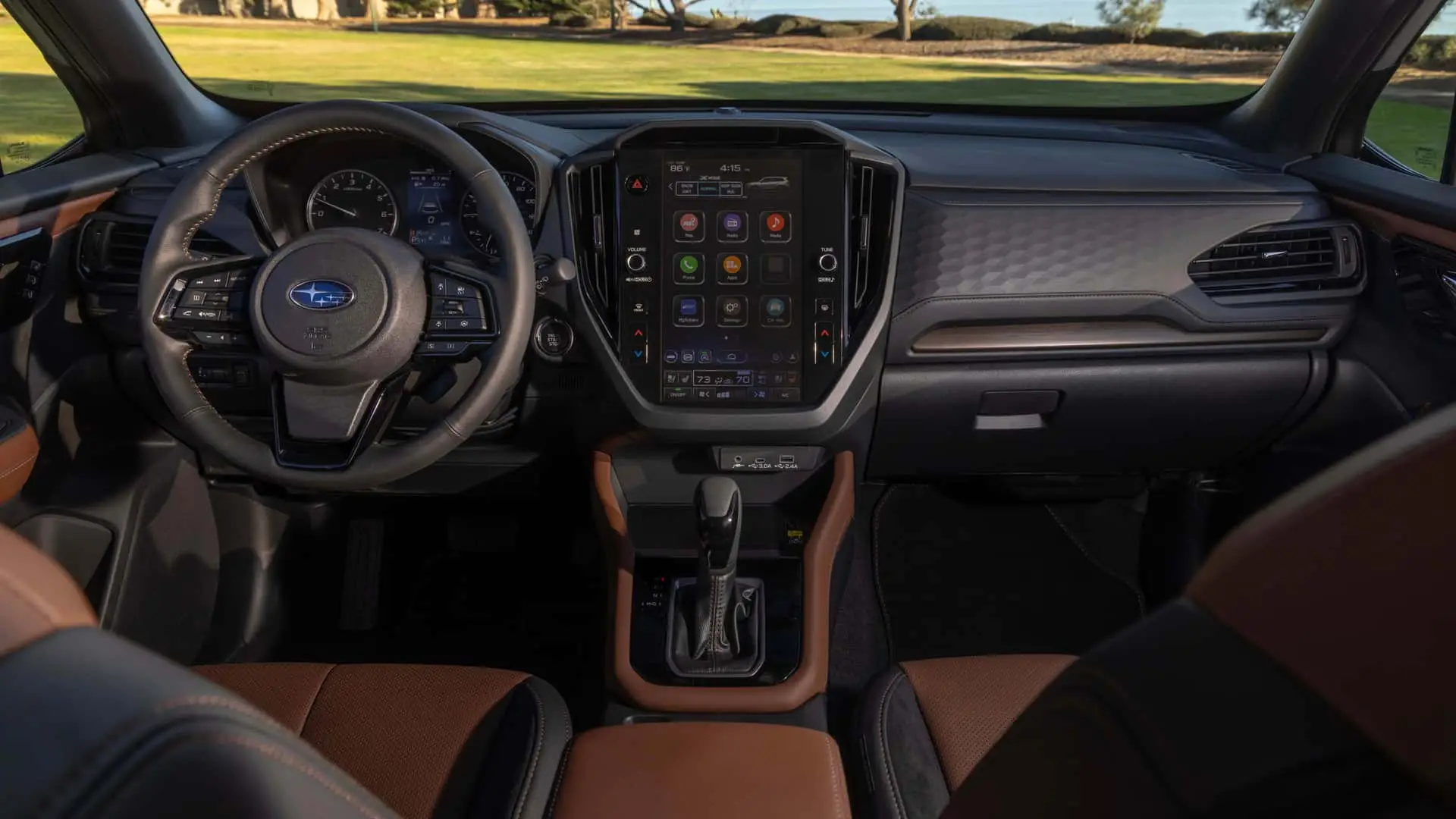
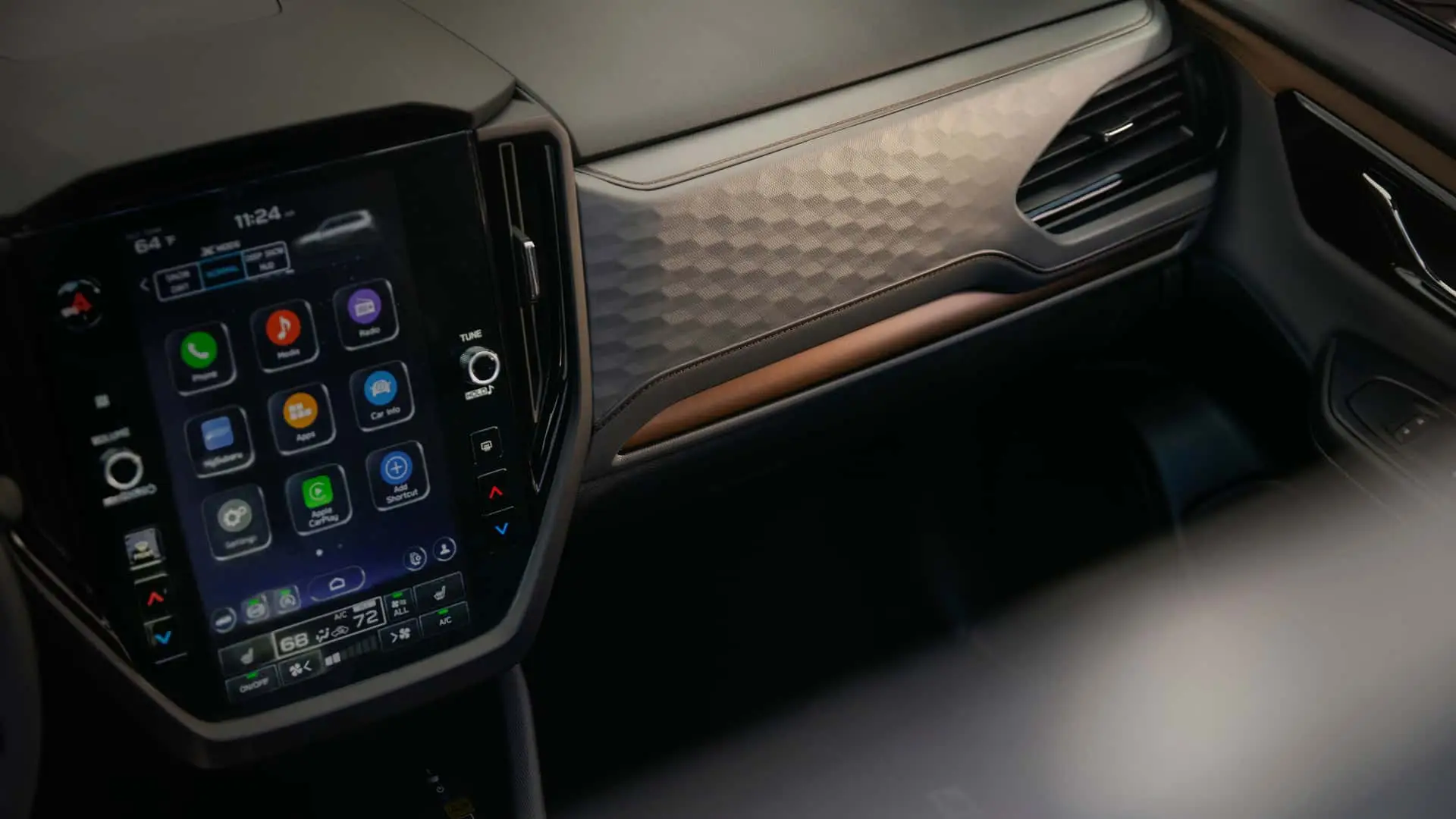
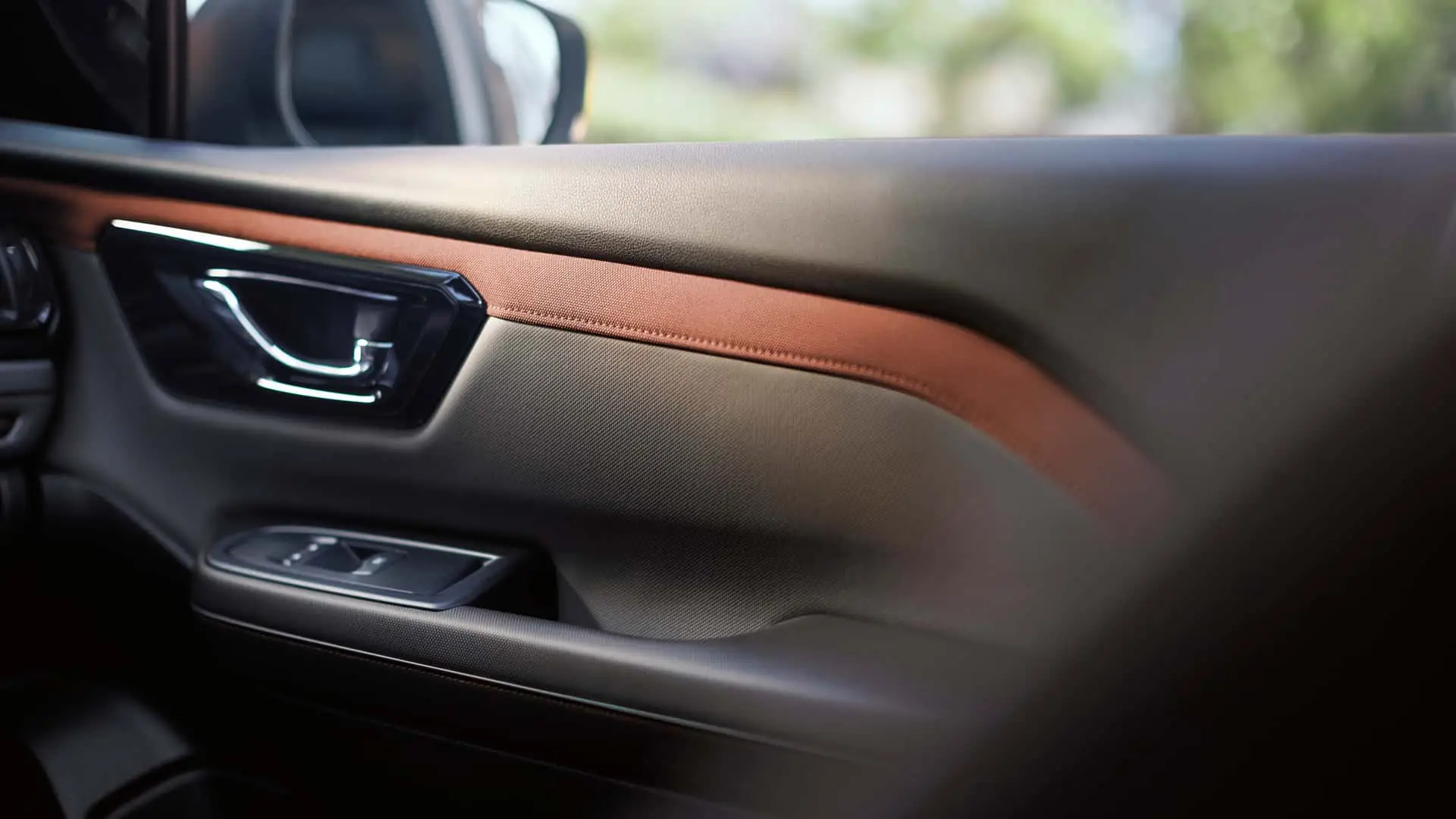
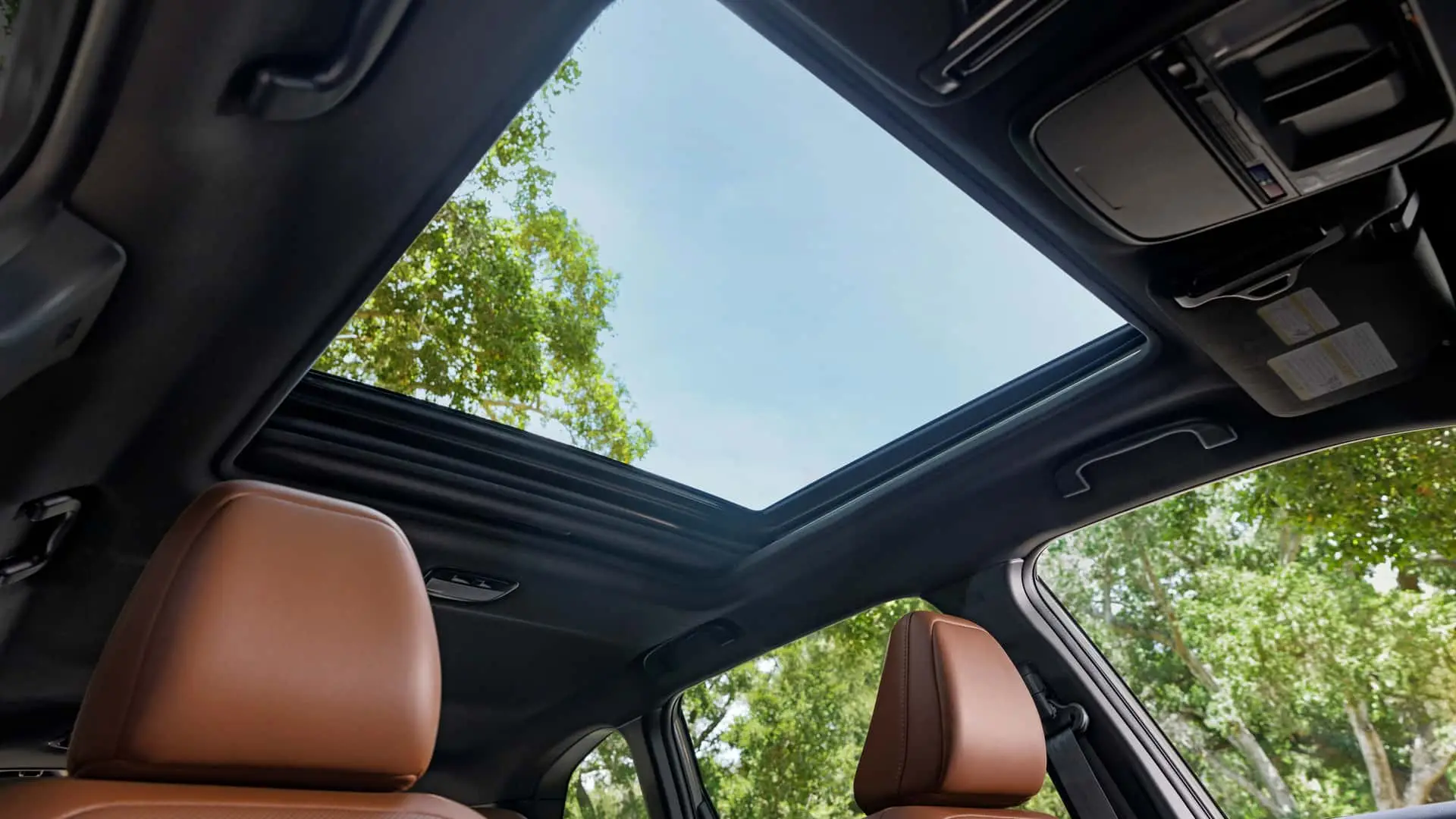
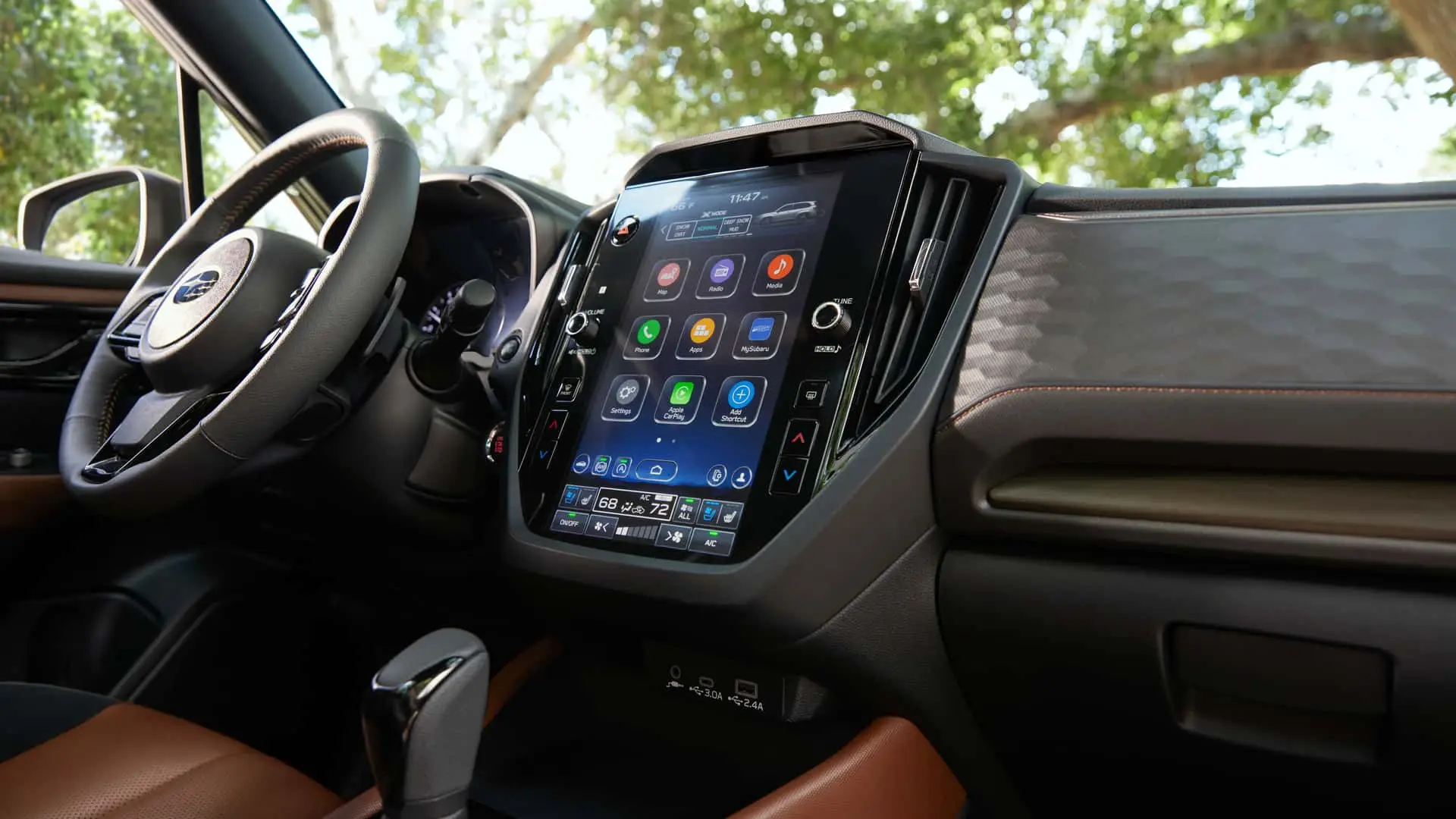
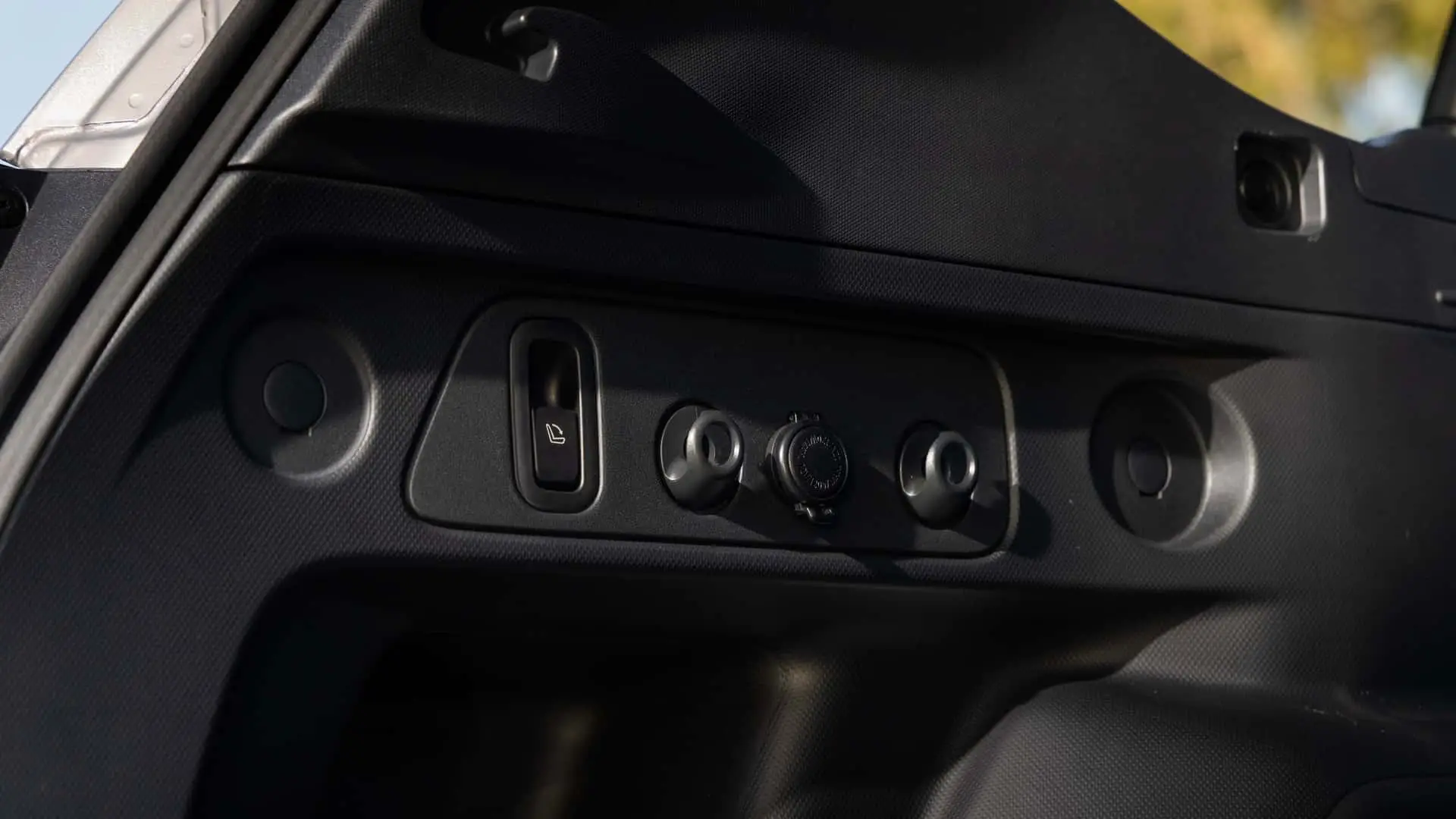

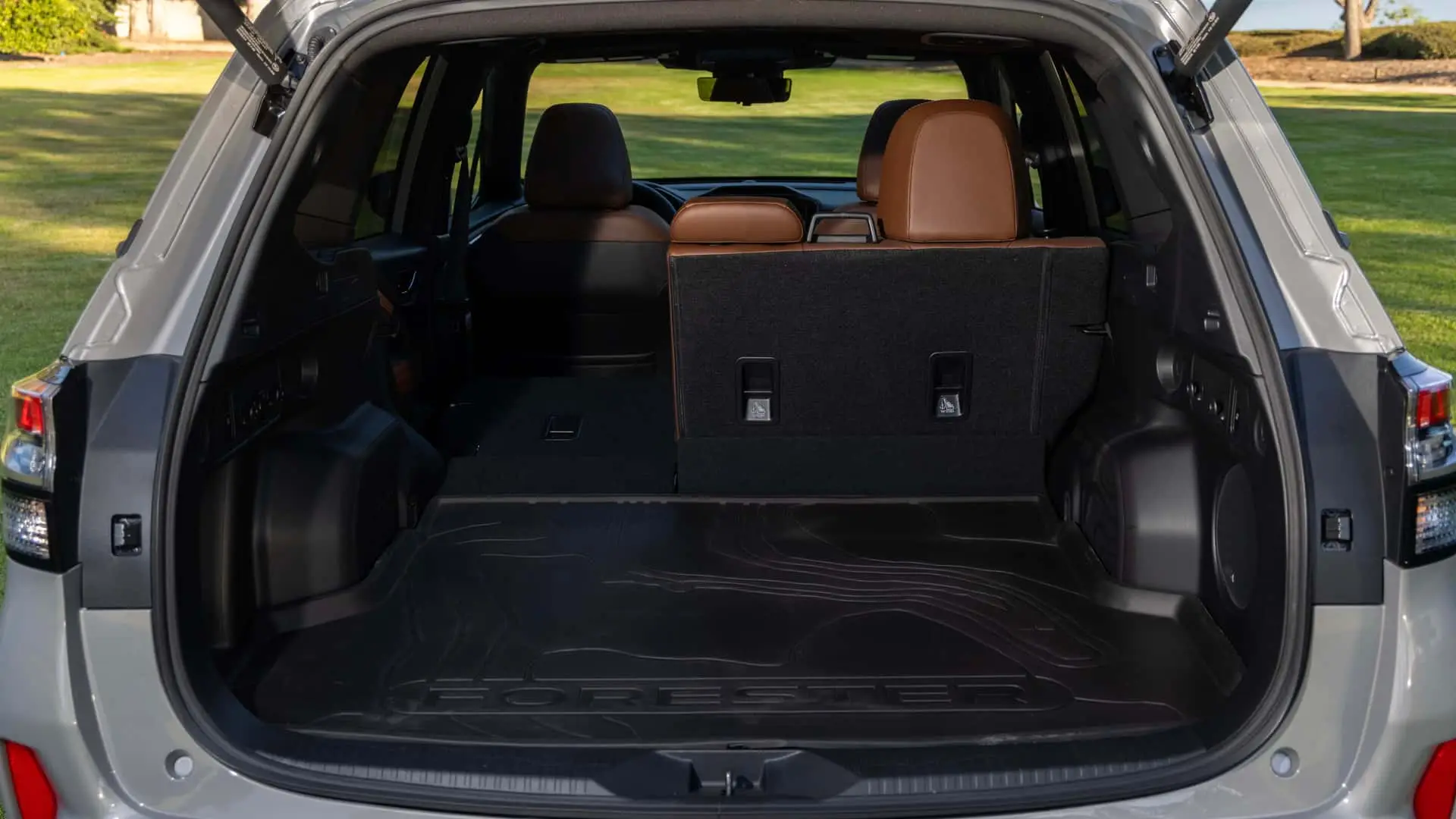
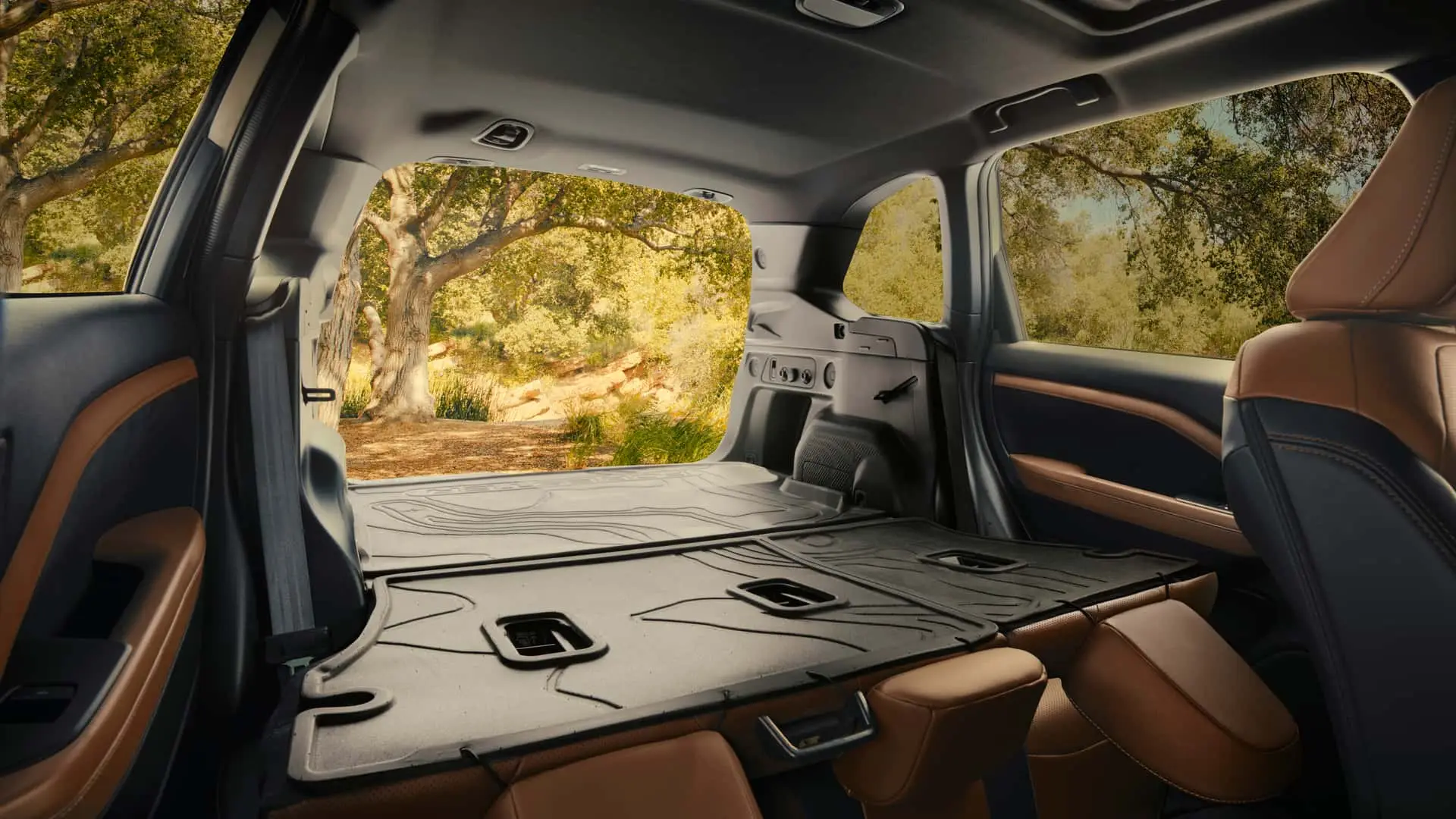
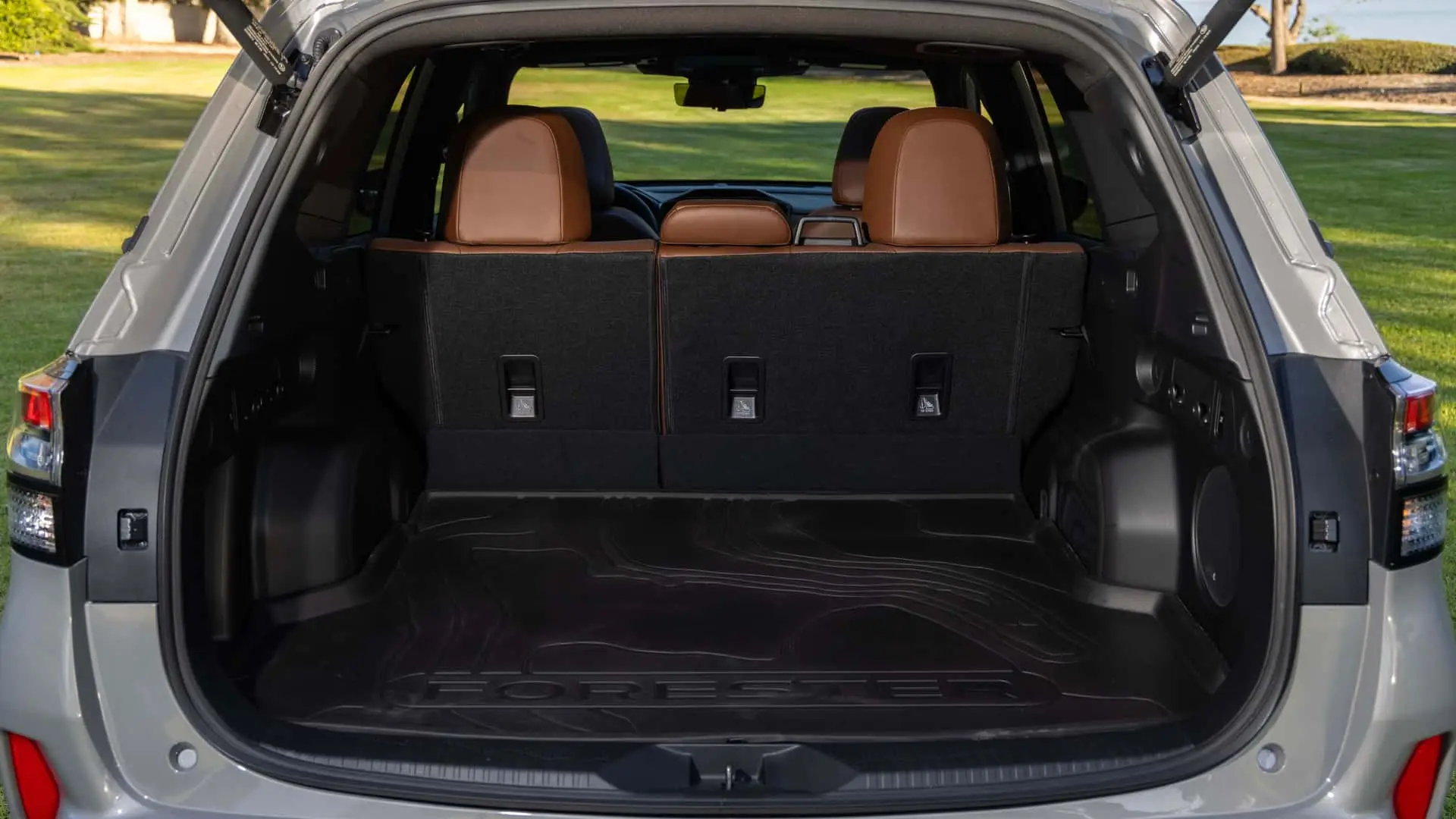
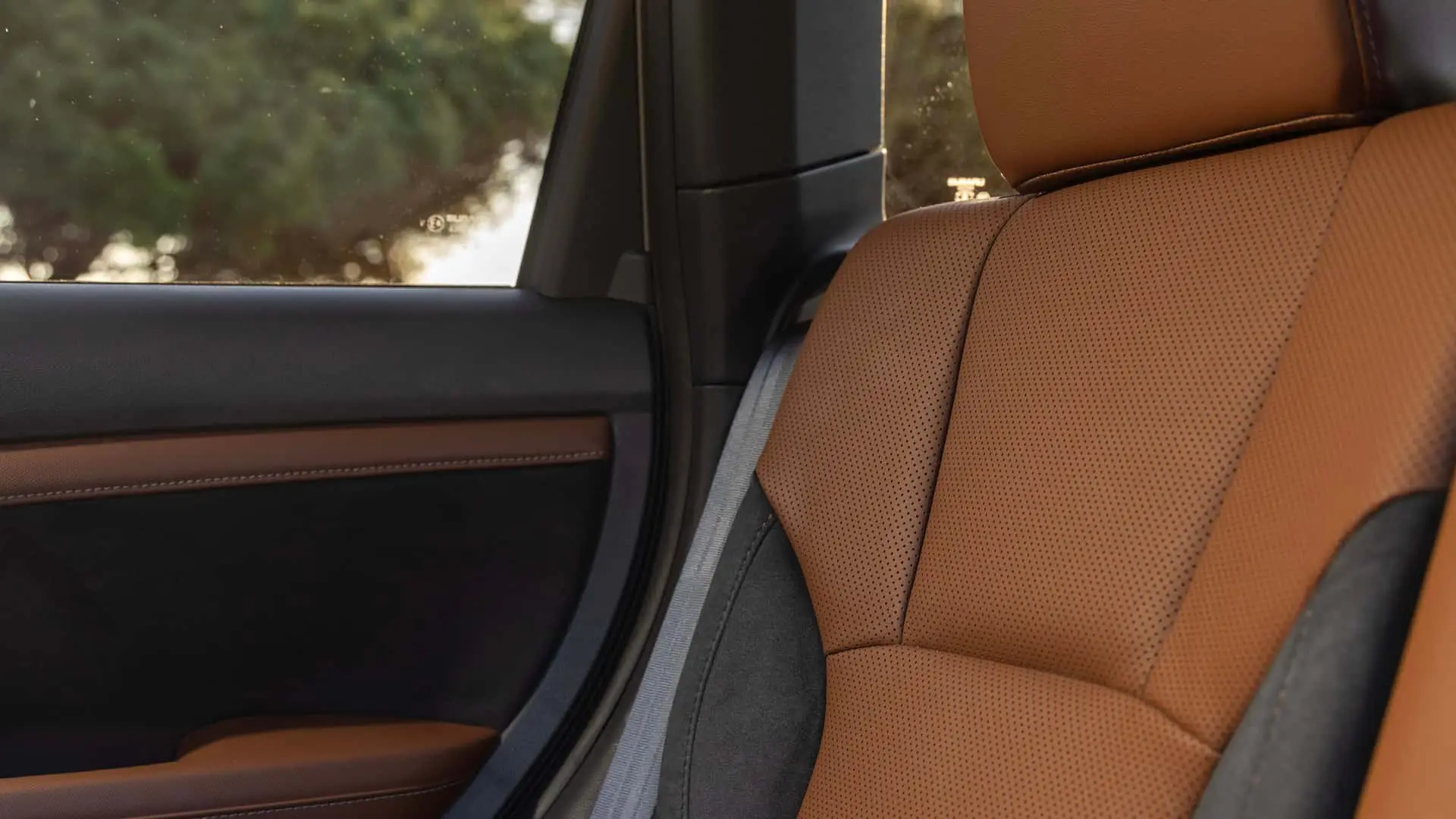
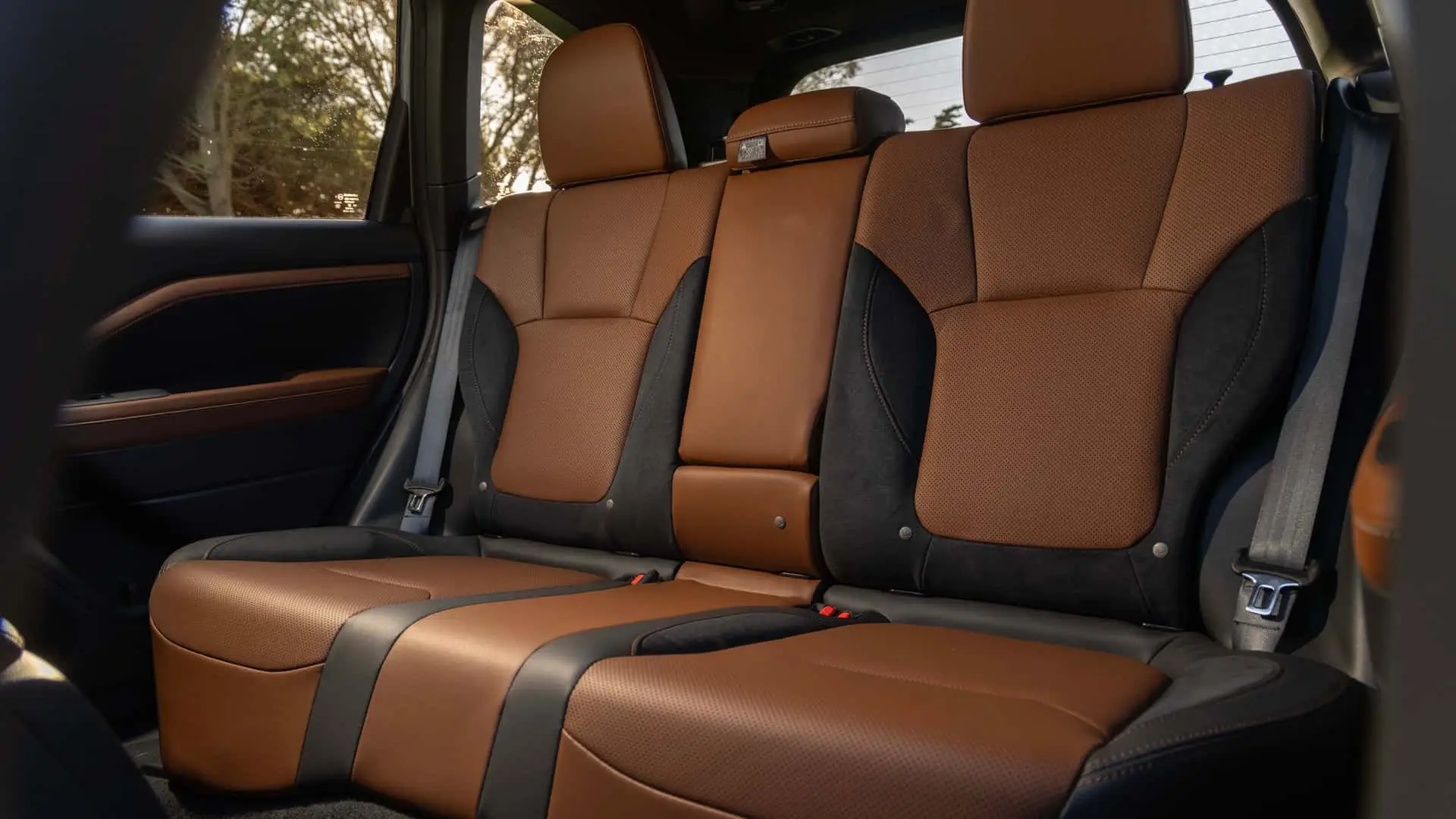
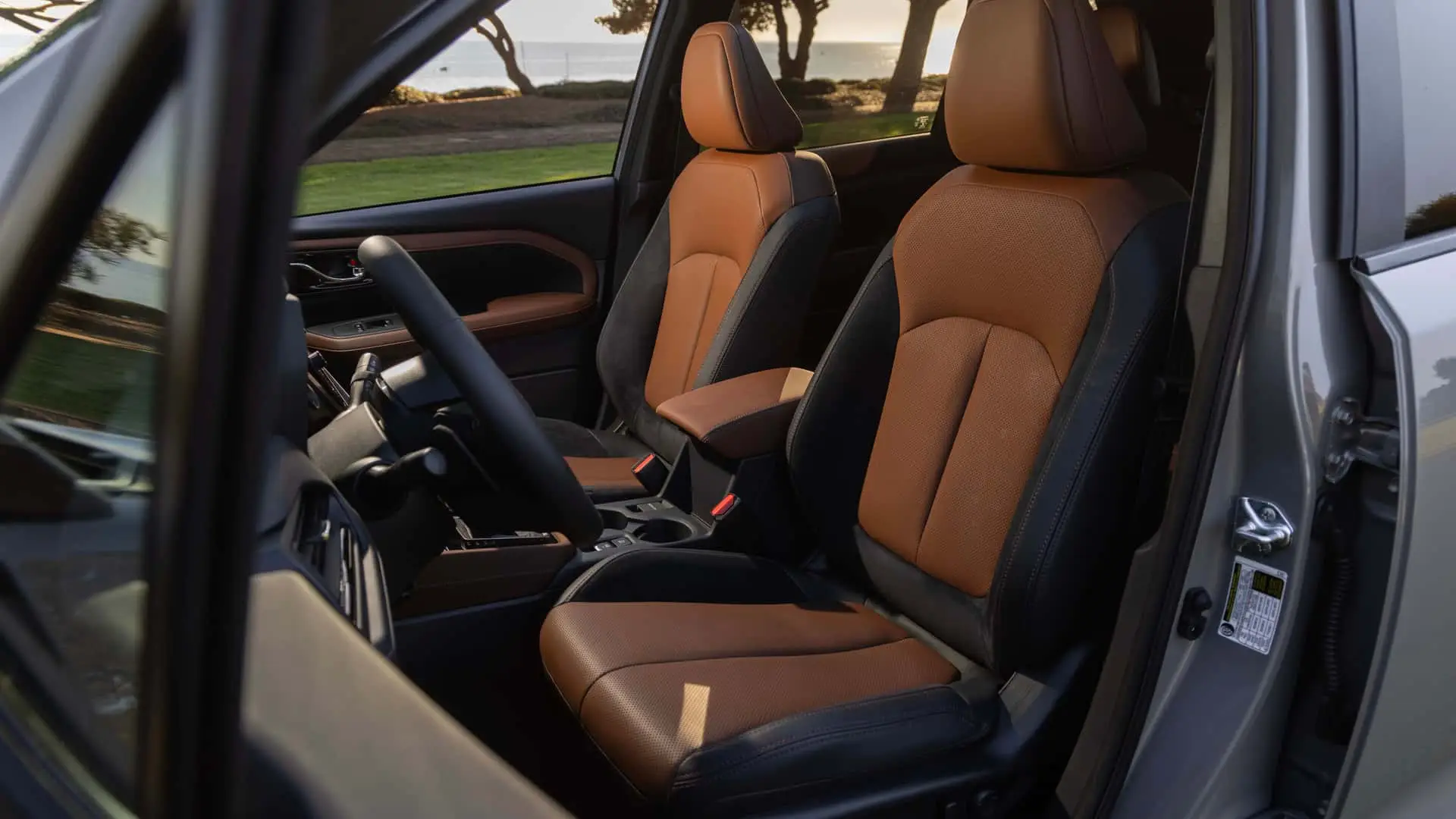
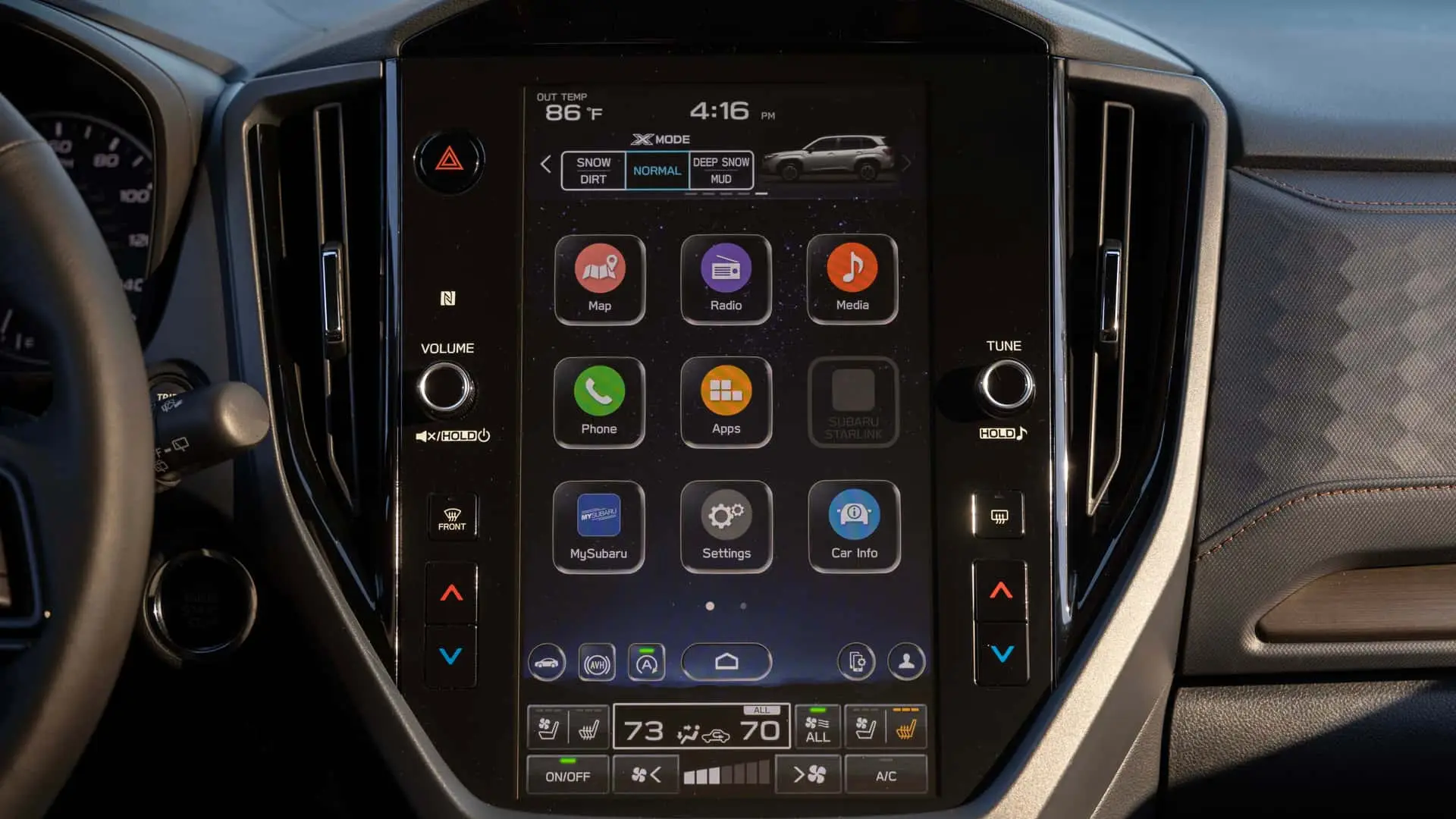
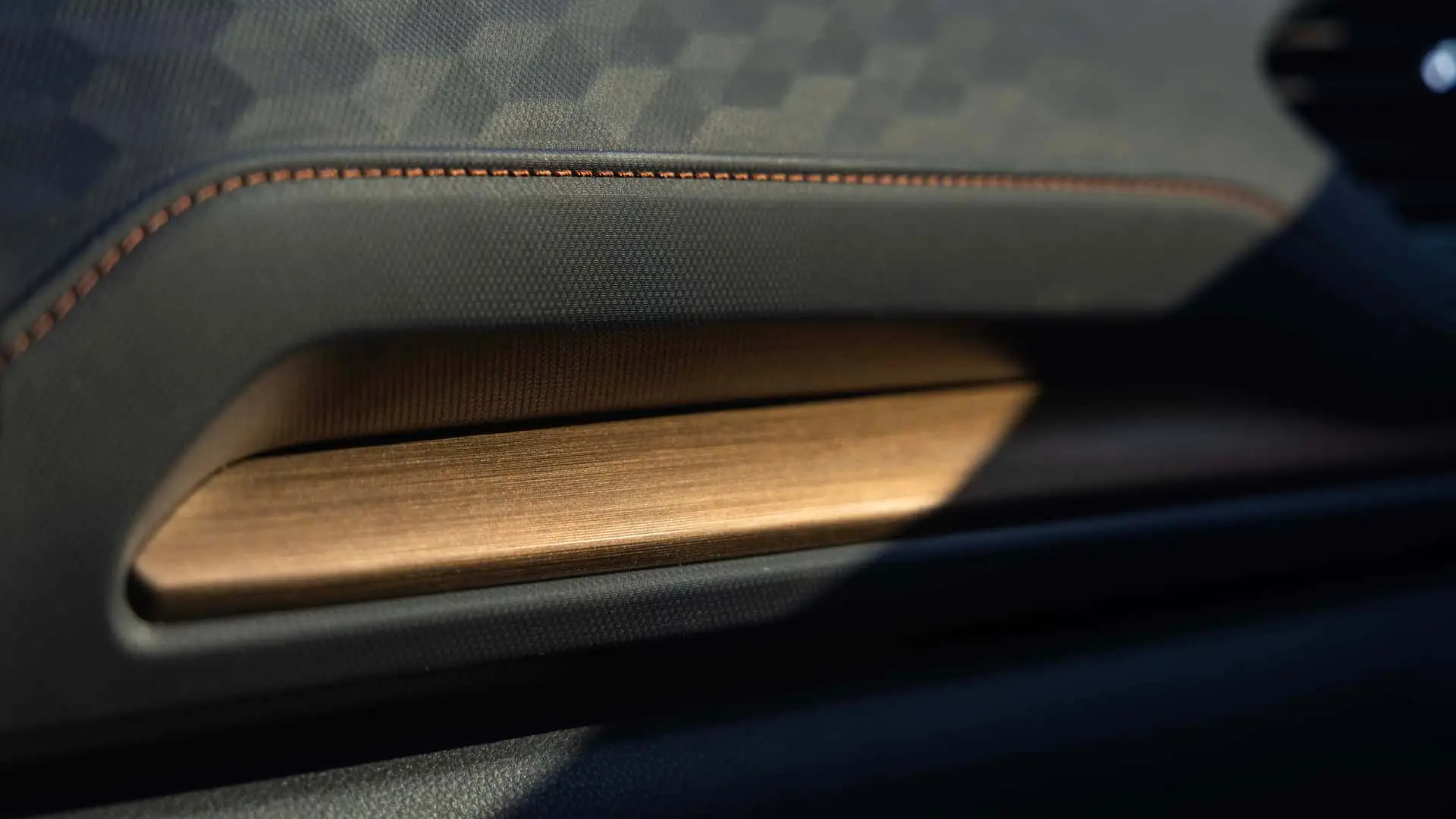
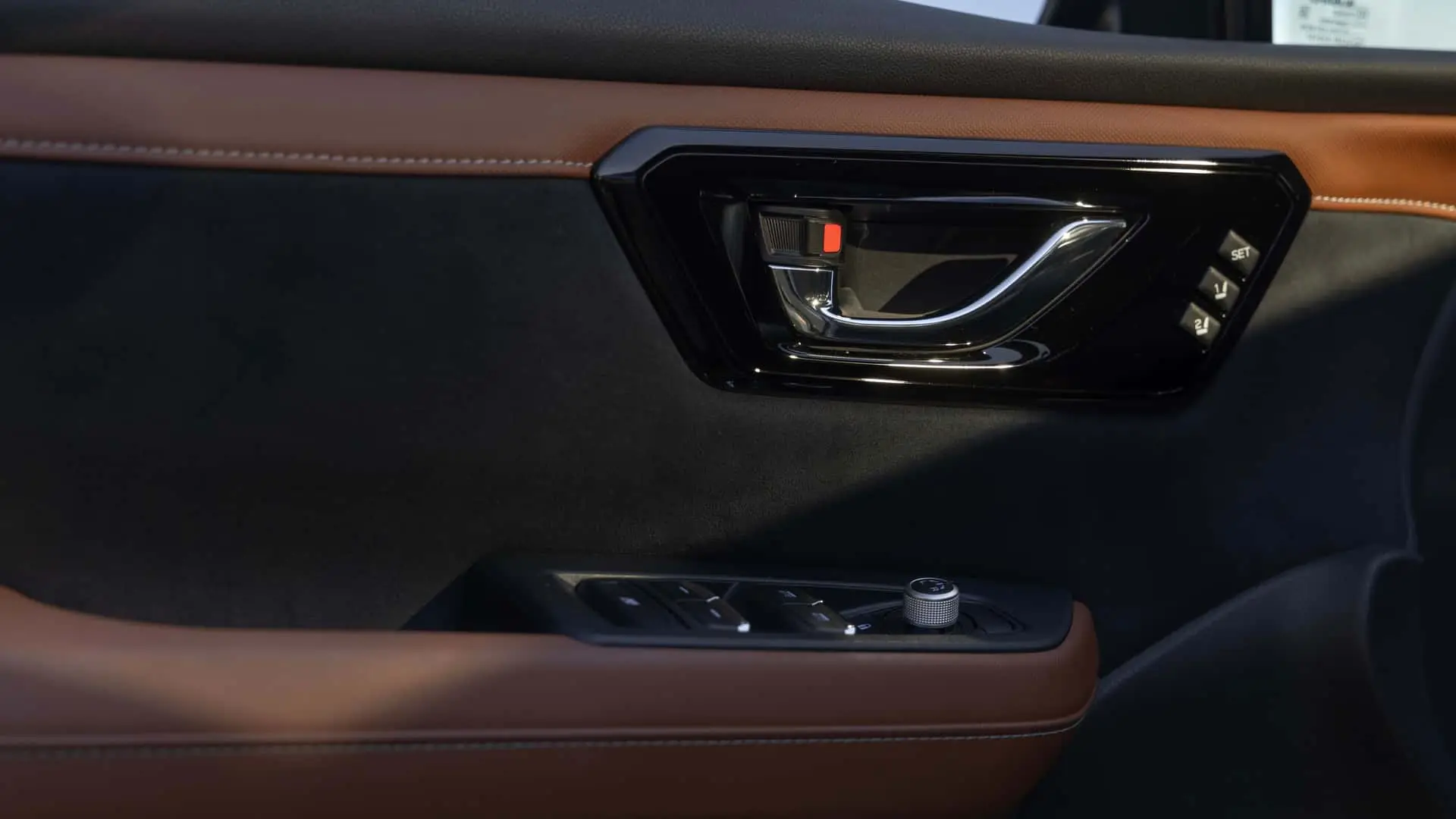
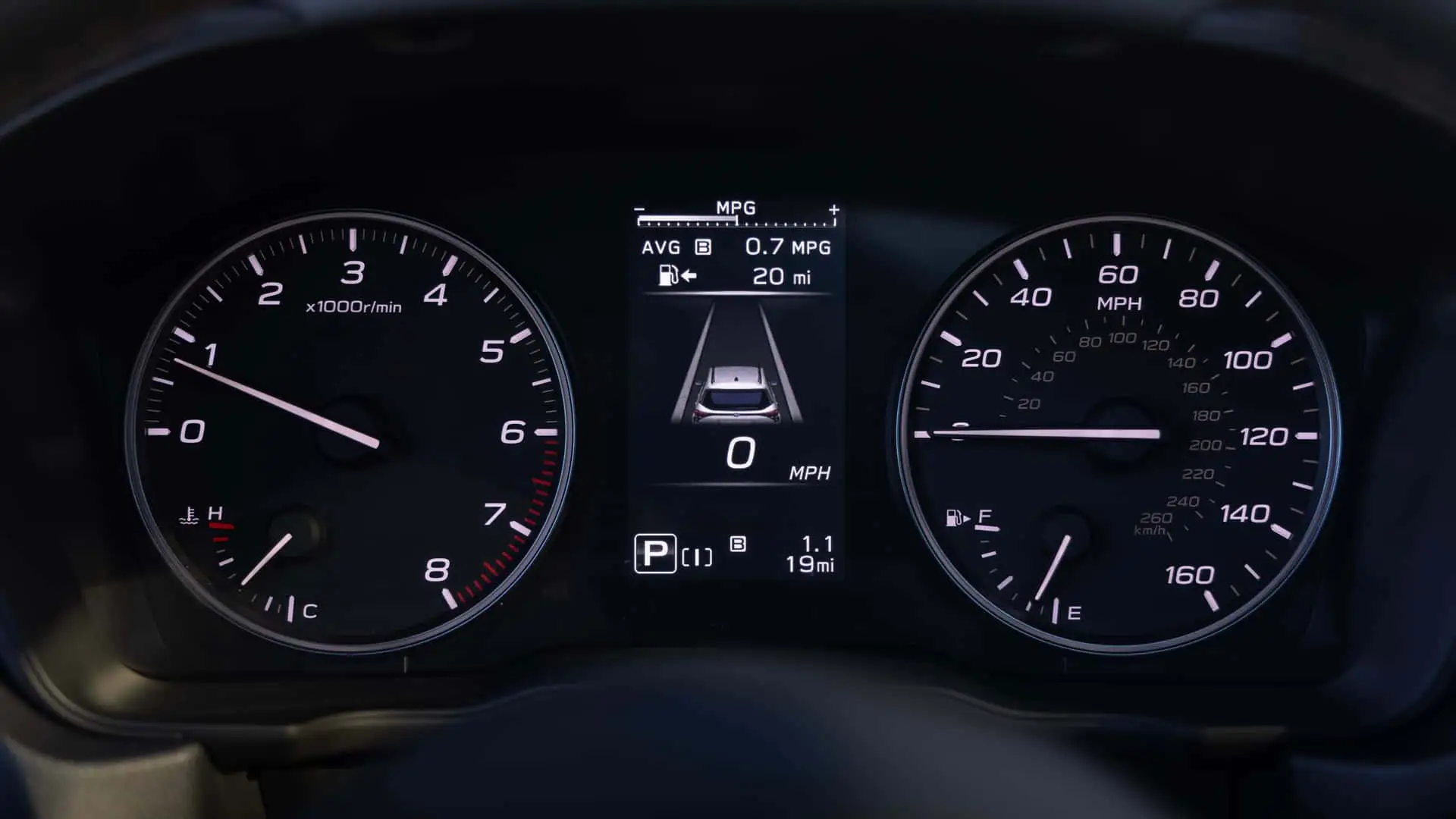
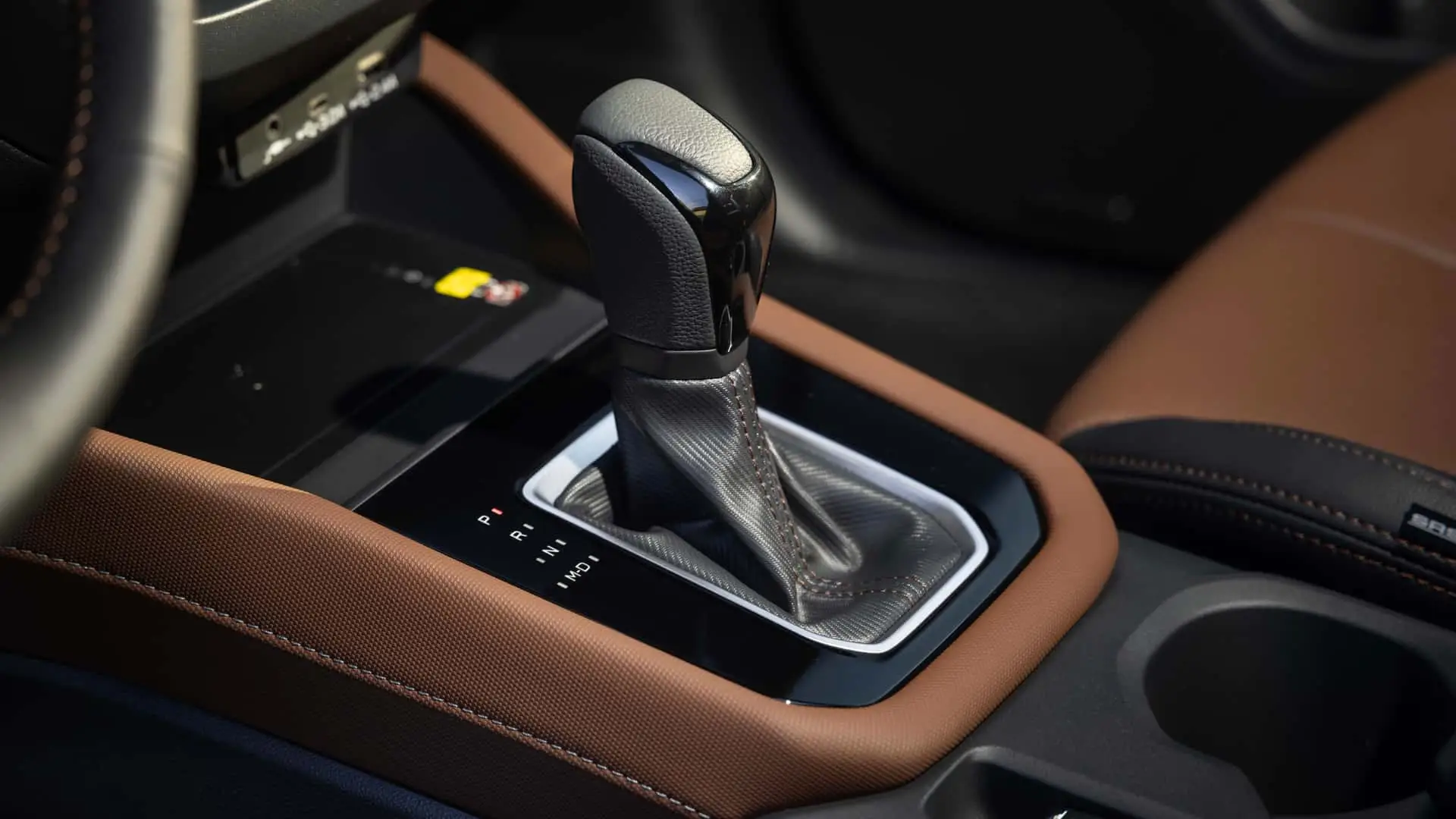
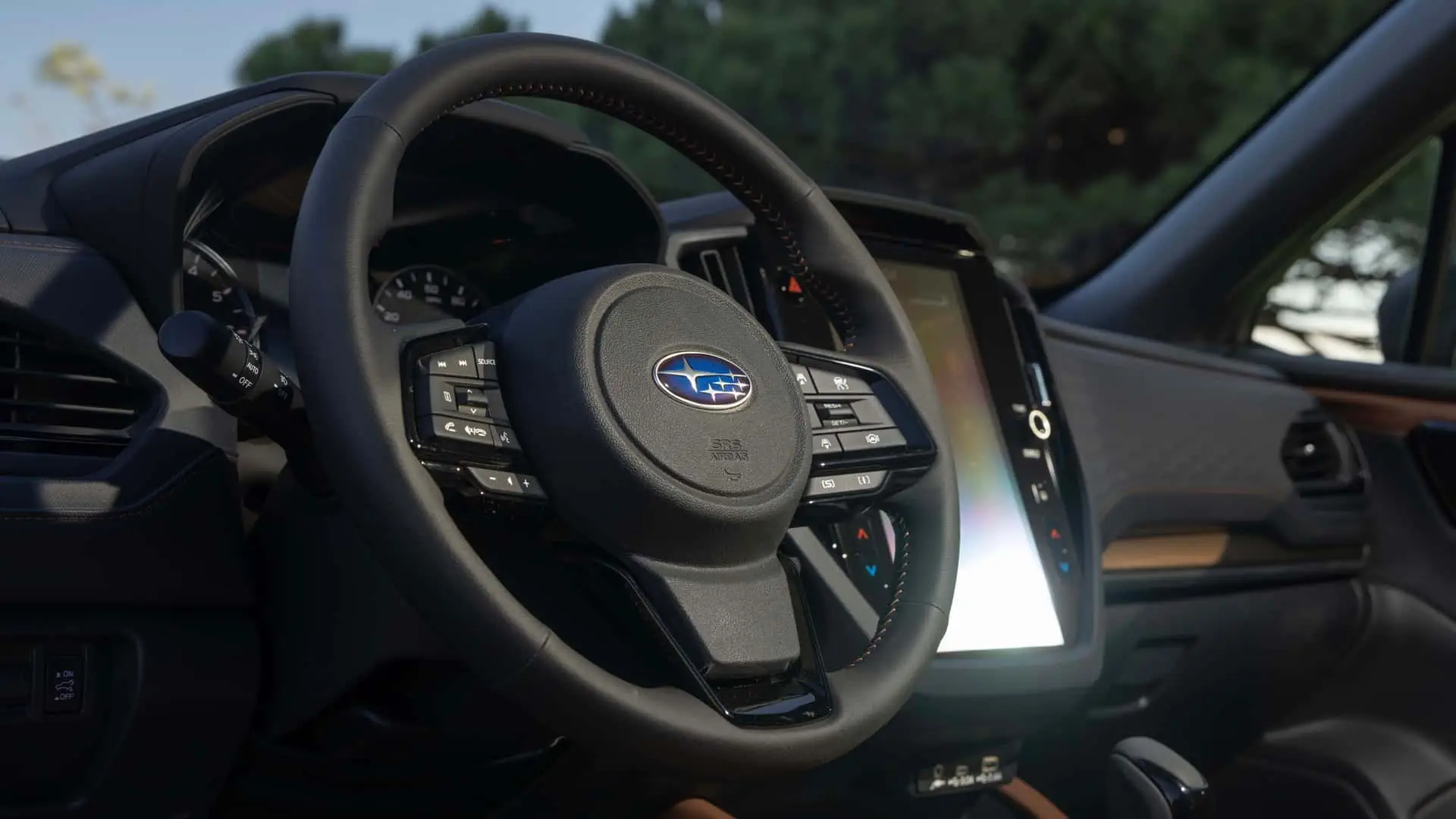
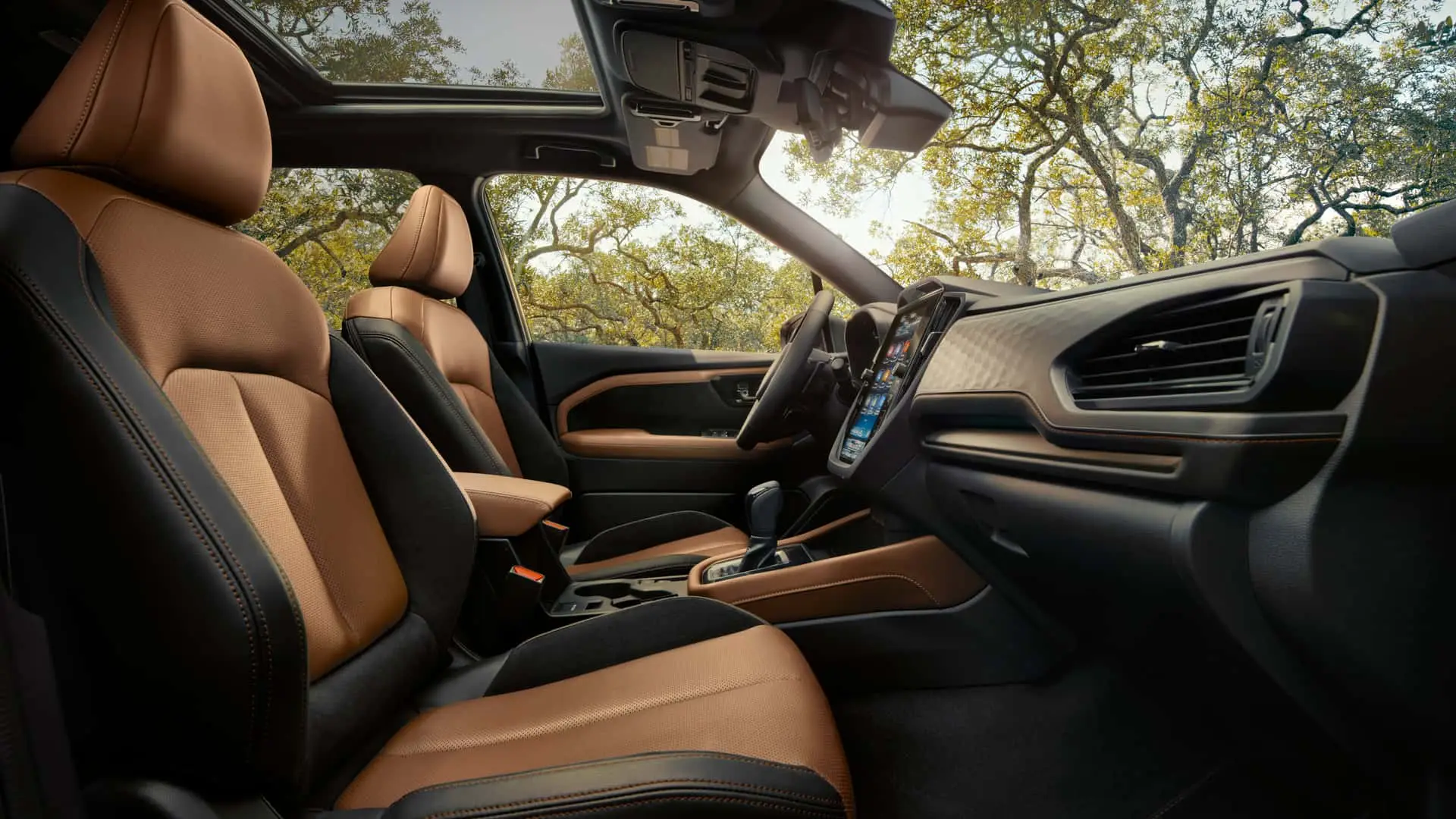
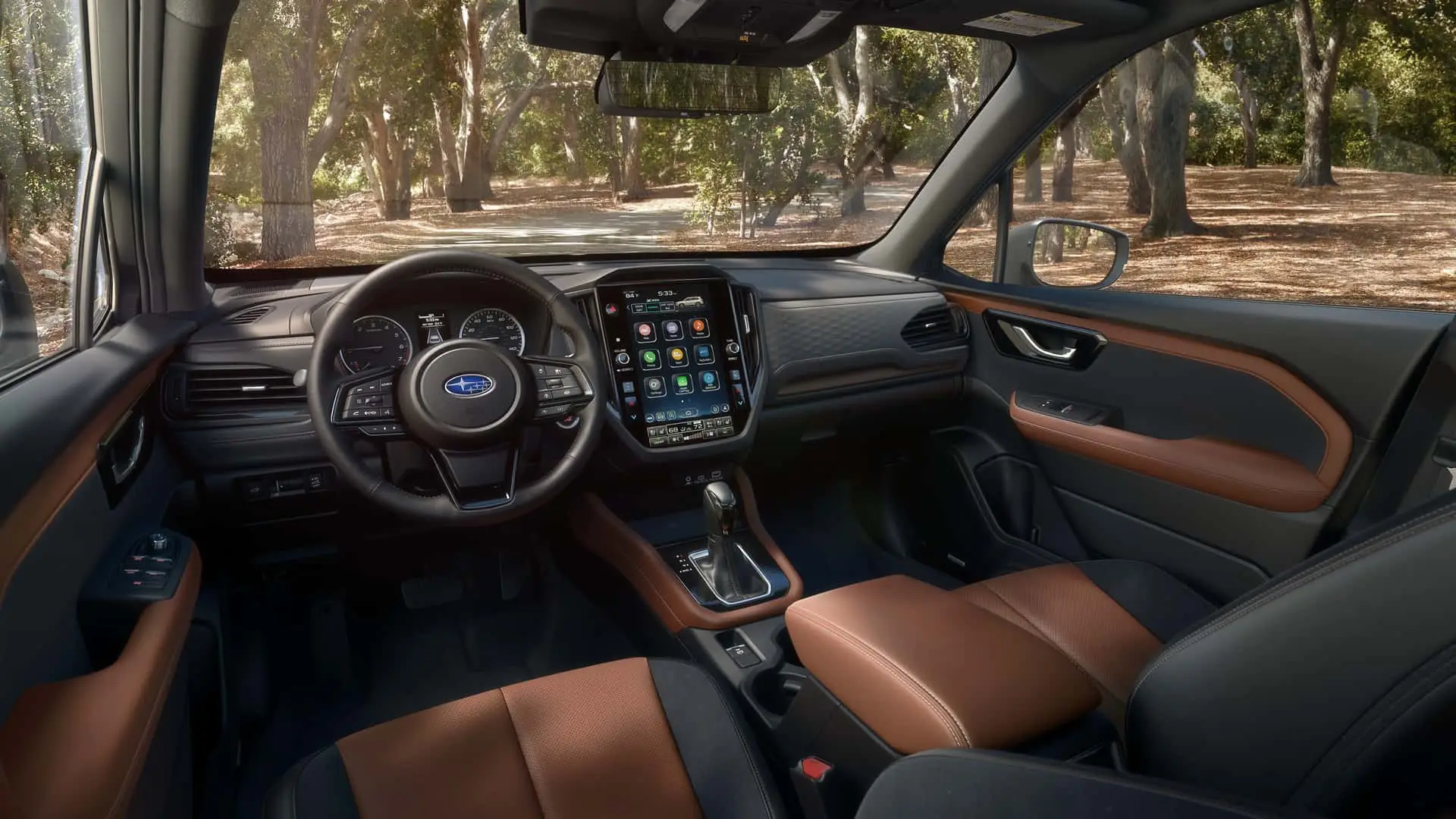

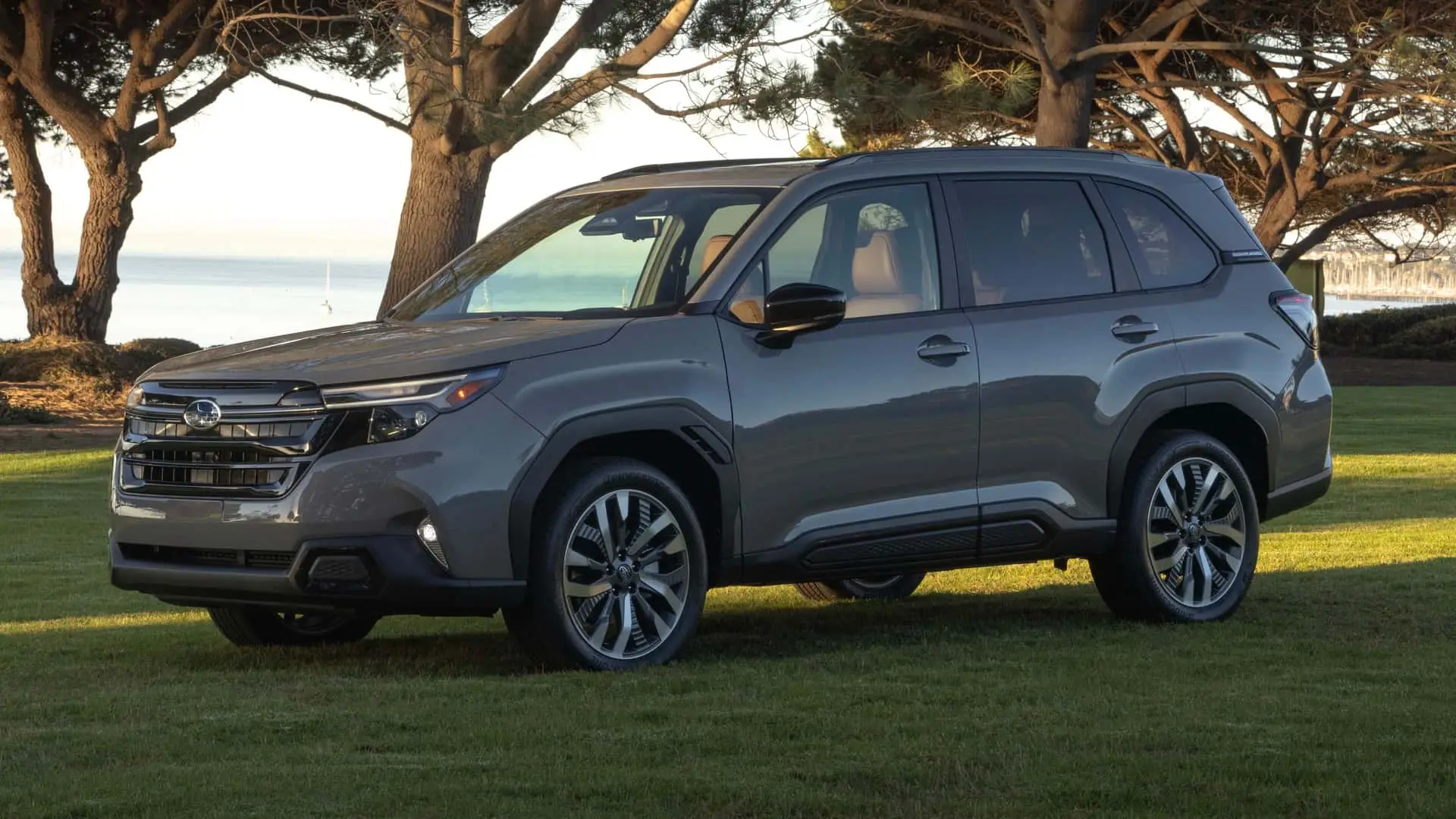
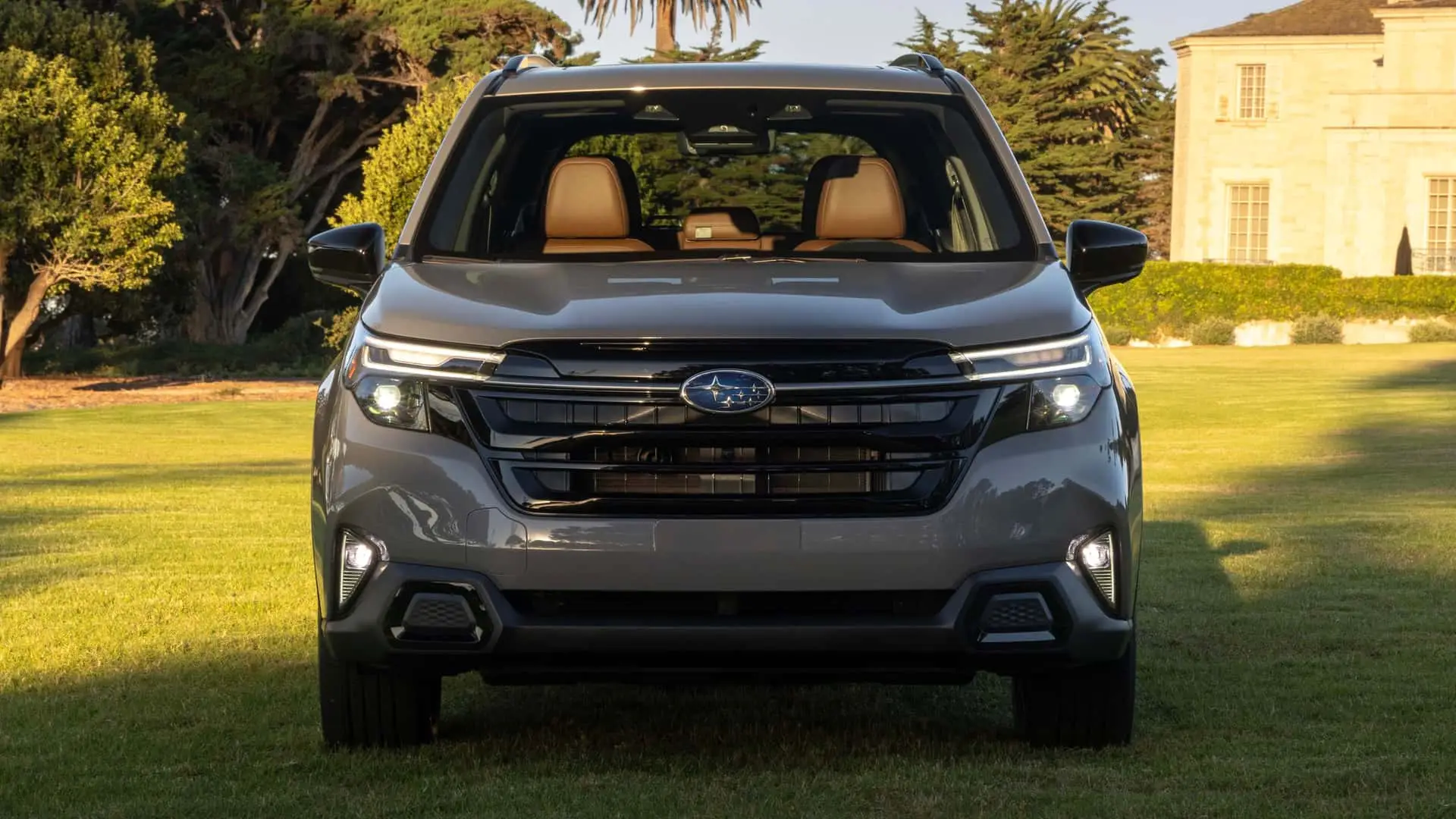

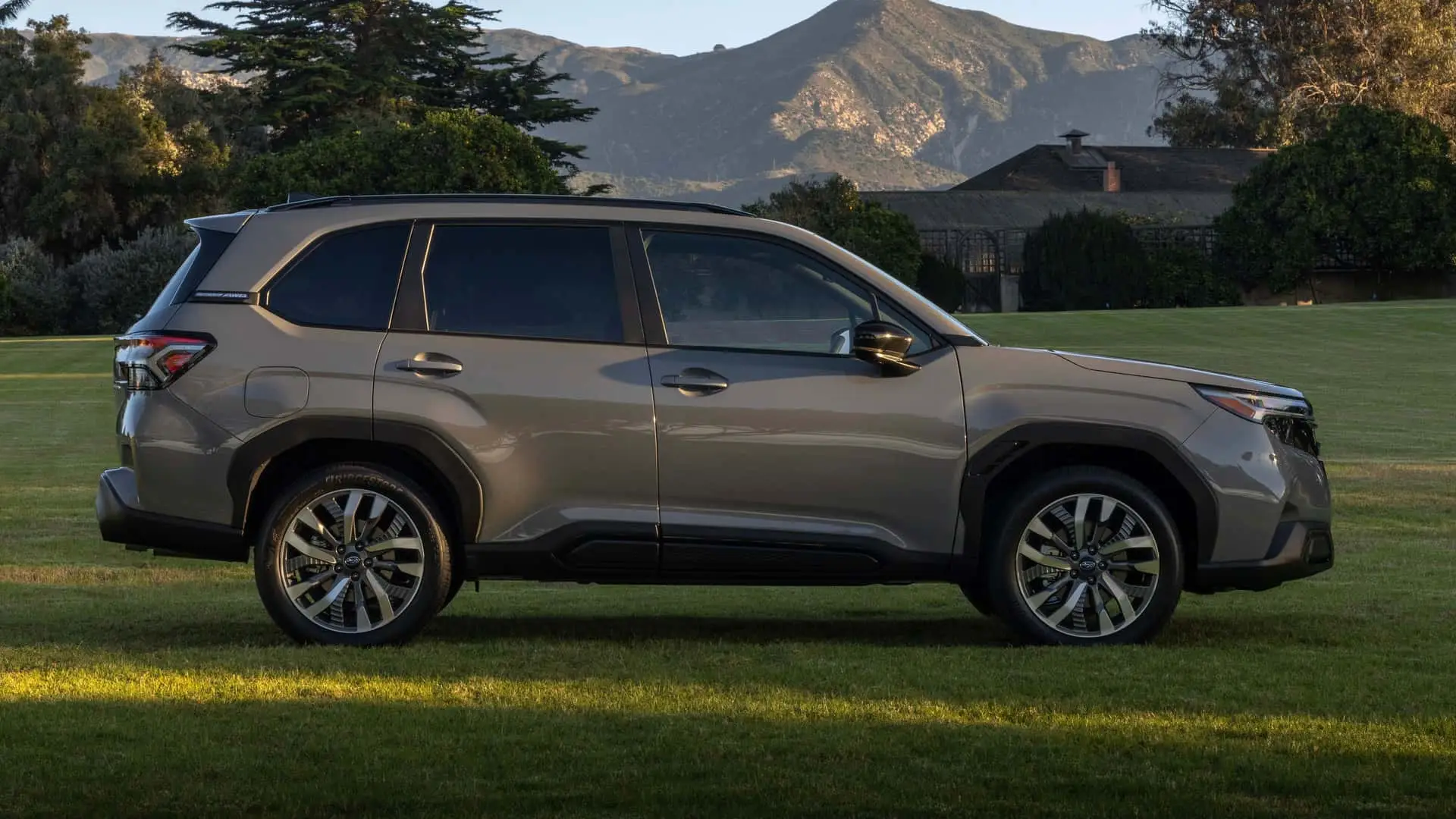
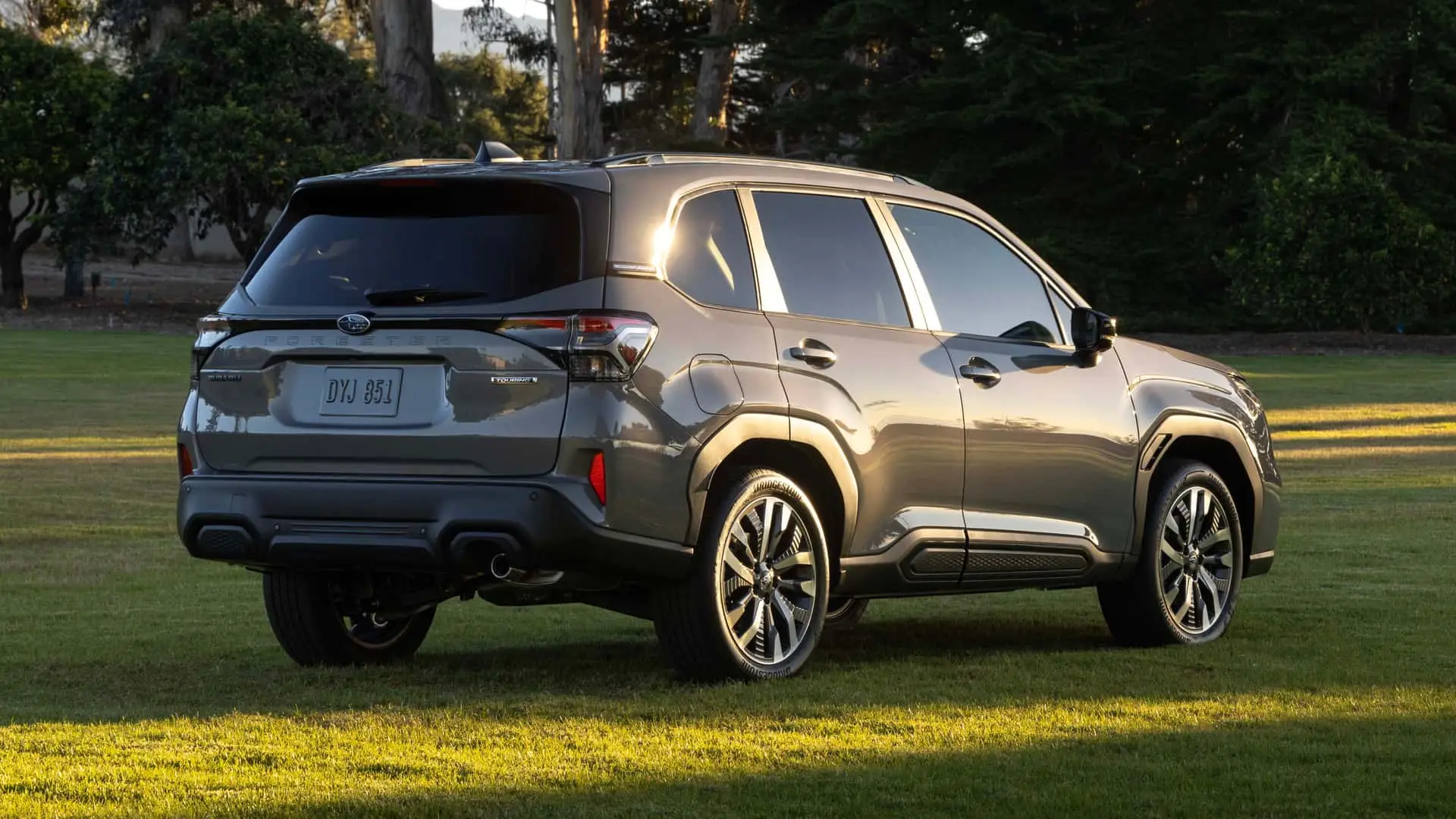
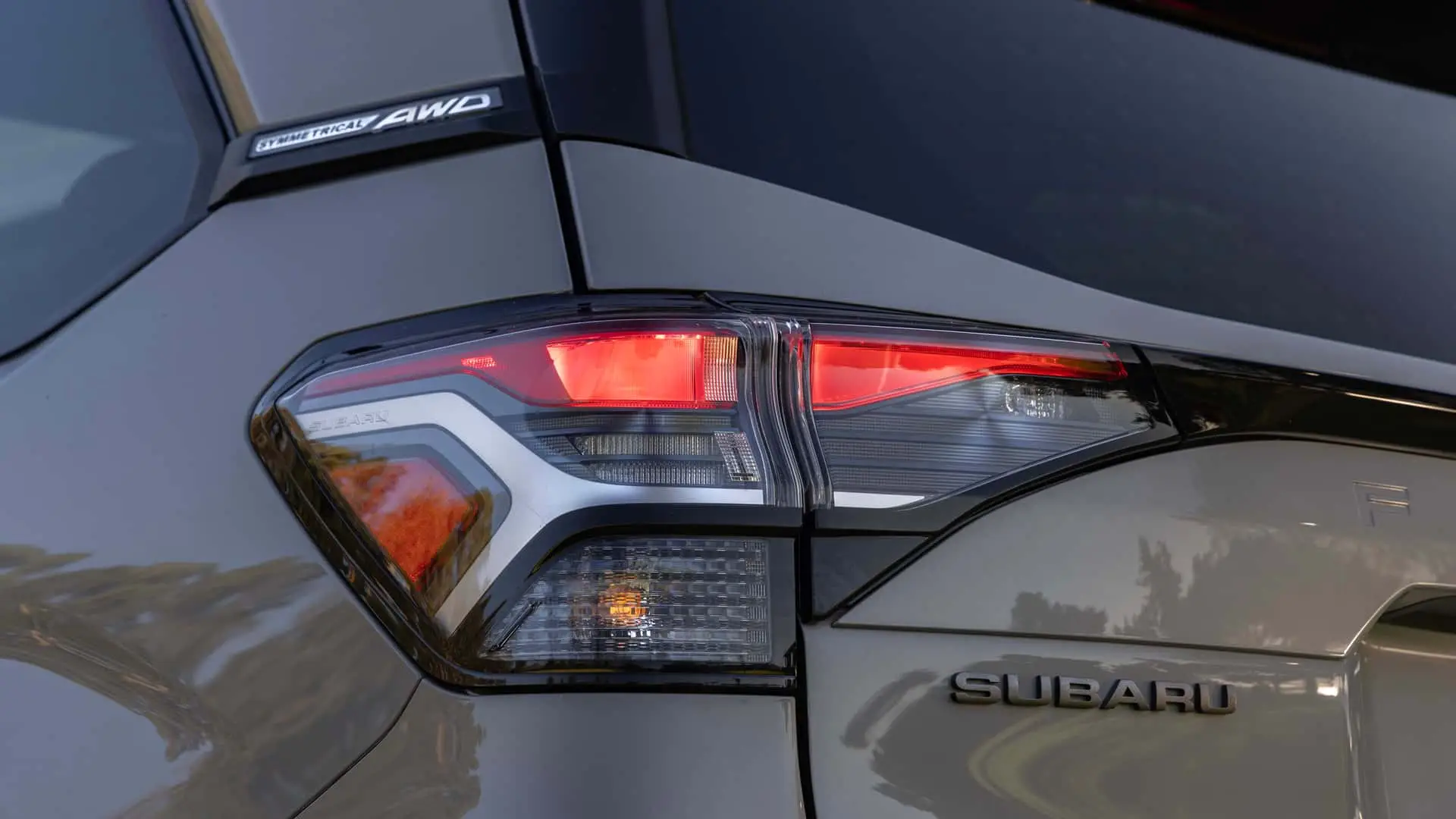
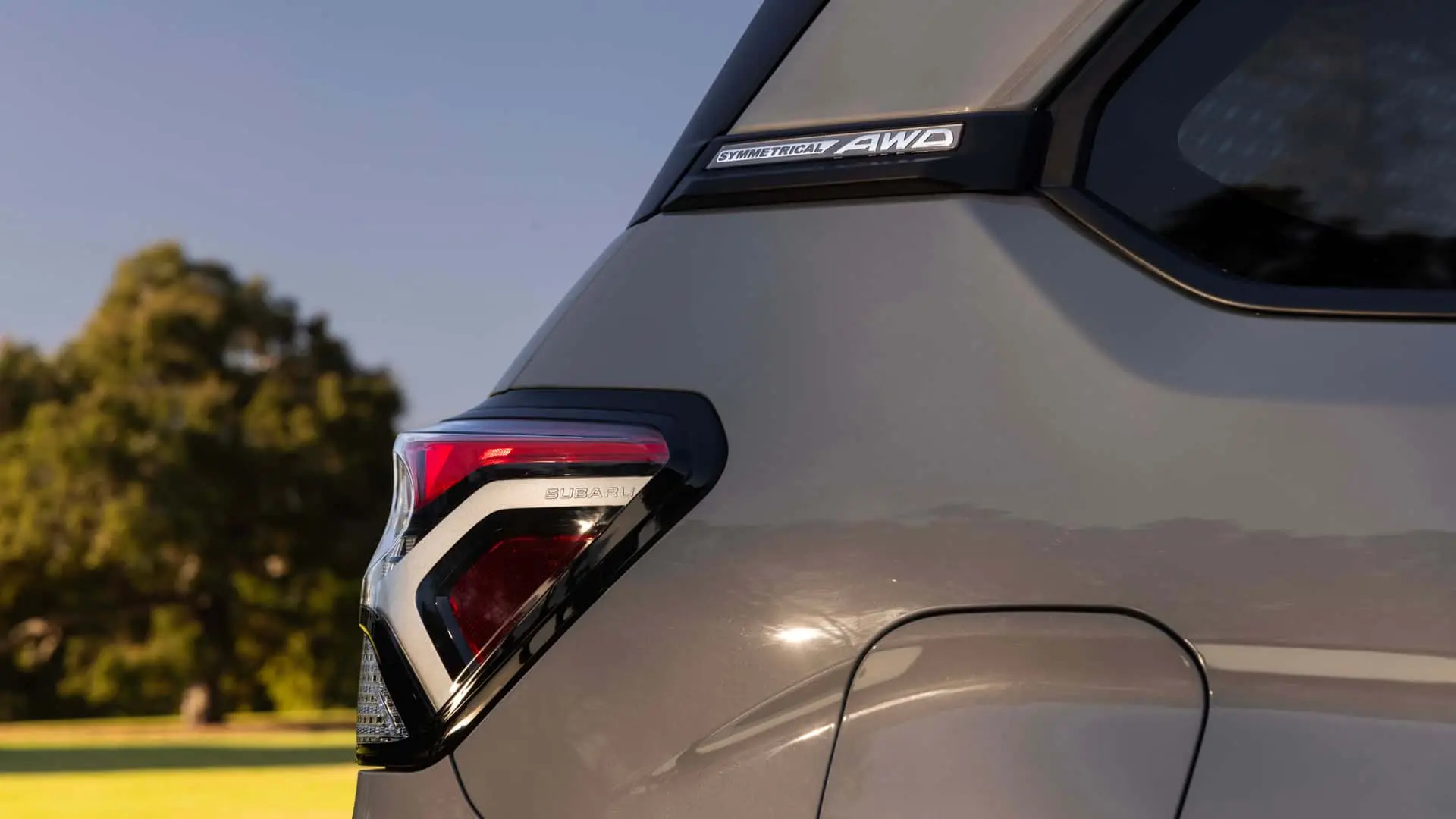
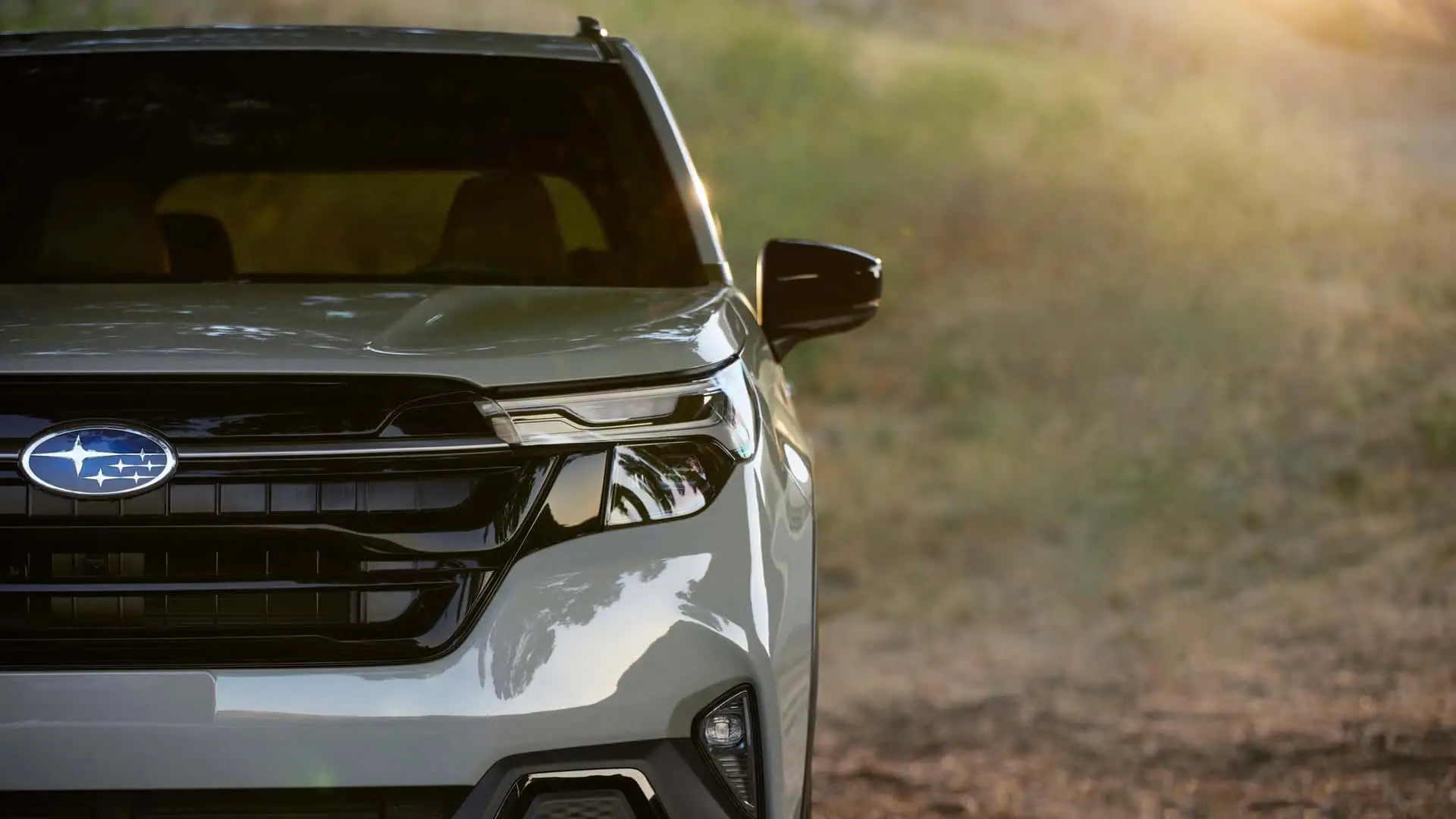
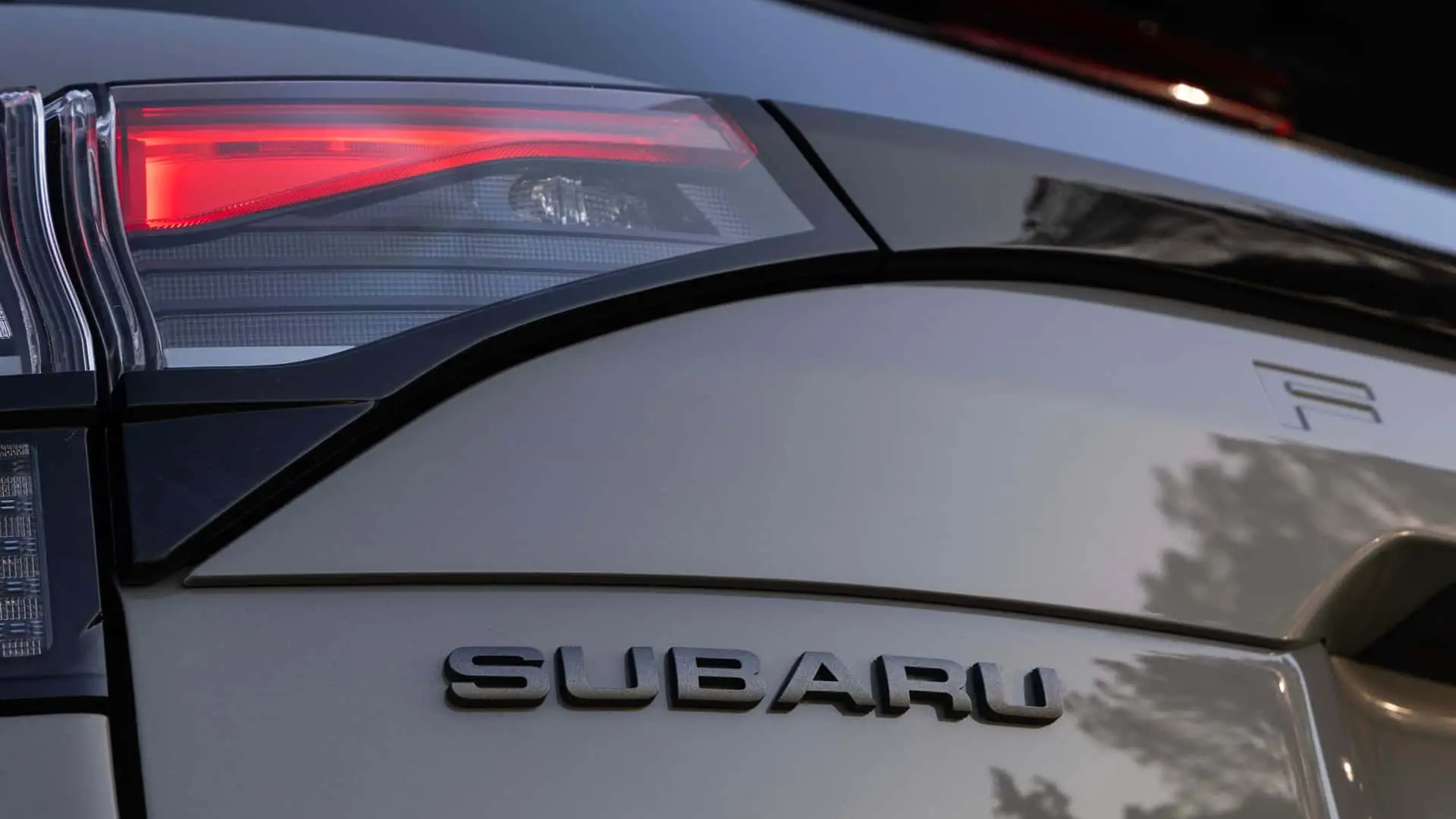
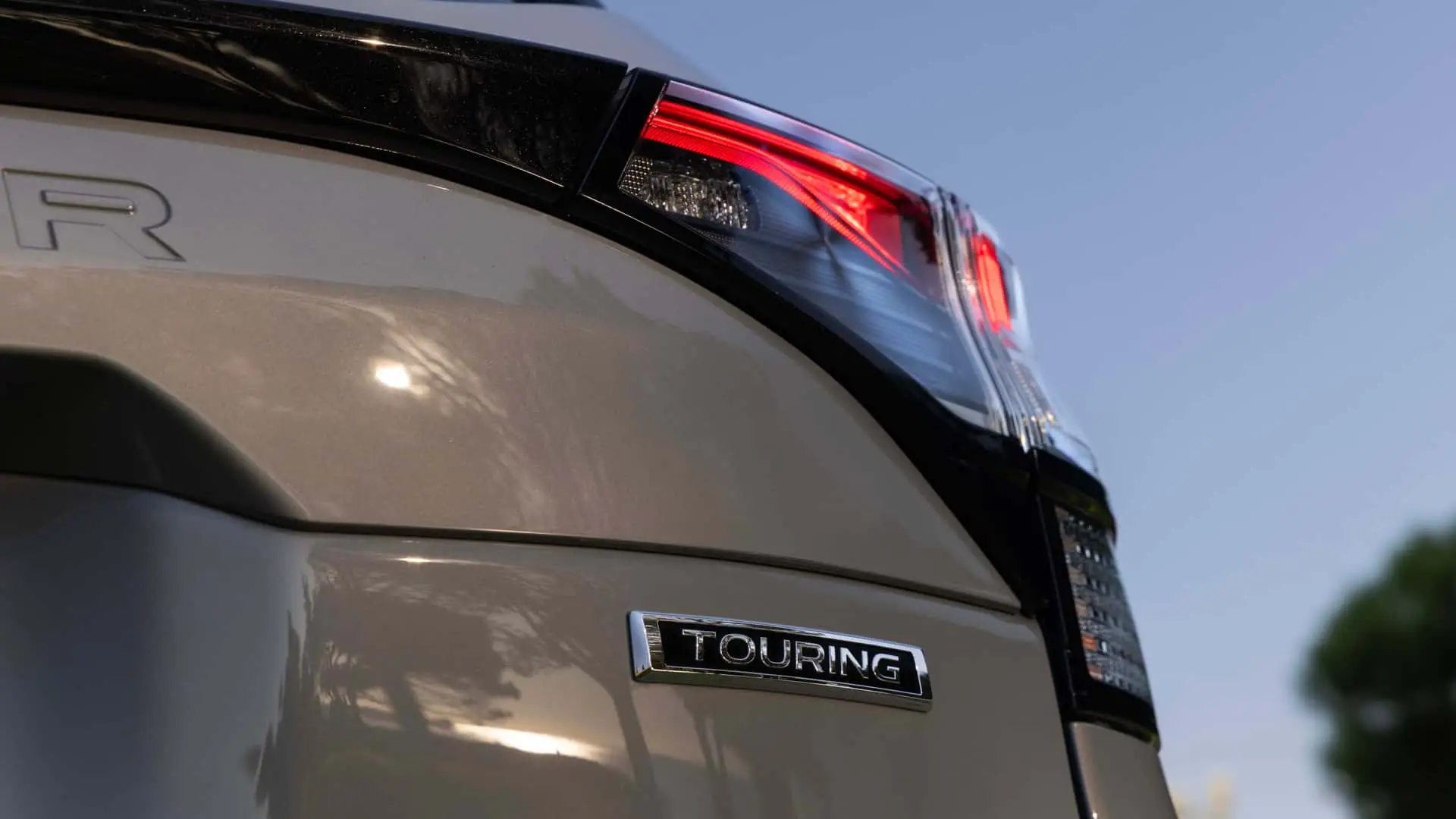
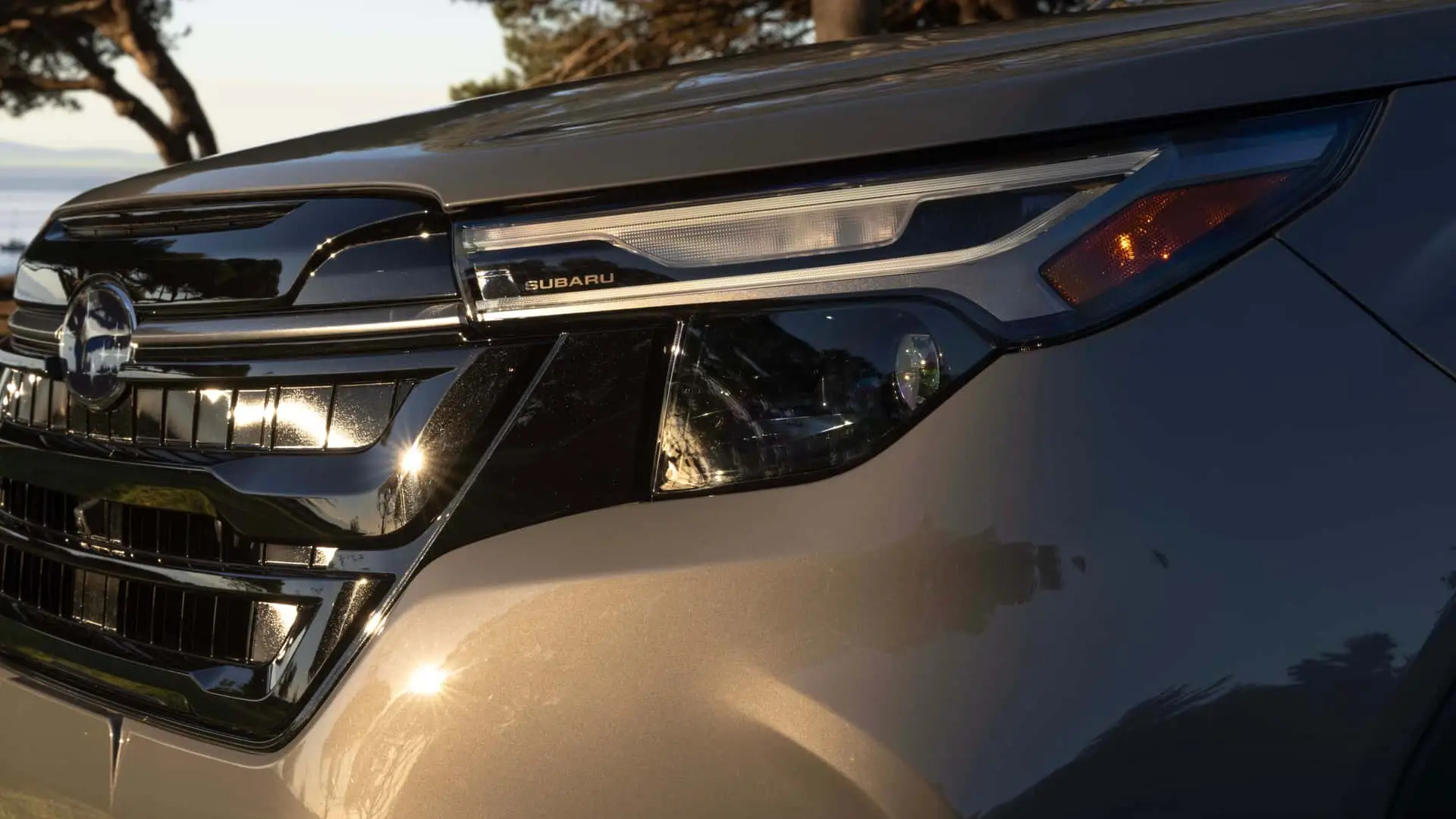
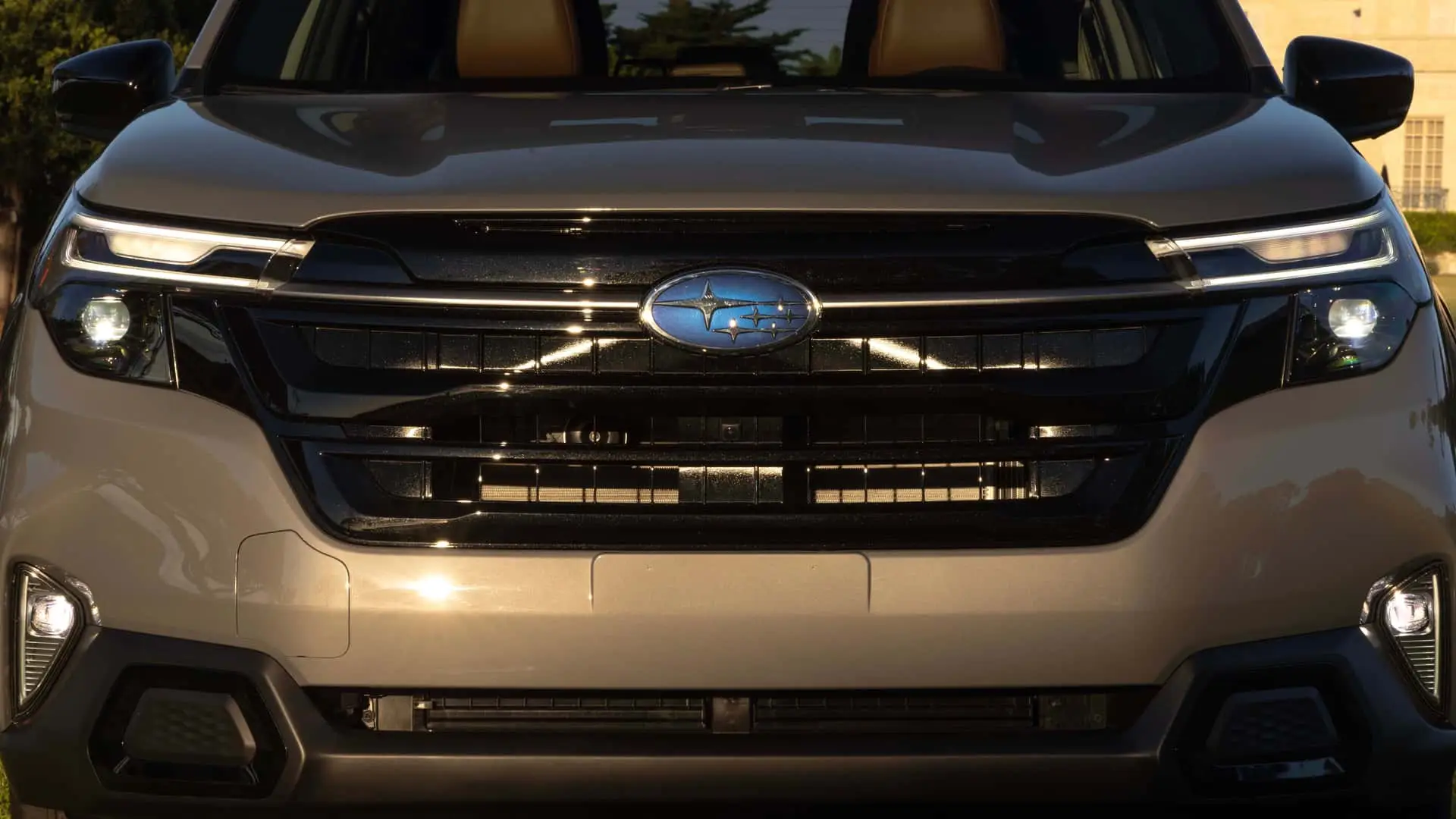
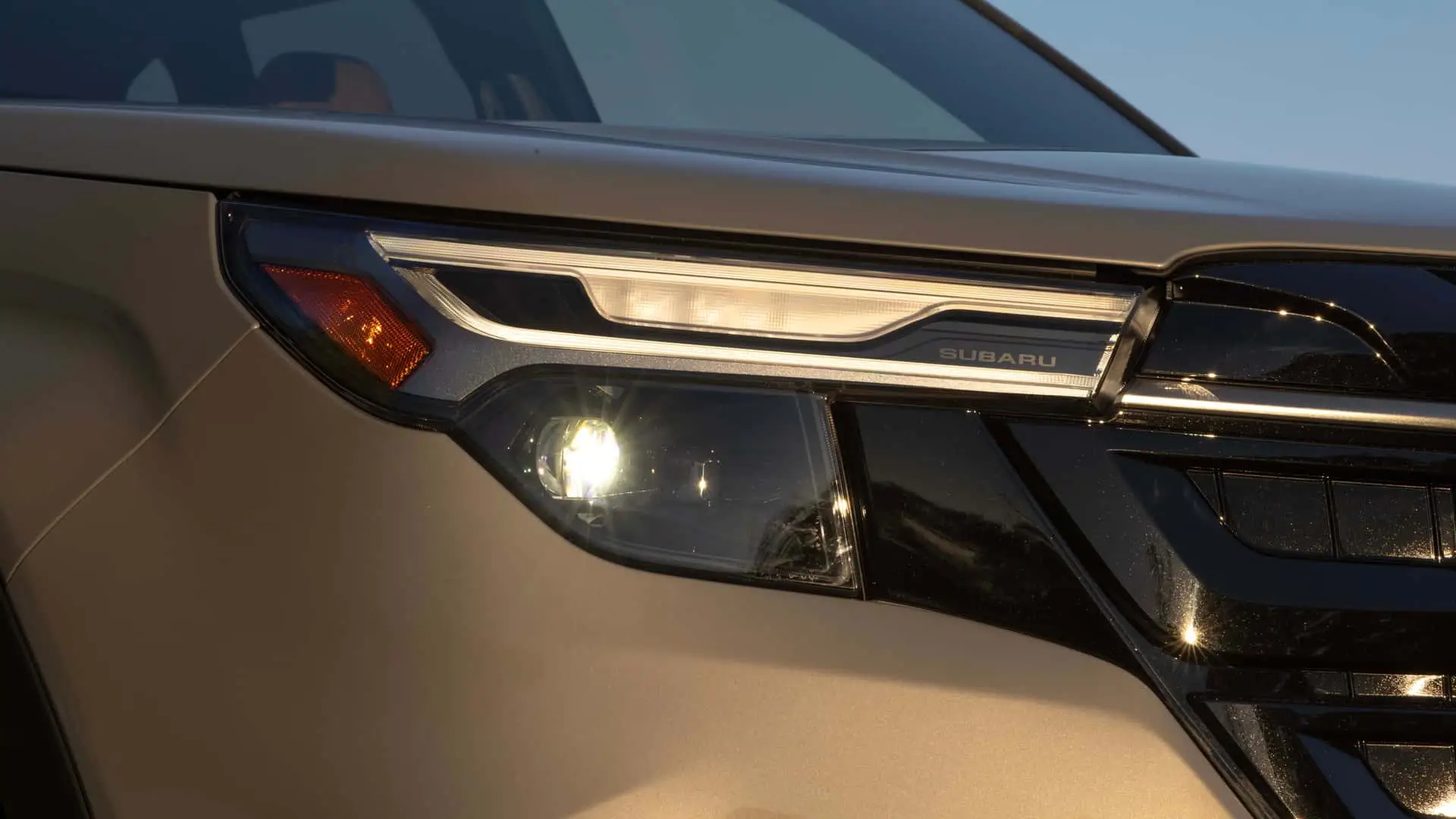
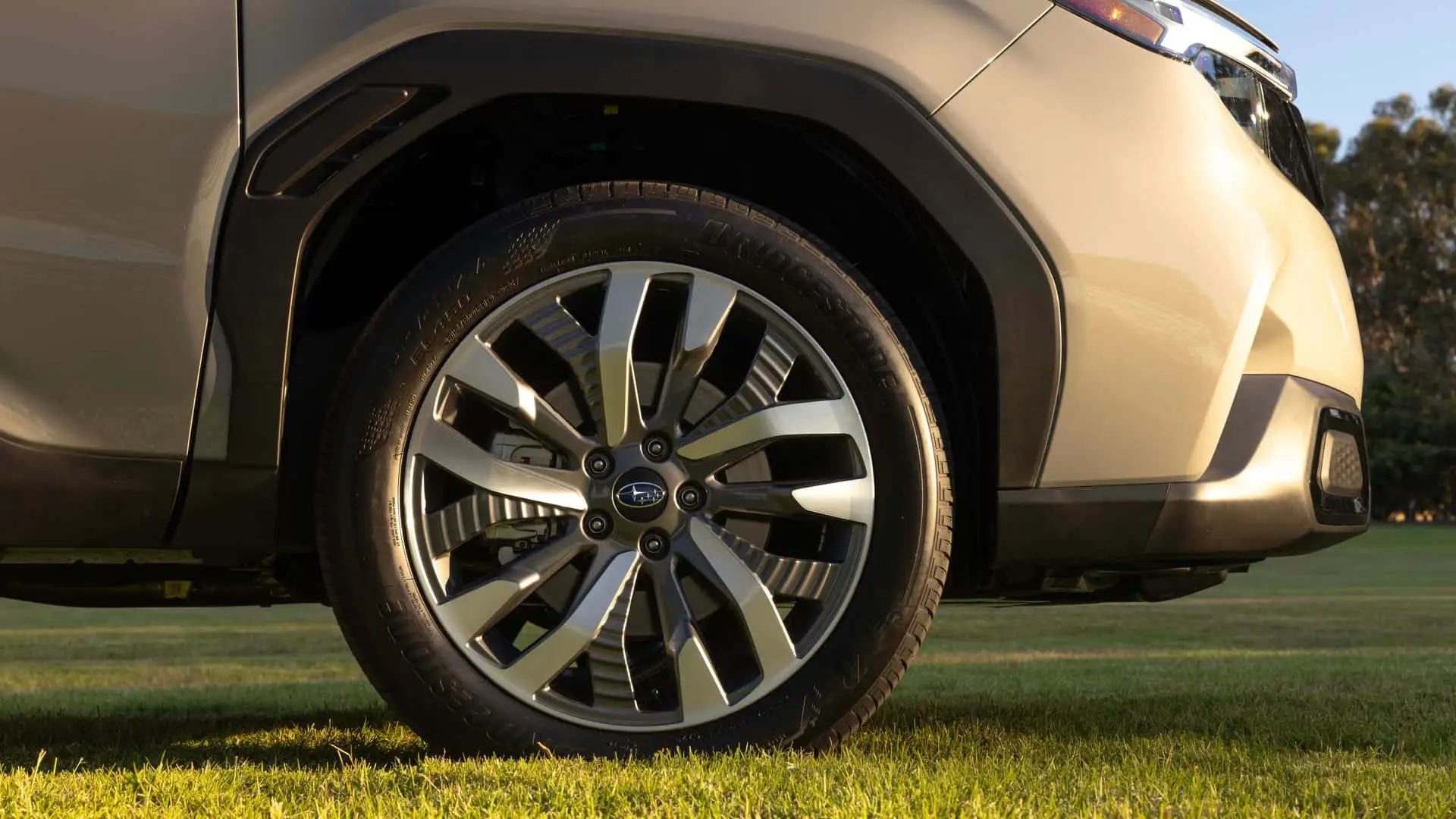
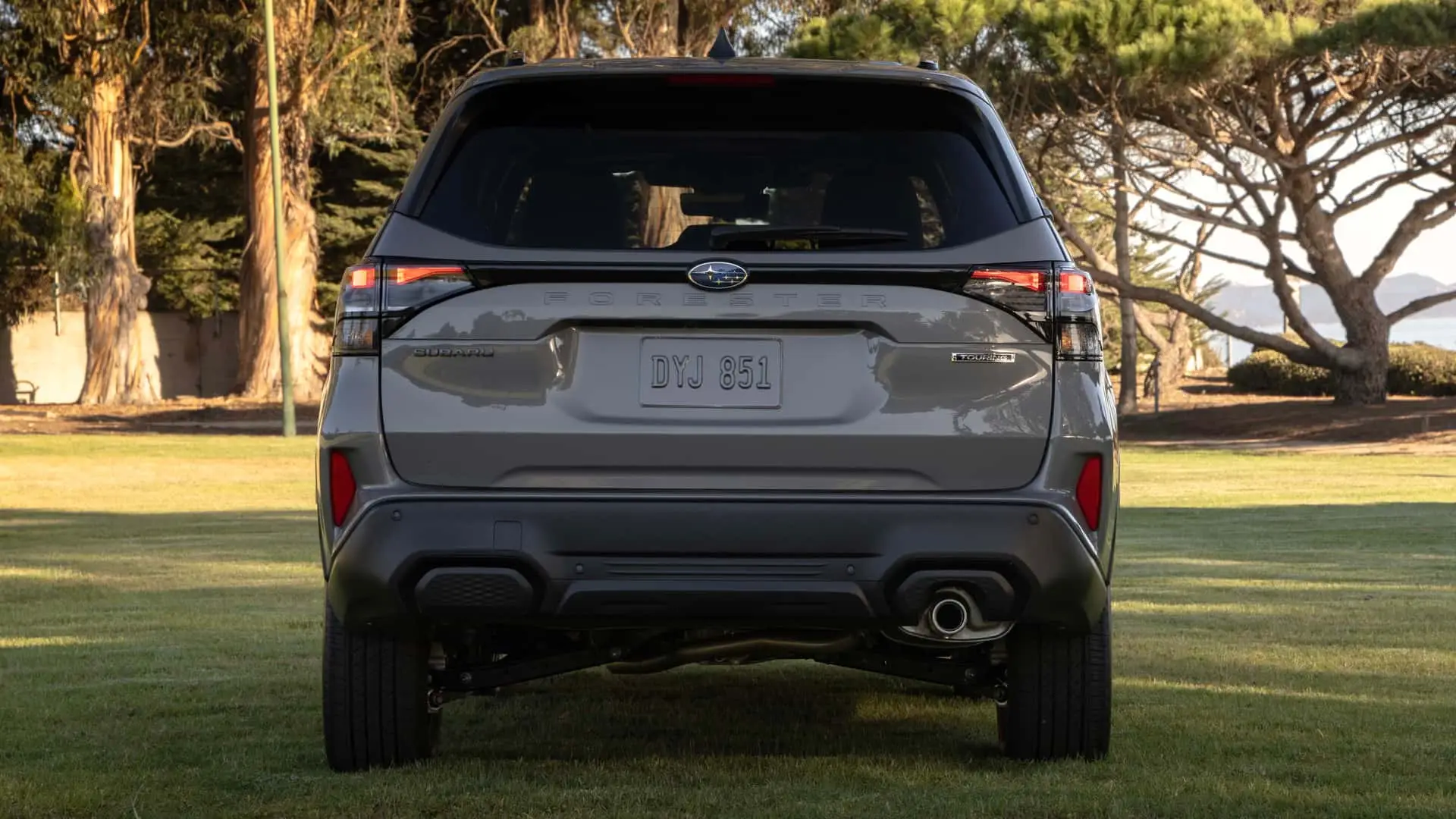
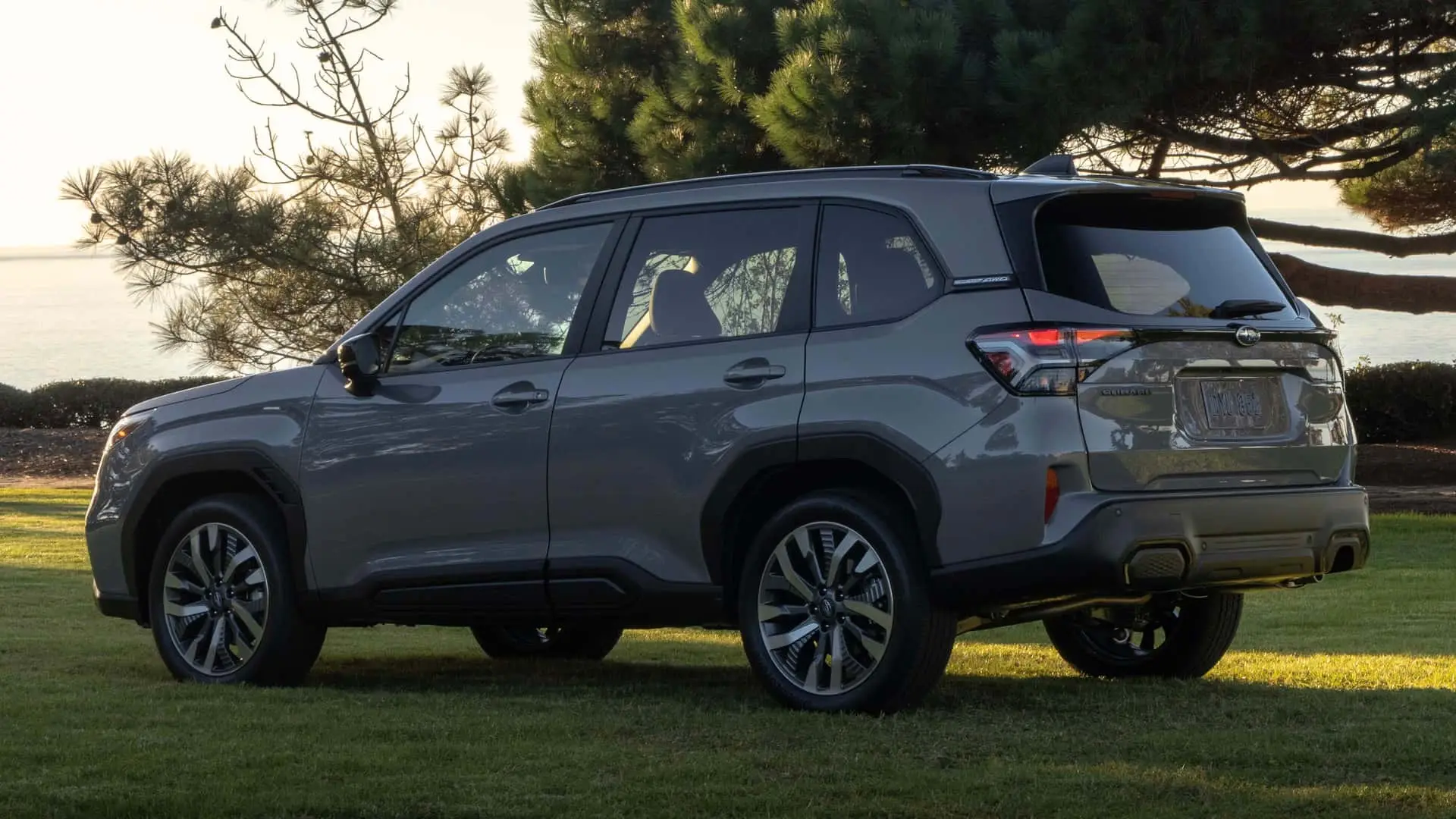
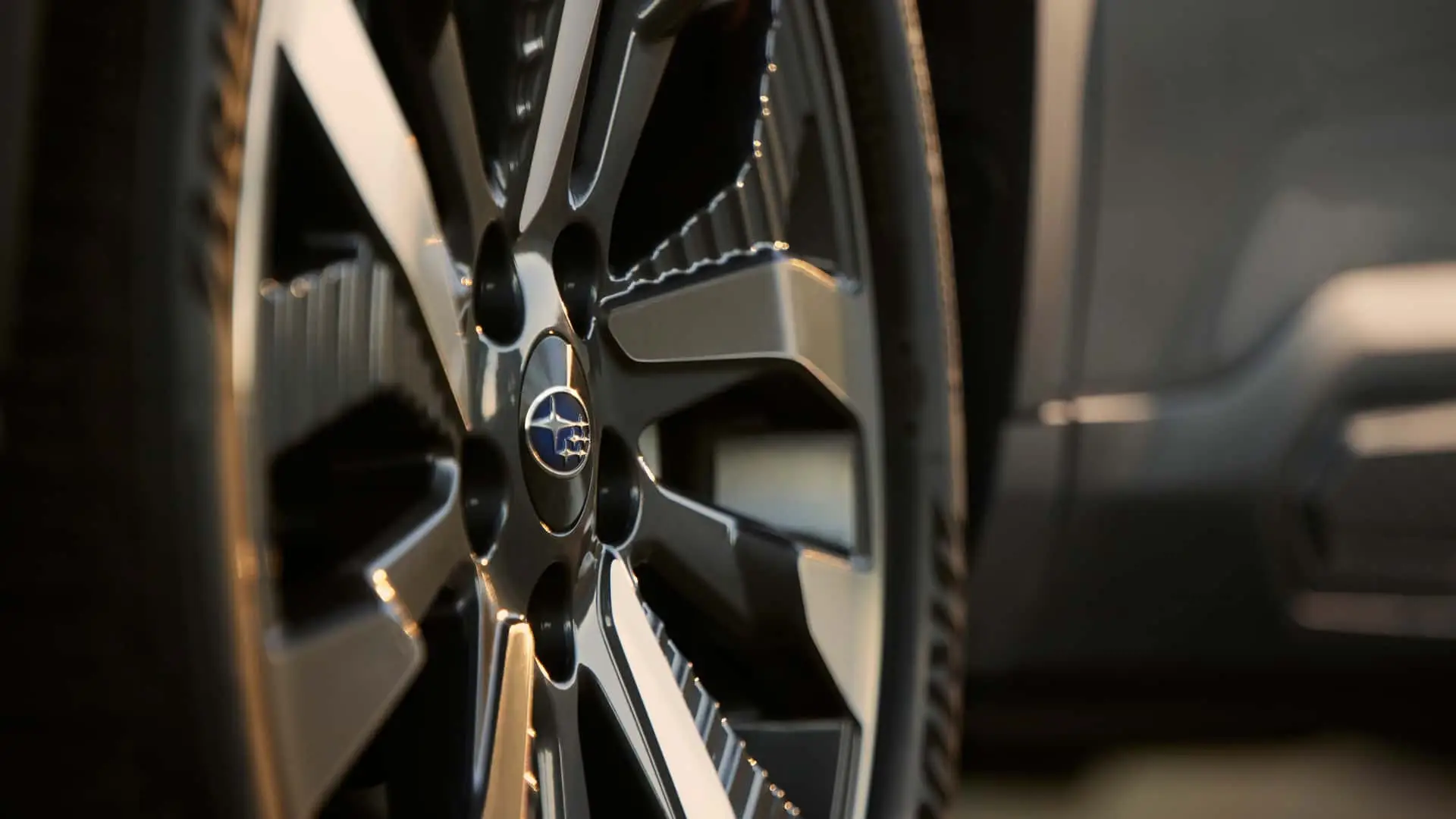
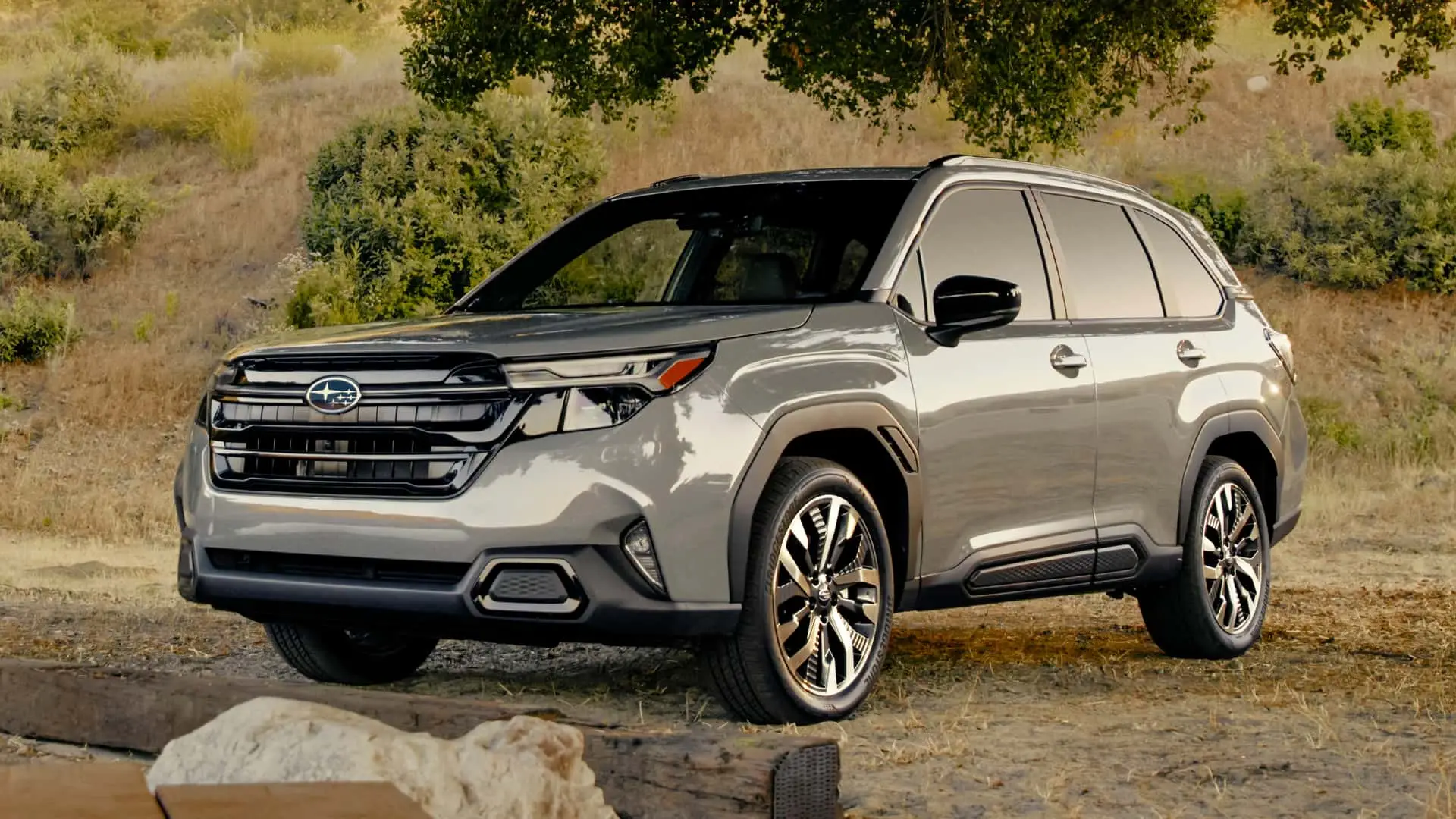
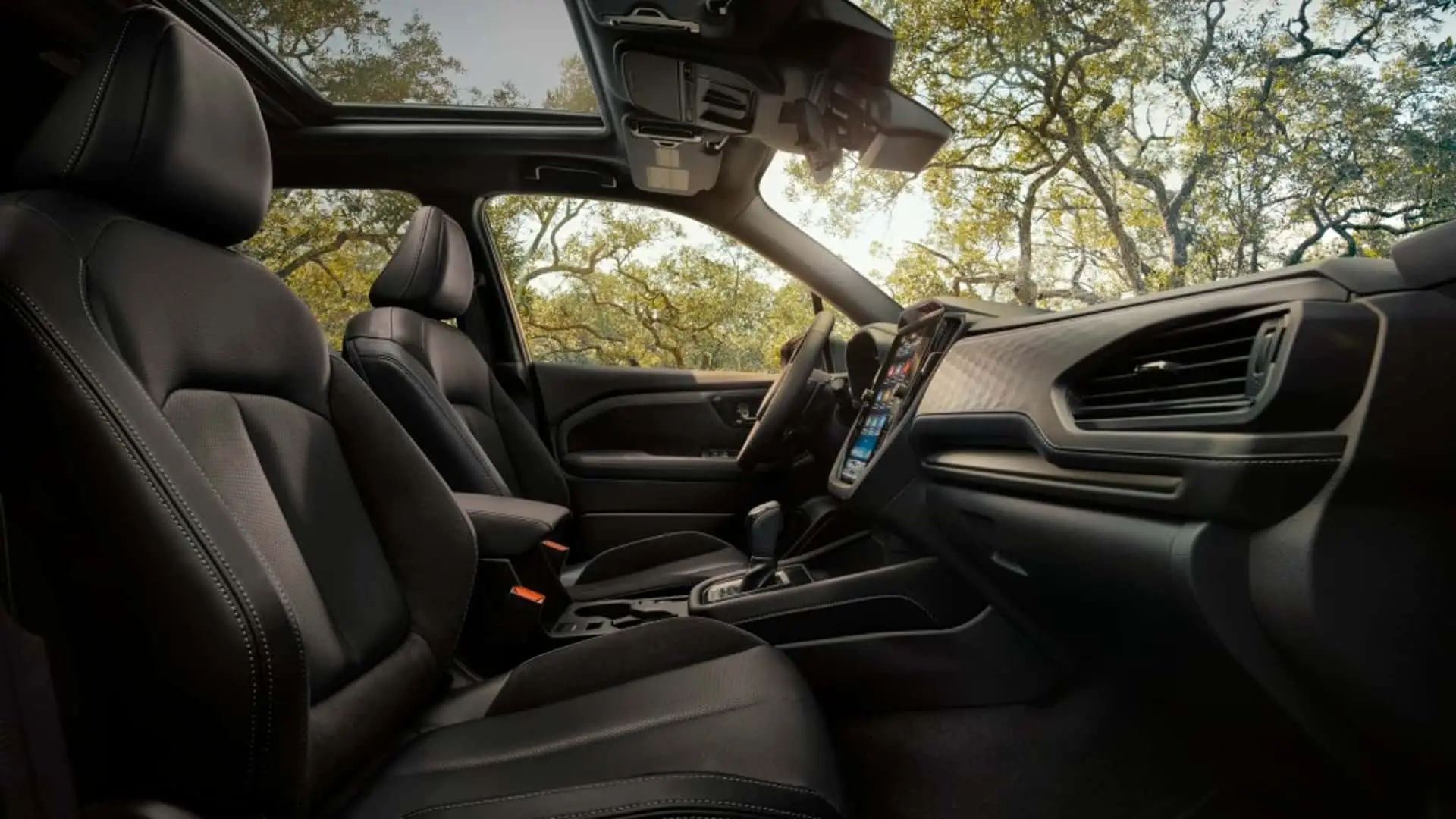
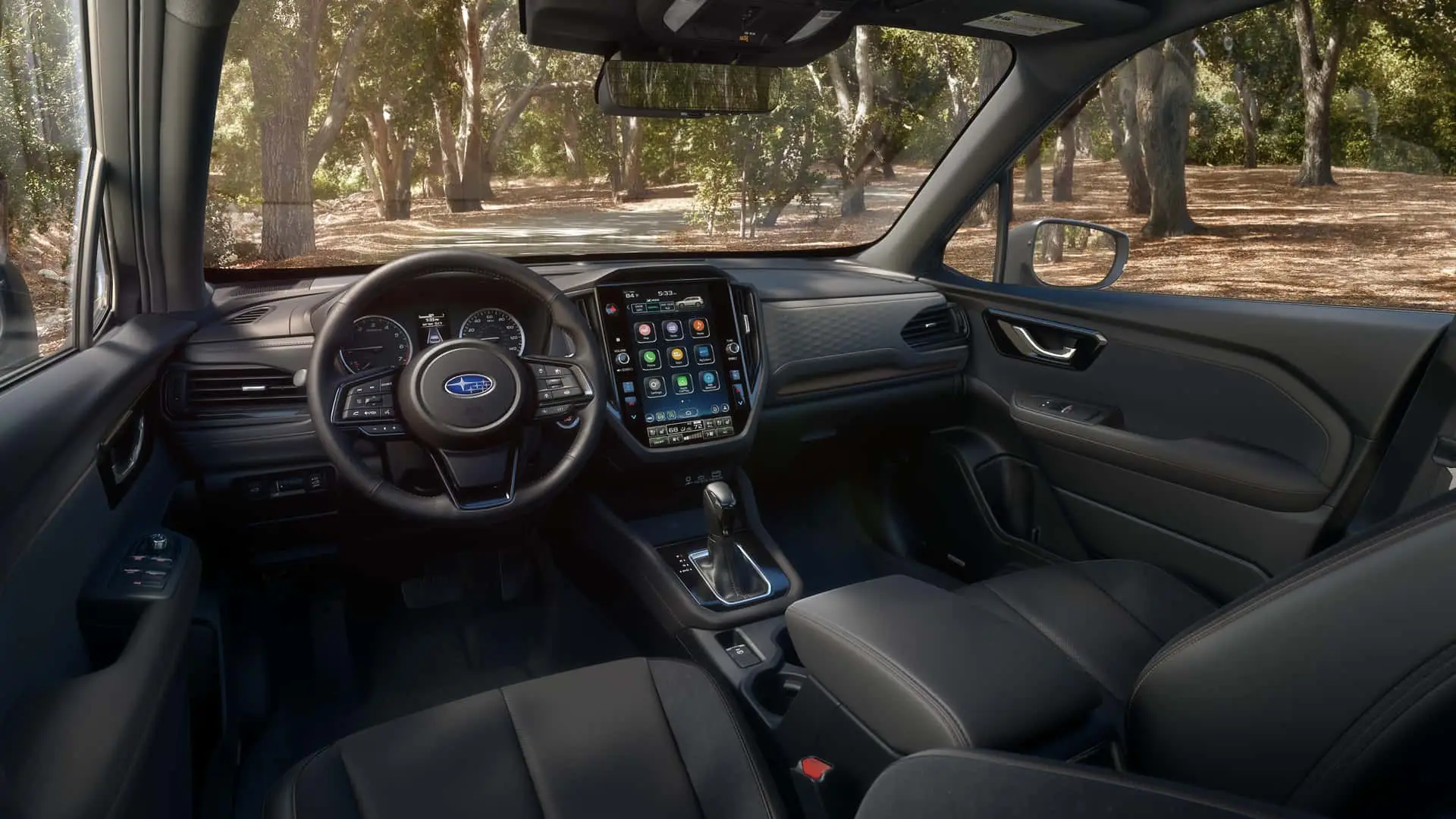
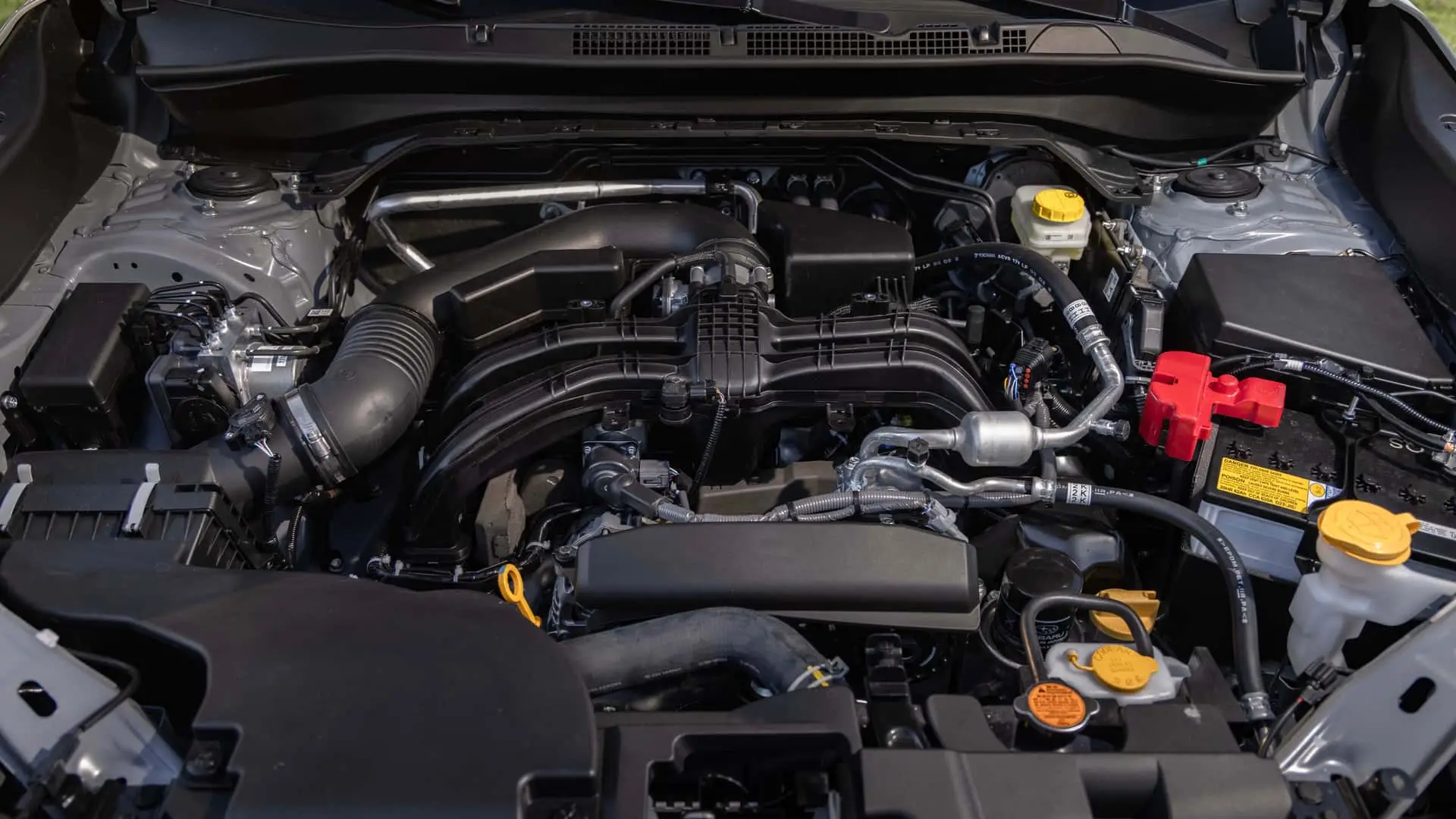
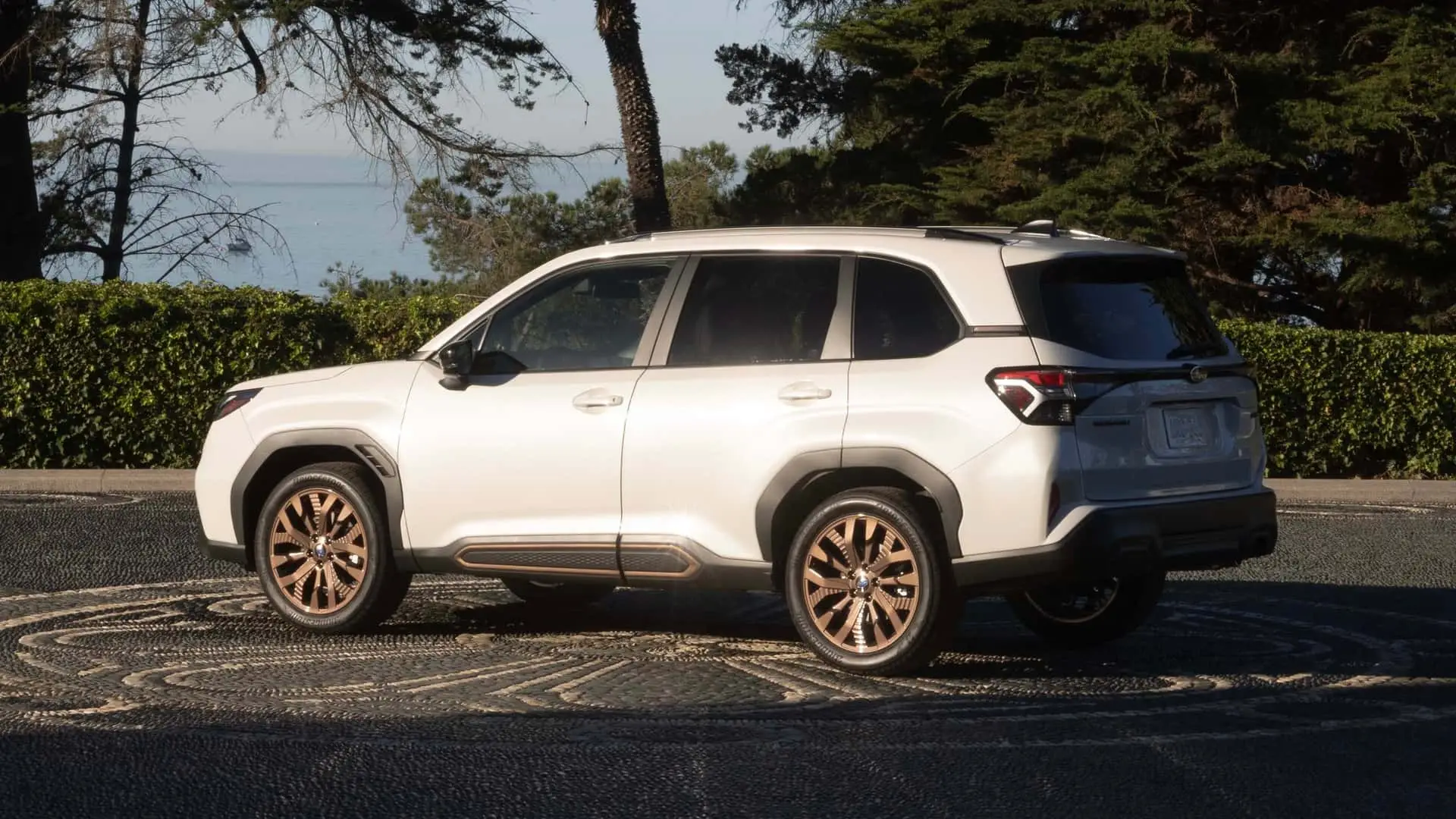
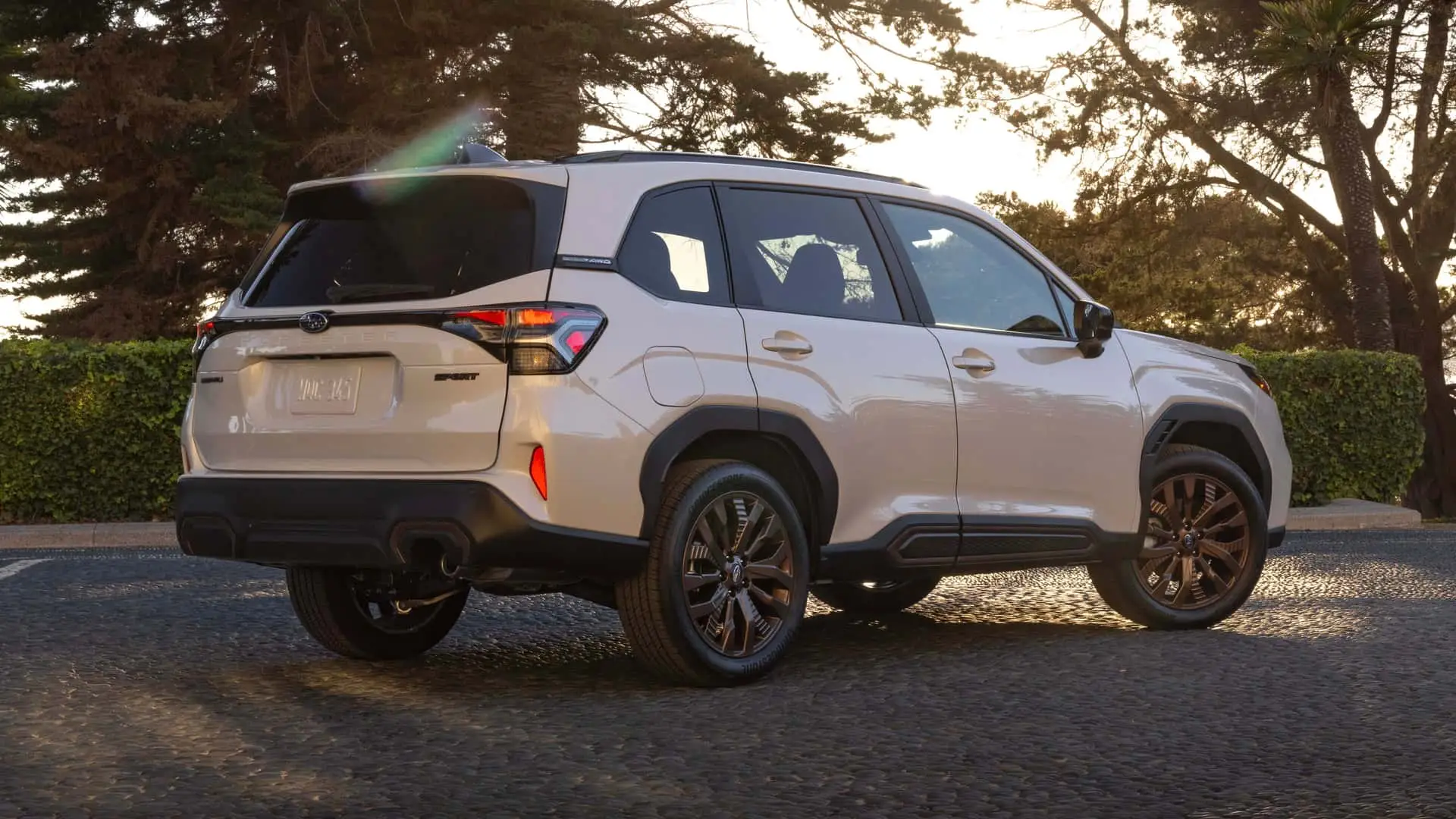
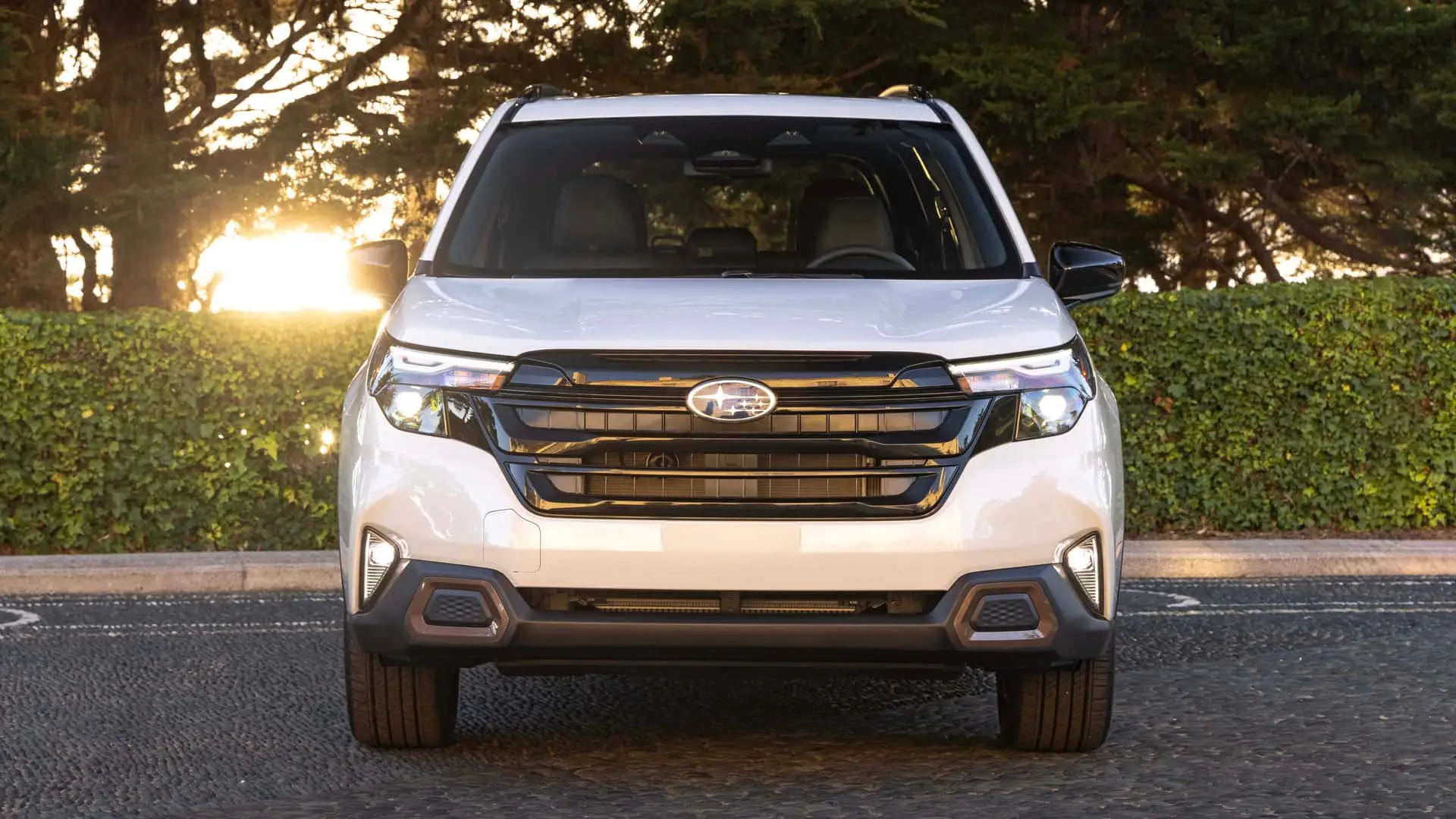
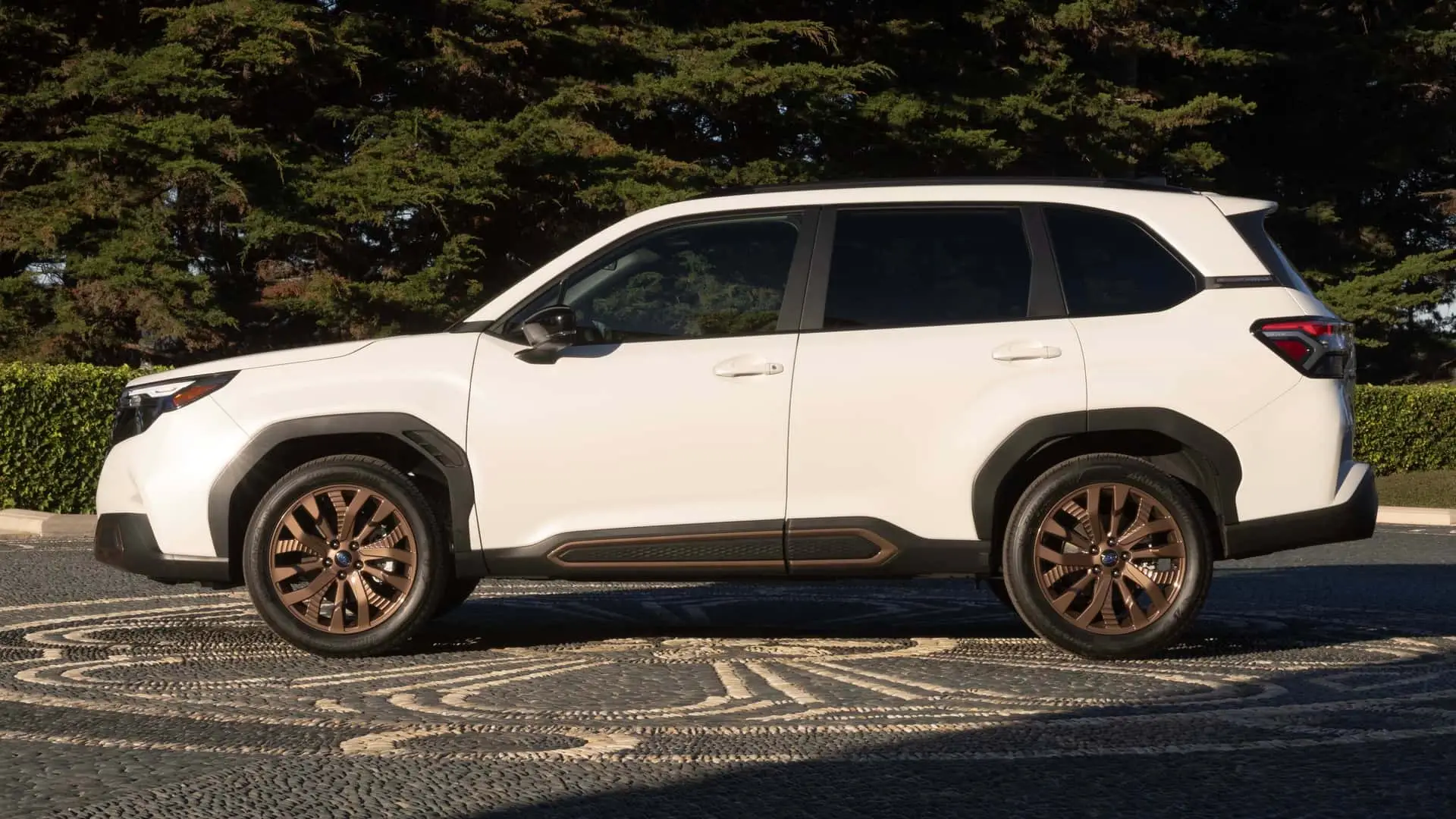
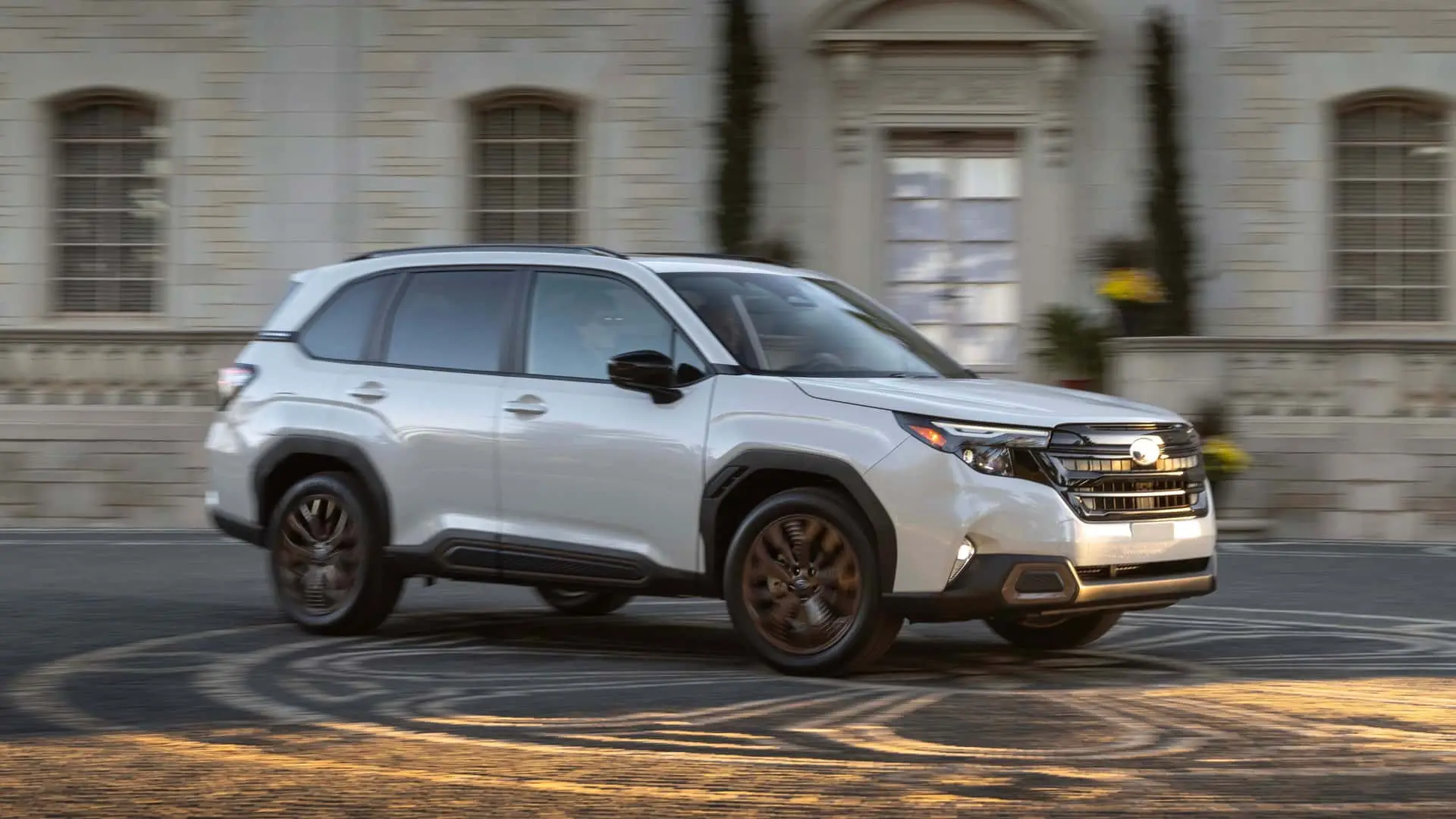
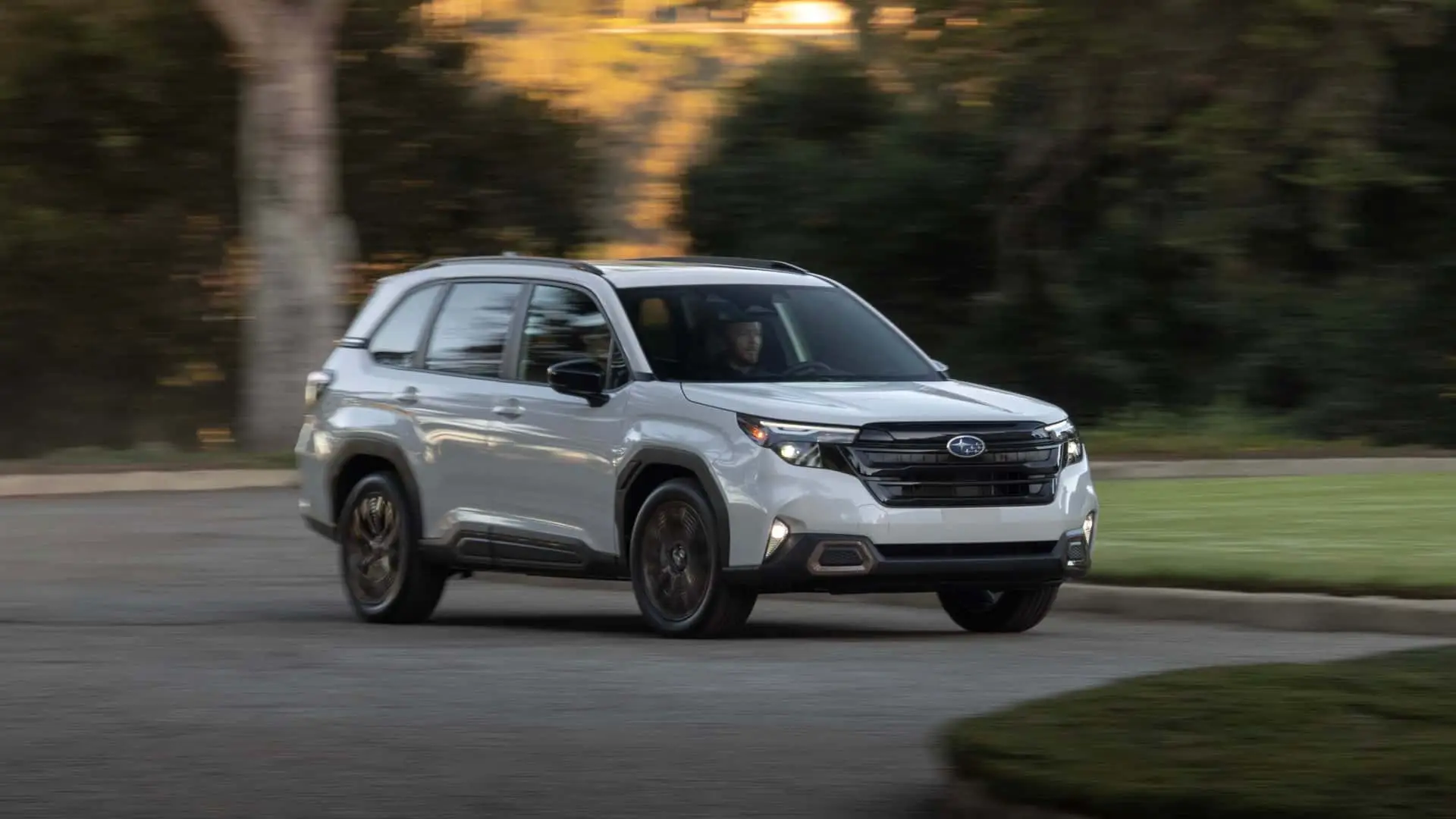
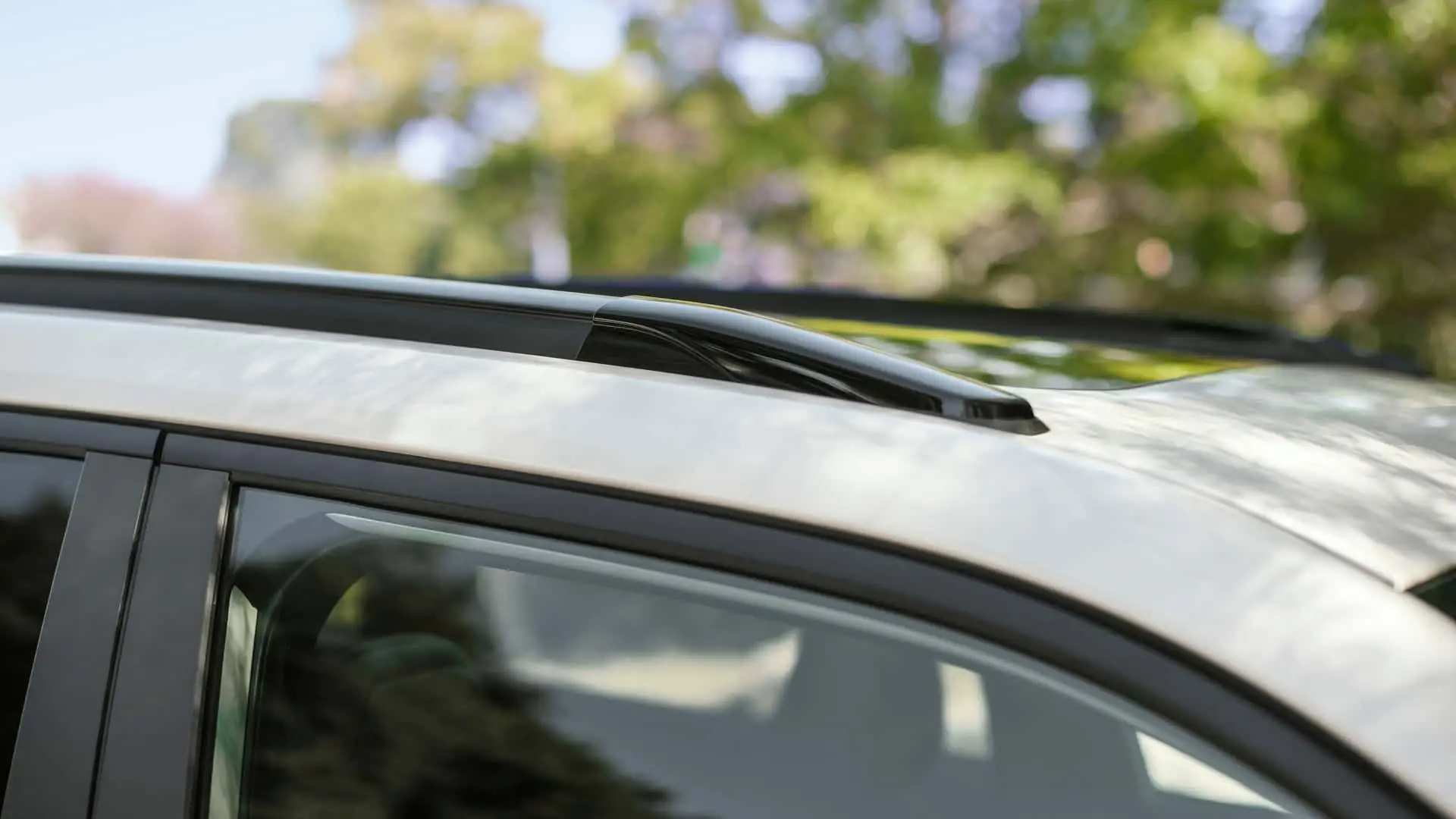
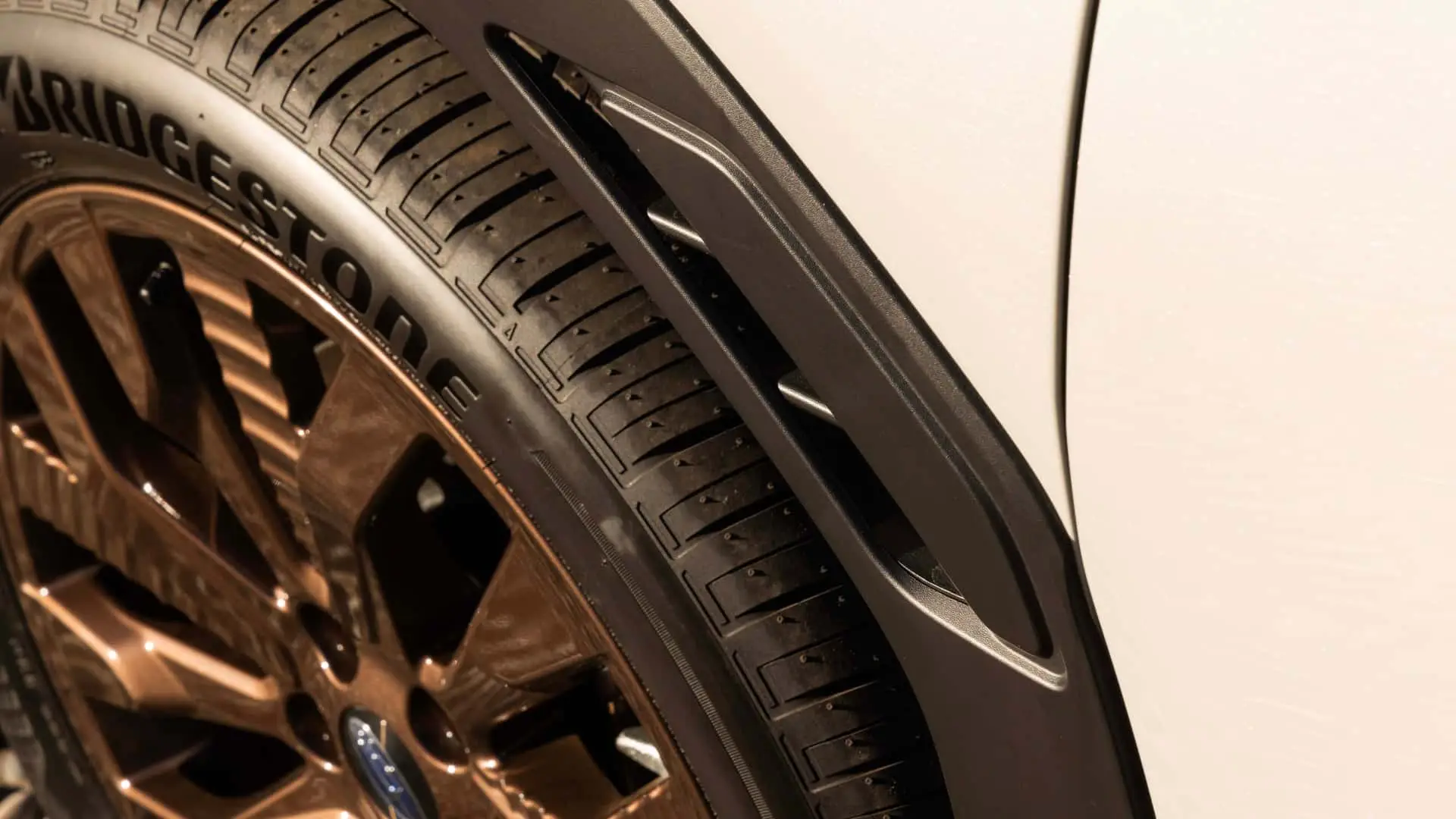
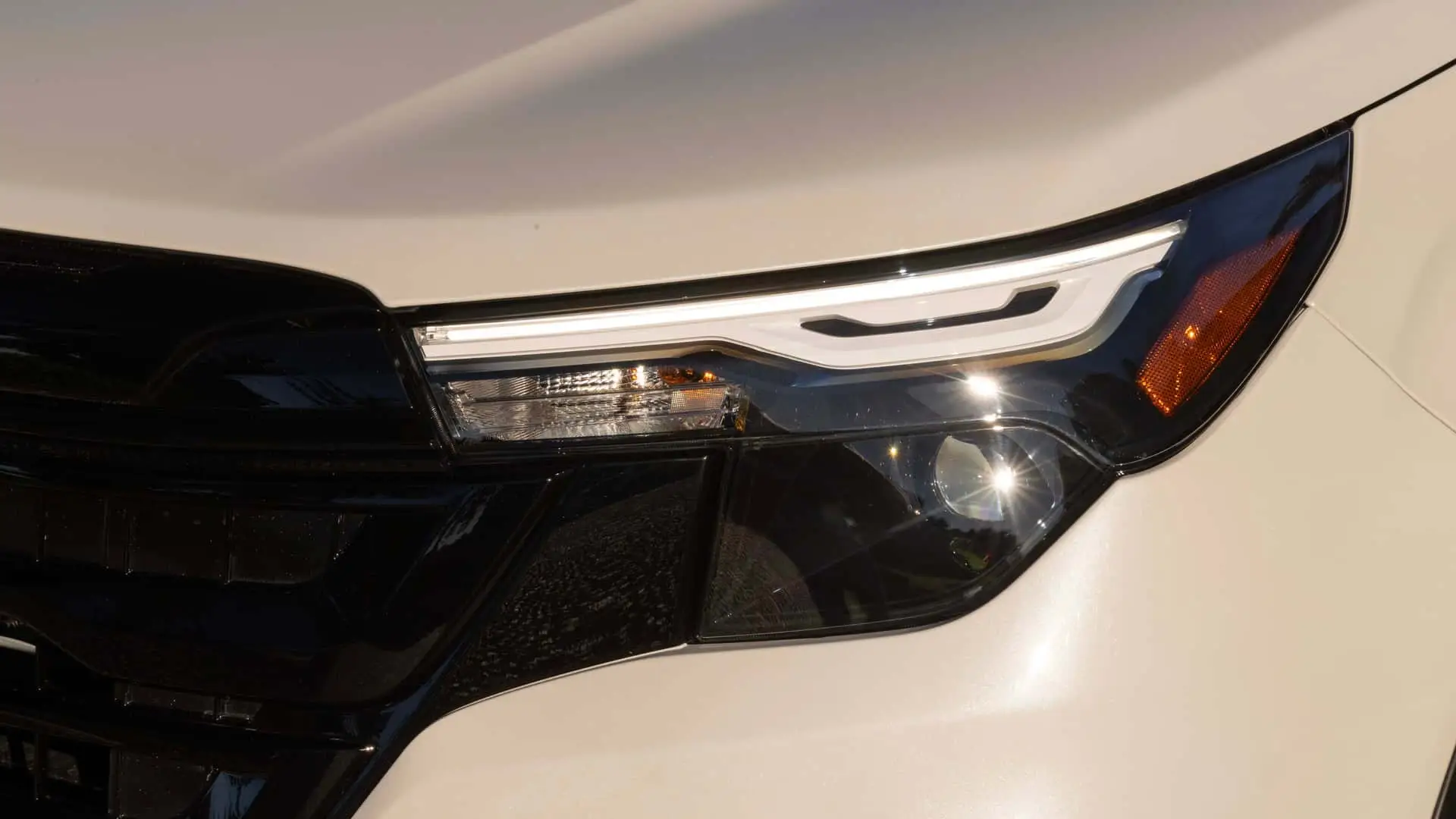
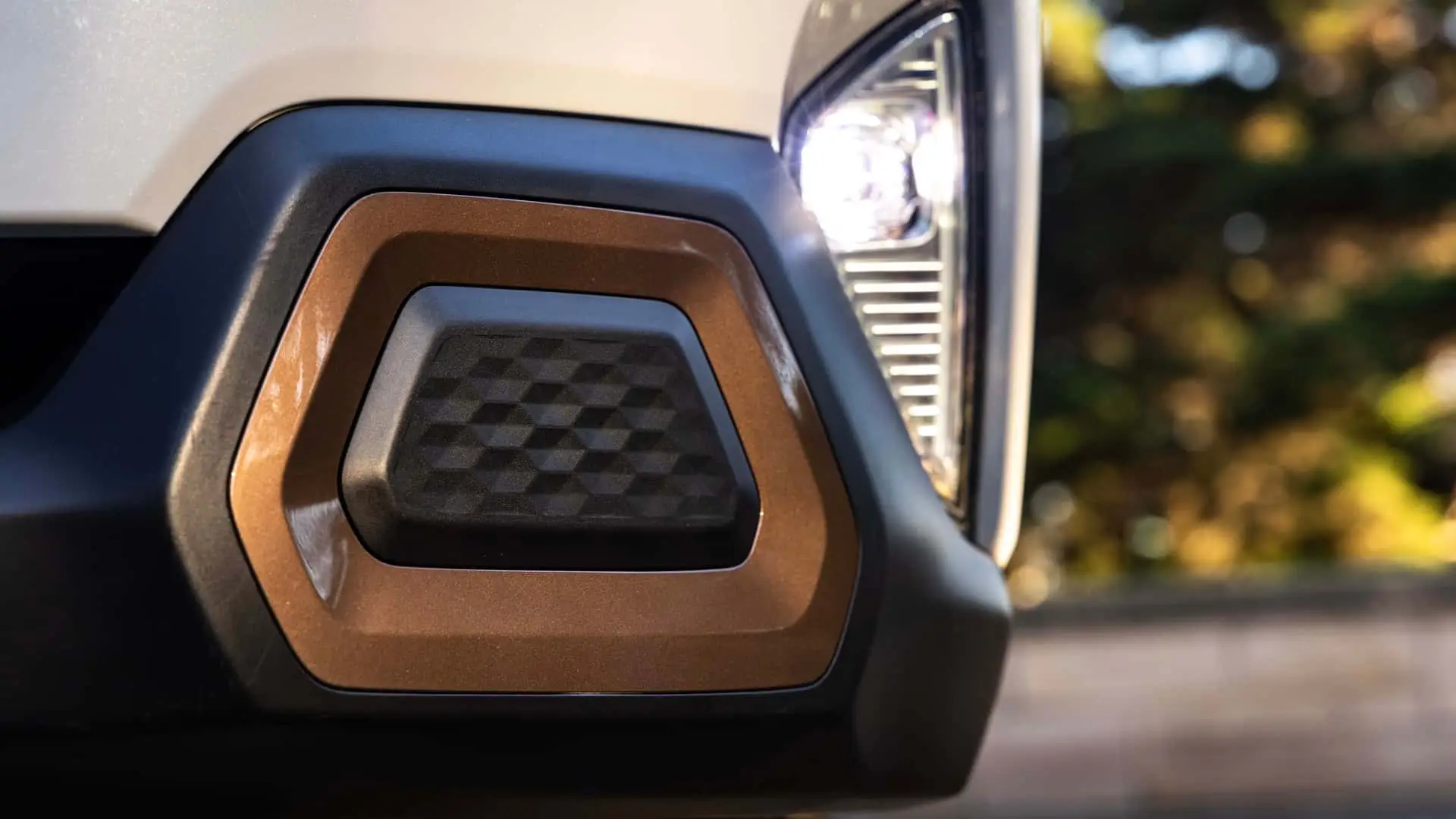
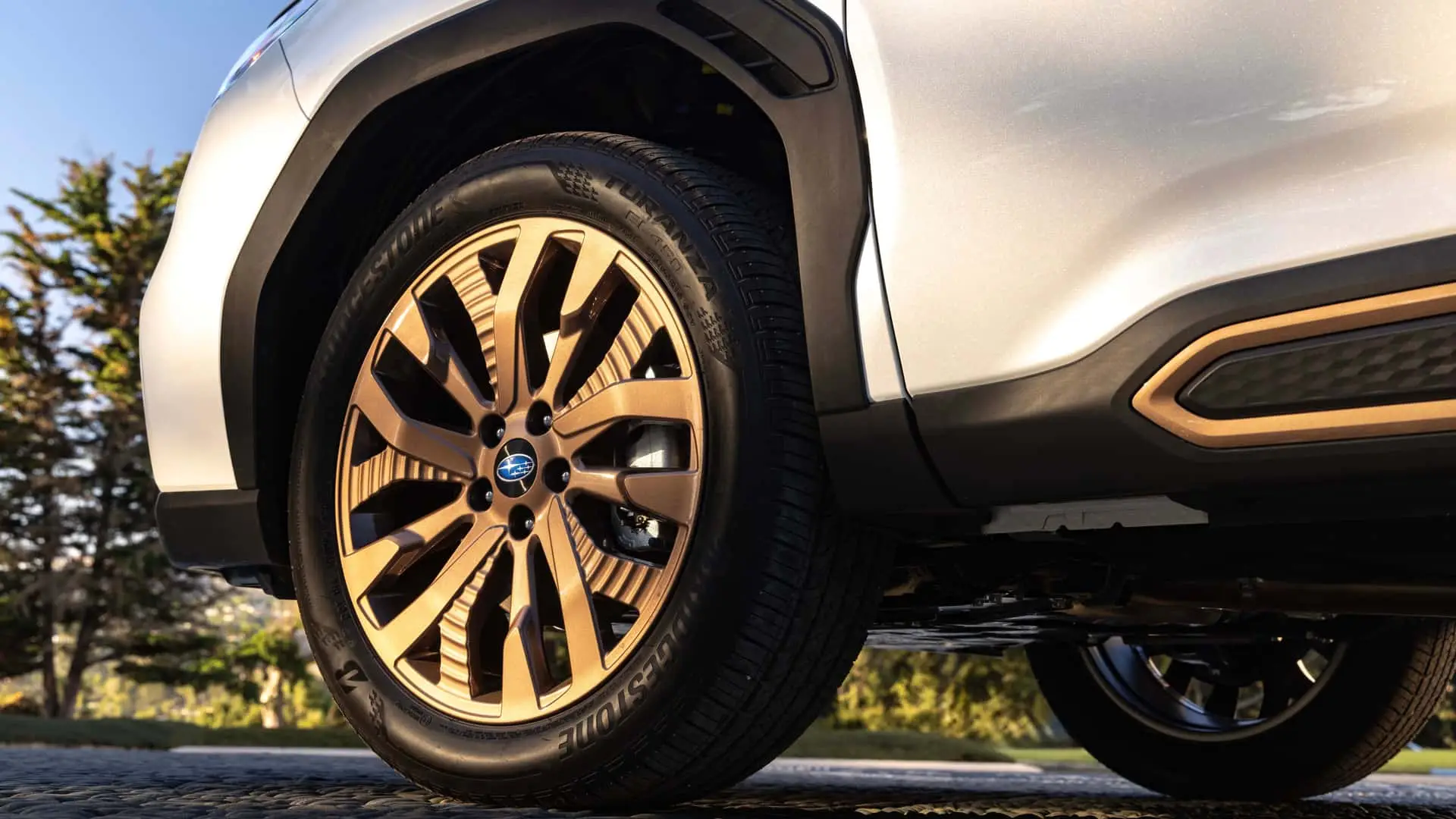
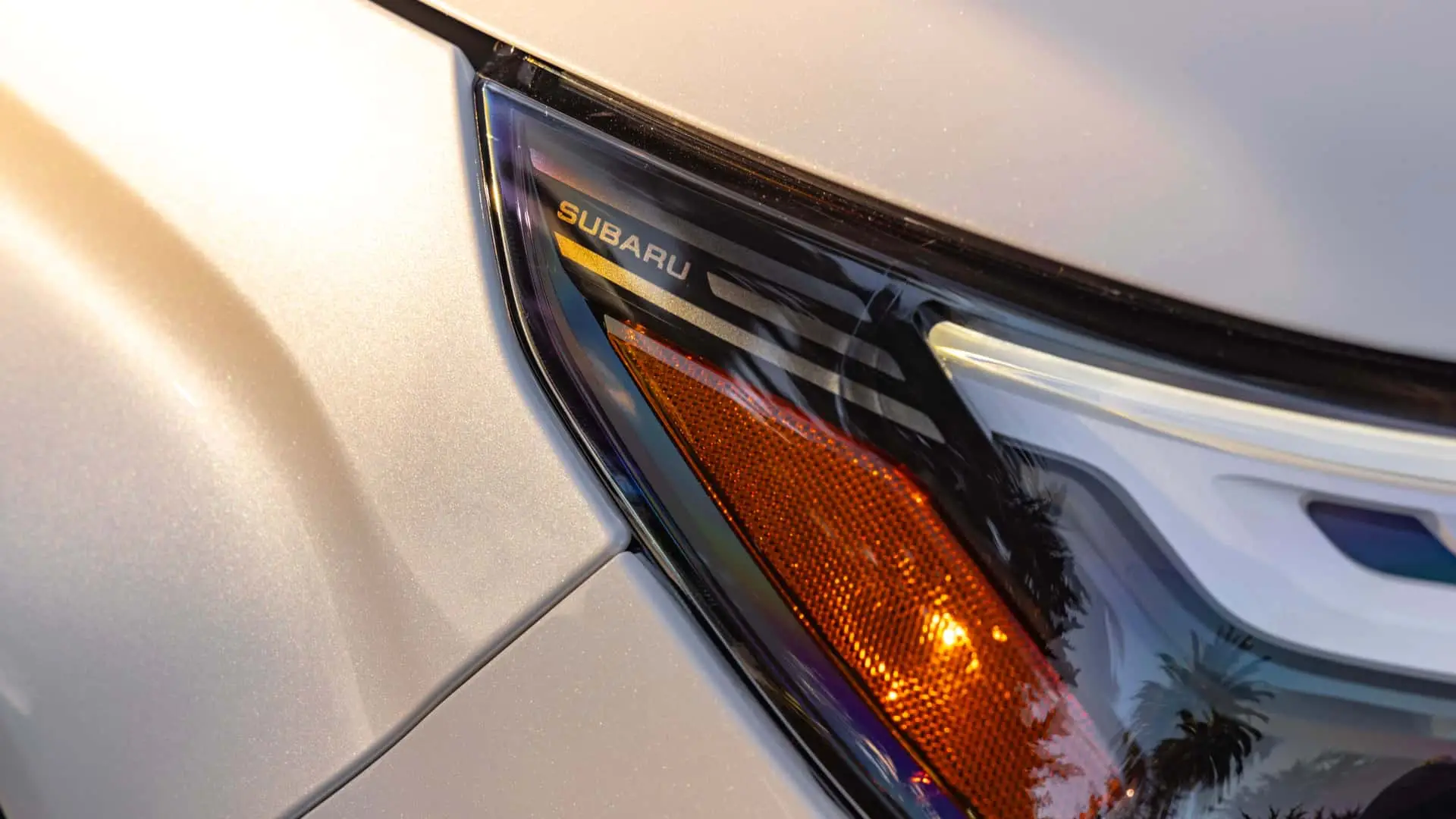
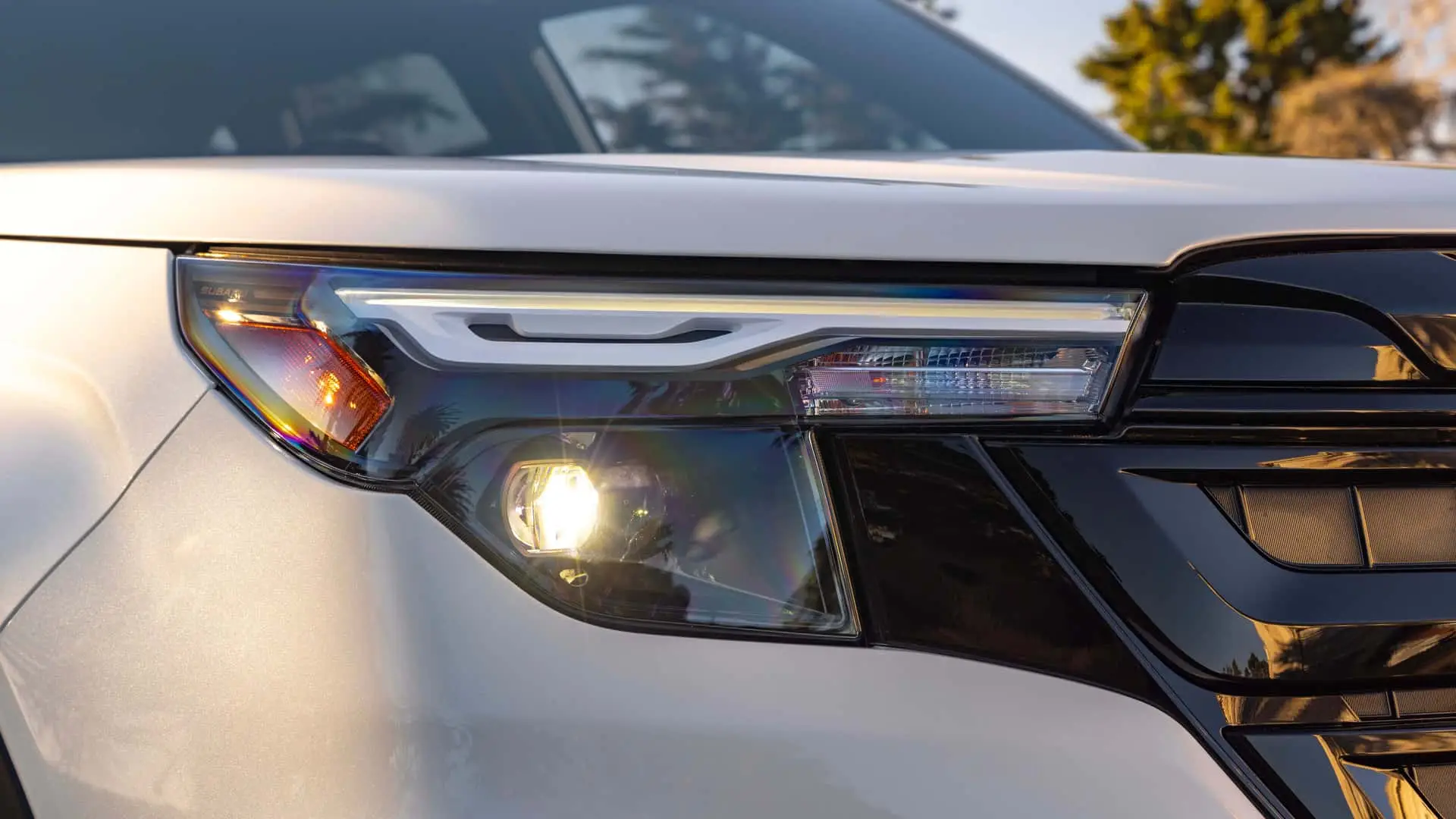
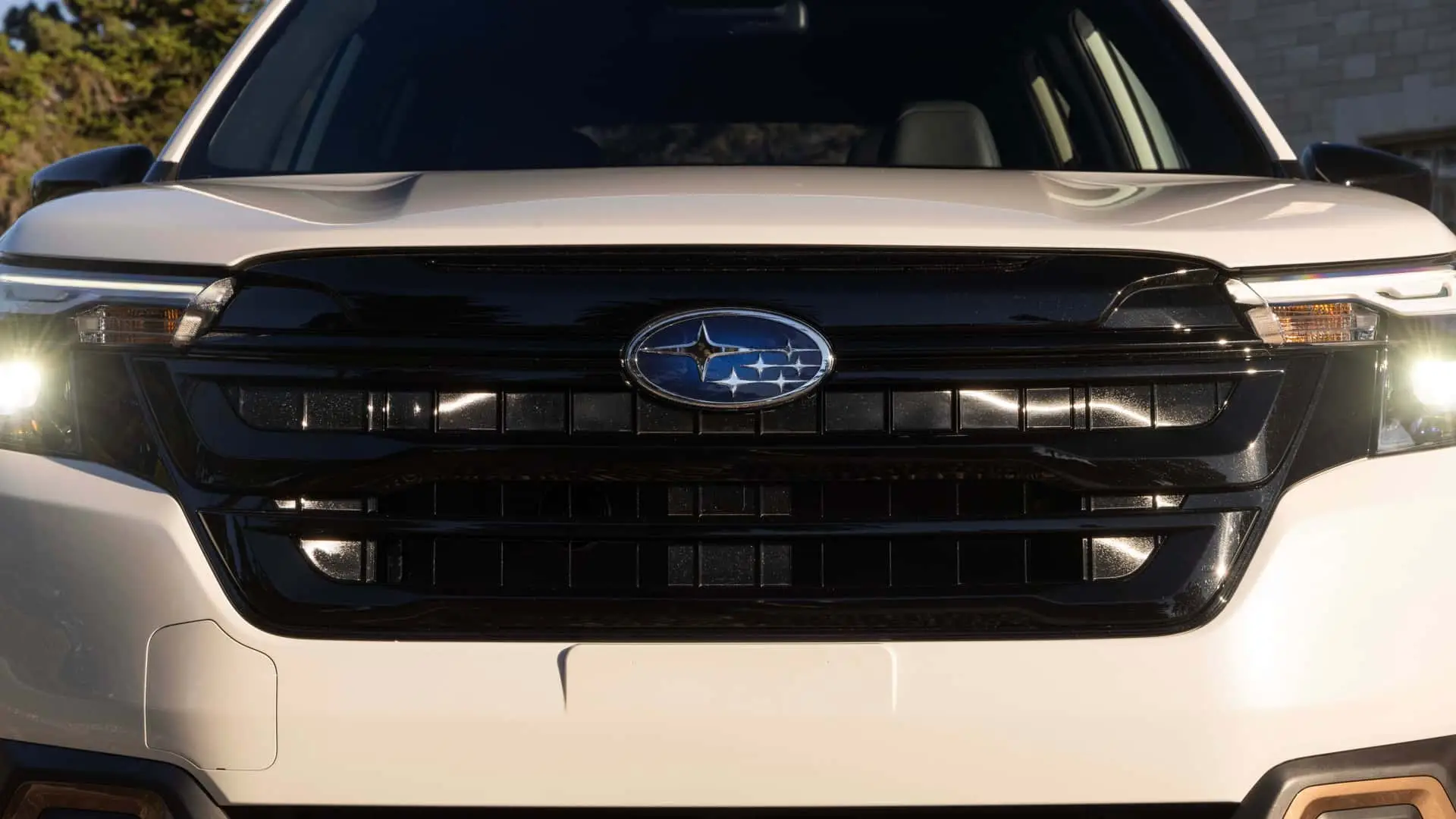
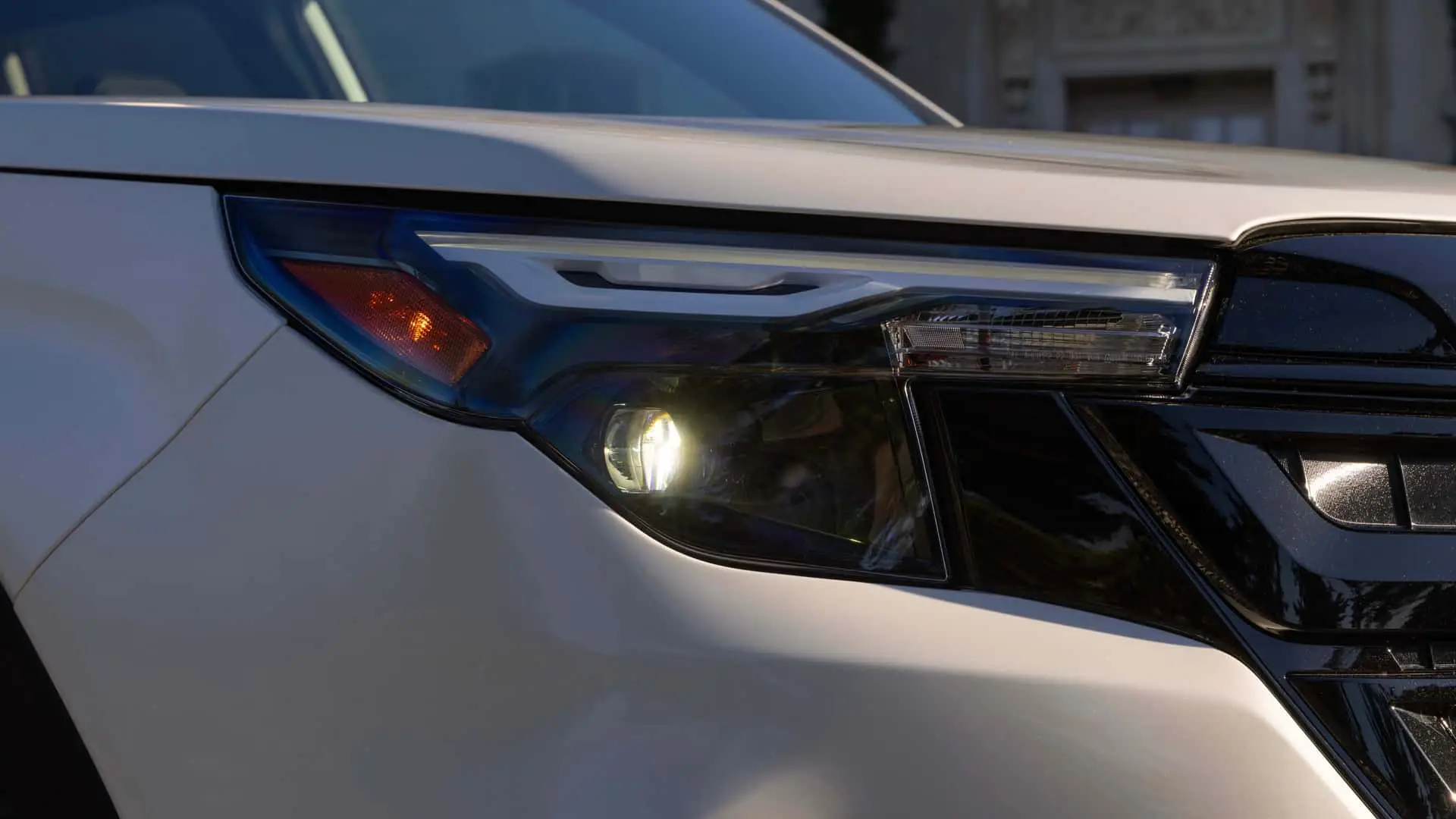
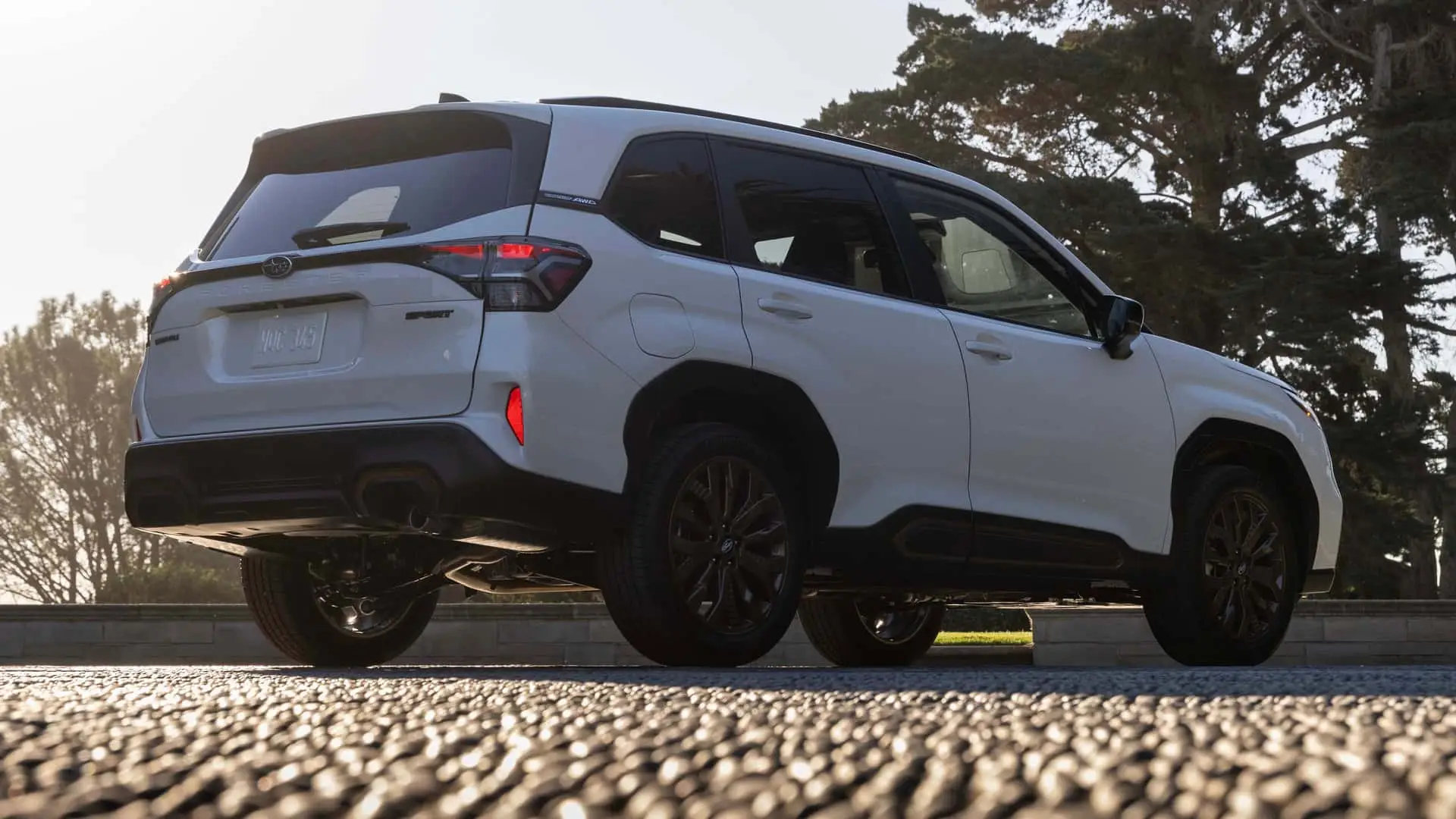
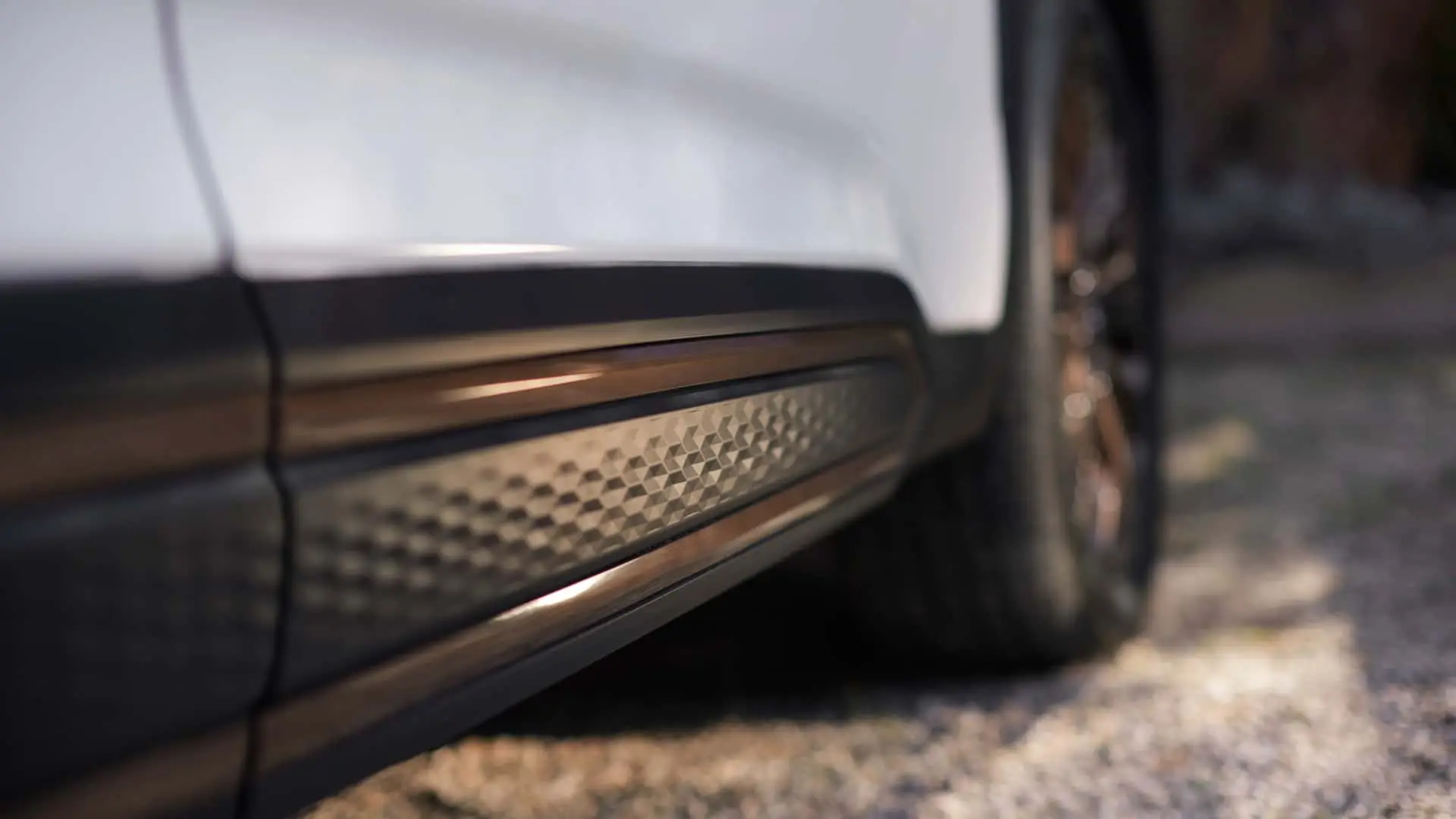

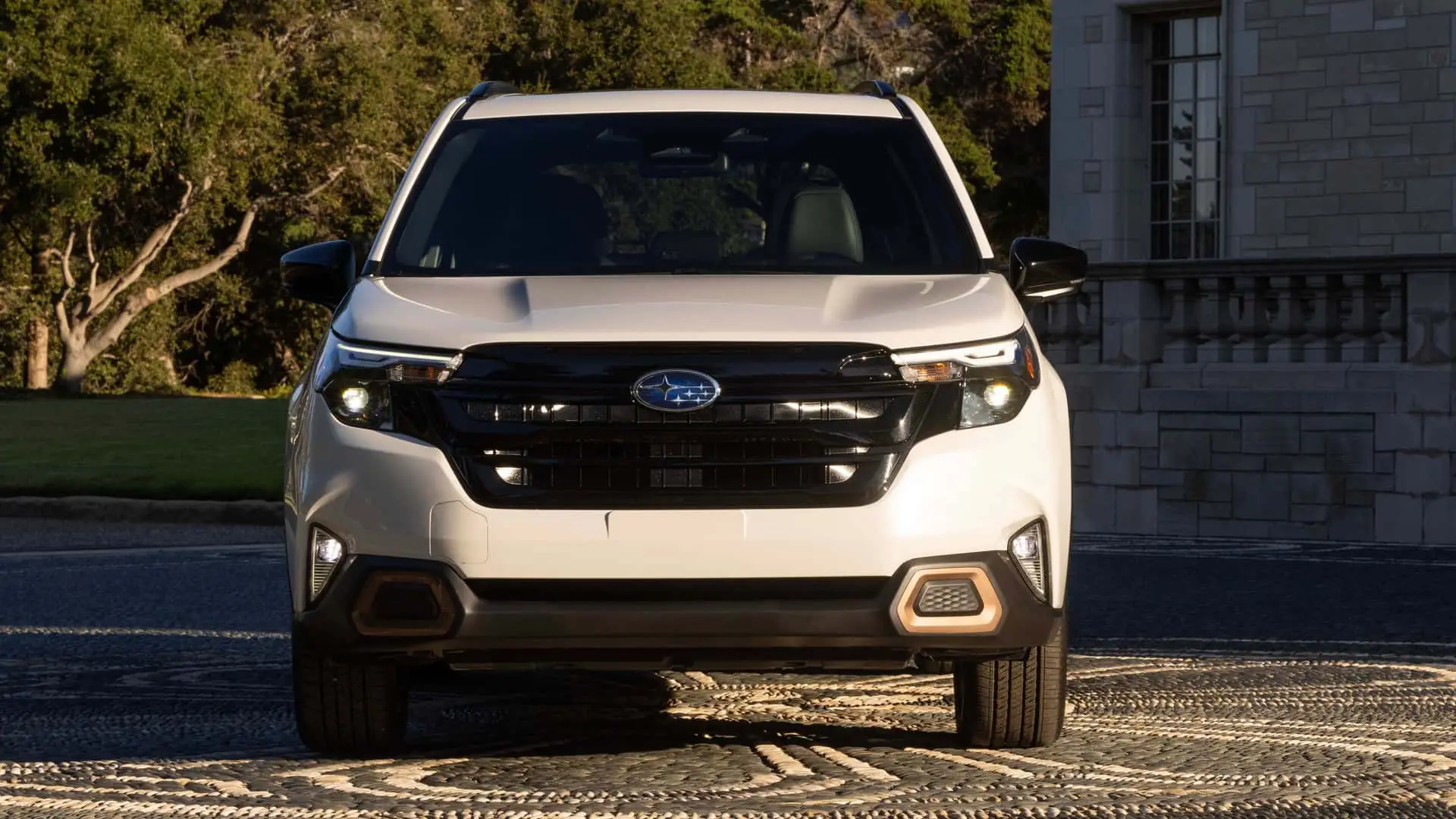
Author: Fabio Isidoro
Founder and editor-in-chief of Canal Carro, he dedicates himself to exploring the automotive universe with depth and passion. A car and technology enthusiast, he produces technical content and in-depth analyses of national and international vehicles, combining quality information with a critical eye for the public.



